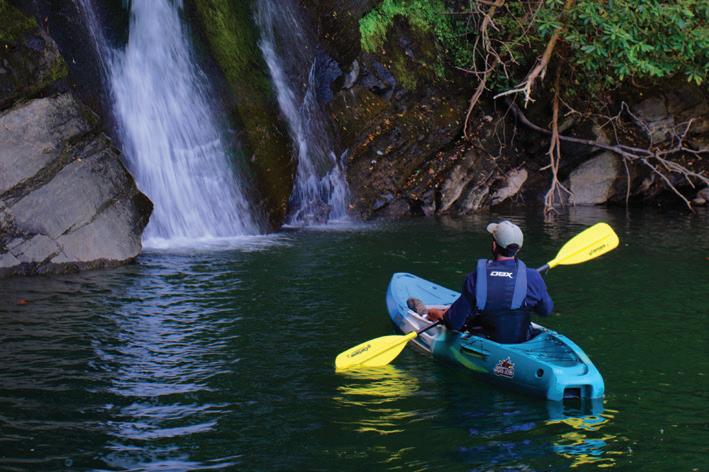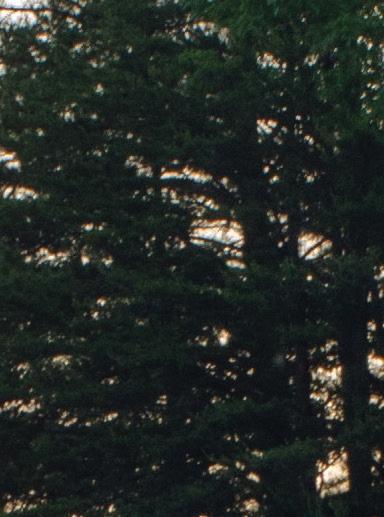


































































We’re going to let you in on a secret. Billionaires have billions because they know value is not increased by an in ated price. ey avoid big name markups, and aren’t swayed by ashy advertising. When you look on their wrist you’ll nd a classic timepiece, not a cry for attention–– because they know true value comes from keeping more money in their pocket. We agree with this thinking wholeheartedly. And, so do our two-and-a-half million clients. It’s time you got in on the secret too. e Jet-Setter Chronograph can go up against the best chronographs in the market, deliver more accuracy and style than the “luxury” brands, and all for far, far less. $1,150 is what the Jet-Setter Chronograph would cost you with nothing more than a di erent name on the face.


With over two million timepieces sold (and counting), we know a thing or two about creating watches people love. e Jet-Setter Chronograph gives you what you need to master time and keeps the super uous stu out of the equation. A classic in the looks department and a stainless steel power tool of construction, this is all the watch you need. And, then some. Your satisfaction is 100% guaranteed. Experience the Jet-Setter Chronograph for 30 days. If you’re not convinced you got excellence for less, send it back for a refund of the item price. Time is running out. Now that the secret’s out, we can’t guarantee this $29 chronograph will stick around long. Don’t overpay to be underwhelmed. Put a precision chronograph on your wrist for just $29 and laugh all the way to the bank. Call today!




 By Nick Carter
By Nick Carter
Winter is the best time to sh,” said Capt. Chris Cameron, “the only problem is the weather.”
Capt. Cameron is owner/operator of Fired Up Fishing Charters out of Cocoa Beach, Fla. He said it was tough to nd good weather windows this November and early December, but that o shore shing is primed to re o like a Space Coast rocket whenever conditions stabilize.
Winter on Florida’s Atlantic Coast can be spectacular because of all the migratory species that push down to overwinter in milder temperatures. King sh, cobia, black n tuna, sail sh and others are all hunting the reefs about 18 miles o Port Canaveral. e key to the shery is menhaden.
“ is time of year, you get these huge baitballs,” said Capt. Cameron, “and there are all these sh following the bait around. You nd sh where you nd ‘bunka’ congregating on the reefs.”
Cameron is a transplant from Long Island, New York, and even a er more than two decades living and shing Florida’s east coast, he still refers to menhaden as “bunka,” which is Yankee dialect for bunker, which is what they call pogies up where boats are winterized this time of year.
“On good days, when you can get o shore and the water is clean, we might catch a limit of kings, a couple cobia, a couple black ns and hopefully a sail sh,” Cameron said. Even with 2022’s tightening of cobia regs, that’s a fun and delicious mixed bag to ll the freezer.

At places like Pelican Reef and 8A Reef, where depths range from 75 to 85 feet, Cameron nds the bait and then goes to work slow trolling live baits on double-hook stinger rigs and 20-pound line and tackle. He said he pulls baits at about 1 knot, which allows them to swim along naturally.

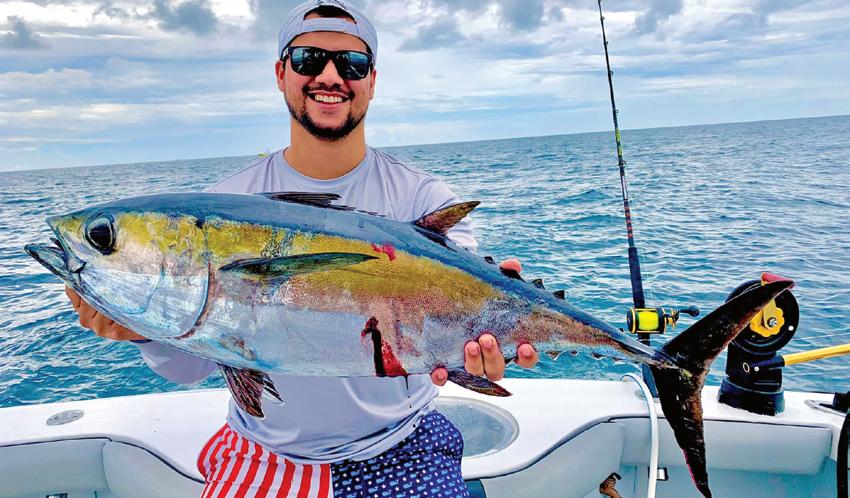
“ e thing with slow trolling is you never know what you’re going to get,” said Cameron. “It could be a big king, a sail sh, a cobia or a shark.”
Pitch rods are kept ready in case a cobia shows up on the surface. Cameron said he’s learned from experience not to over-stimulate cruising cobia by throwing multiple lines at once. Usually, clients can convince cobia to bite with a one-two punch. ey keep a squid-tipped bucktail ready for a quick cast. If that doesn’t draw a strike, it allows time to slap a live bait on the second rig, which is a simple 5/0 circle hook.
Shrimp boats are another option Cameron seeks out this time of year. Although chasing them can be a bit of a time gamble, since they are usually 25 miles o shore over 200 feet of water, they can be extremely productive.
“If you see a shrimp boat o in the distance or spot one on the radar, it’s almost always worth a shot,” Cameron said. “When they dump their bycatch in the morning, it pulls everything up.”
Fishing shrimp boats can be short-lived, but
it can also provide fast action for the same species that come o the reef. For this bite, Cameron beefs up to 6500 spinning gear and 50-pound braid and 50-pound mono leaders. He keeps four pitch rods ready, two with bucktails and two with live baits, because the bite can turn into sight shing

in a hurry. Meanwhile, he’ll search with freelined pogies on a knocker rig.
Contact Capt. Chris Cameron and Fired Up Fishing Charters through their website at redupcharters.com.

Winter’s cold fronts consolidate wahoo to their preferred temperature ranges across their range. is makes them easier to target than at any other time of year. e following is a short list of very good destinations for wintertime wahoo.

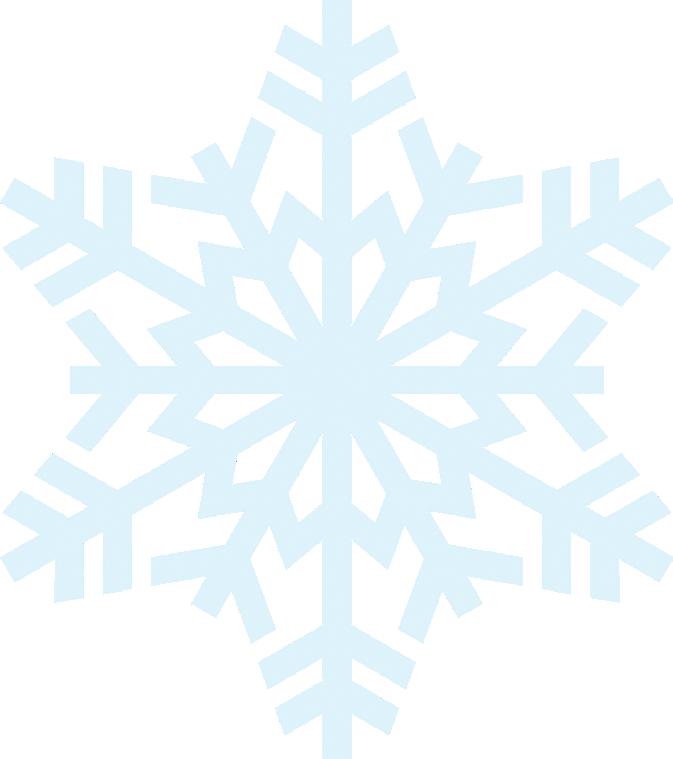
San Salvador, Bahamas: Way out in the Atlantic in the southern Bahamas, the waters o San Salvador hold one of the best wahoo sheries in the world. Peak wahoo season is December through April, when hordes of ’hoos migrate to the area’s warm waters. e island might just be the
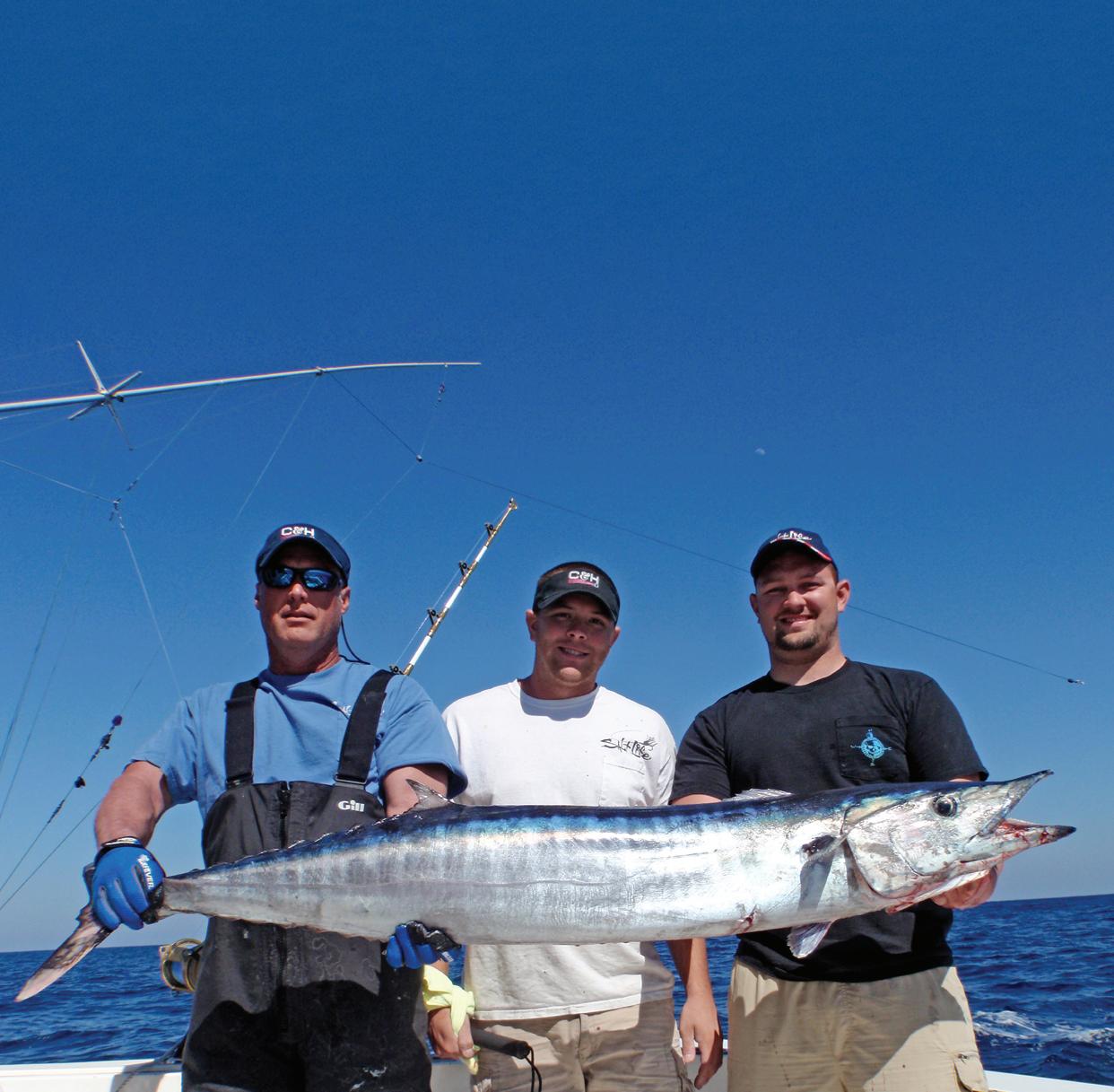
best place on the planet for a shot at a triple-digit wahoo, and the right conditions can yield fast action for 50-pounders, as well.
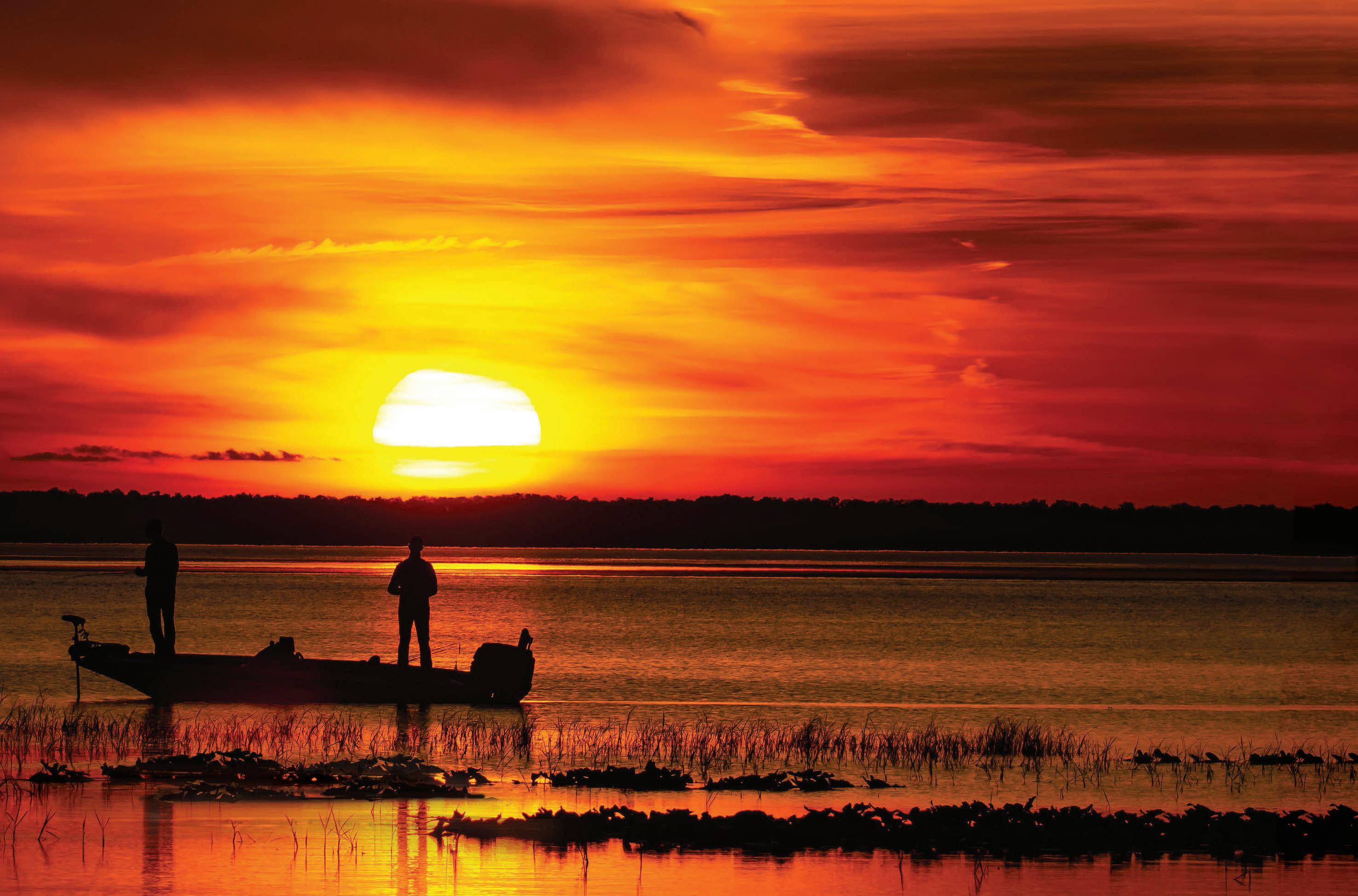
Within a short 10-mile run o the island, a seamount rises to 180 feet from 4,000 feet of water. is hump is a well-known feature, where wahoo congregate to feed on schools of small tuna. e remoteness of San Salvador keeps shing pressure in check, but it also makes this one of those bucketlist trips you plan ahead for.
Galveston, Texas: O shore humps out of Galveston, Texas also lay claim to some of the best wahoo shing in the world, and every winter anglers connect with giants. is shery, however, is reserved for anglers with the gumption to make 100-mile overnight runs to features like East and West Flower Gardens to catch the morning bite.
Windows of good weather and big, fast boats are a requirement to reach the shing grounds at the edge of the Continental shelf, where wahoo pile up with bait sh on steep depth changes of rock structure.
Murrell’s Inlet, South Carolina: O the South Carolina coast, cooling water temperatures con ne wahoo to the warm water at the edge of the Gulf Stream. is makes them much easier to target than when they are spread out in summer.
Depth changes and structure at the edge of the Continental Shelf, combined with warm 70 to 80 degree waters of the Gulf Stream can be found 50 or 60 miles o the coast. ese structures hold bait sh in the temperature range where wahoo are comfortable. Covering lots of water with high-speed spreads trolls up the best wahoo of the year, every year.
Venice, Lousiana: It seems everything o shore of Louisiana is about the oil rigs, and in wintertime the oil rigs are all about wahoo. e key to nding wahoo on the rigs is nding the right temperature range, and the magic number is 60 degrees. Wahoo congregate and feed around the rigs where there is bait and water temperatures of at least 60 degrees.
One of the great things about Venice is there are deep-water rigs relatively close to shore at just 15 or 20 miles, which means it’s possible to nd a good weather window and go. e Louisiana coast also boasts some of the best catch rates for wahoo in the world, and 50- to 60-pound sh are the norm.
The very best hunting knives possess a perfect balance of form and function. They’re carefully constructed from fine materials, but also have that little something extra to connect the owner with nature.
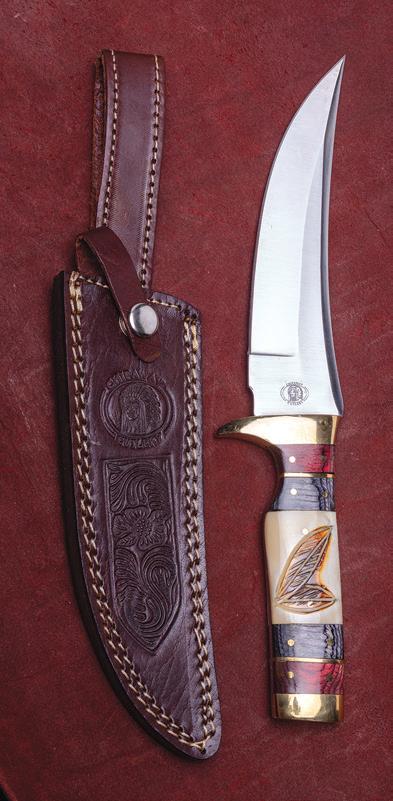

If you’re on the hunt for a knife that combines impeccable craftsmanship with a sense of wonder, the $79 Huntsman Blade is the trophy you’re looking for.
The blade is full tang, meaning it doesn’t stop at the handle but extends to the length of the grip for the ultimate in strength. The blade is made from 420 surgical steel, famed for its sharpness and its resistance to corrosion.


The handle is made from genuine natural bone, and features decorative wood spacers and a hand-carved motif of two overlapping feathers— a reminder for you to respect and connect with the natural world.
This fusion of substance and style can garner a high price tag out in the marketplace. In fact, we found full tang, stainless steel blades with bone handles in excess of $2,000. Well, that won’t cut it around here. We have mastered the hunt for the best deal, and in turn pass the spoils on to our customers.
But we don’t stop there. While supplies last, we’ll include a pair of $99 8x21 power compact binoculars and a genuine leather sheath FREE when you purchase the Huntsman Blade.
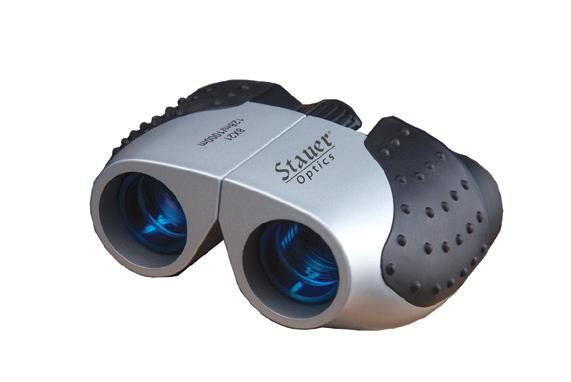
Your satisfaction is 100% guaranteed. Feel the knife in your hands, wear it on your hip, inspect the impeccable craftsmanship. If you don’t feel like we cut you a fair deal, send it back within 30 days for a complete refund of the item price.

Limited Reserves. A deal like this won’t last long. We have only 1120 Huntsman Blades for this ad only. Don’t let this beauty slip through your fingers. Call today!
“This knife is beautiful!” — J., La Crescent, MN
“The feel of this knife is unbelievable...this is an incredibly fine instrument.” — H., Arvada, CO

With grouper season over, it’s time to switch gears and concentrate on other species. is is the time of year to size down and go for the snappers. Depending on water temps, it’s also a good idea to keep a light line out for any pelagics that swim by.
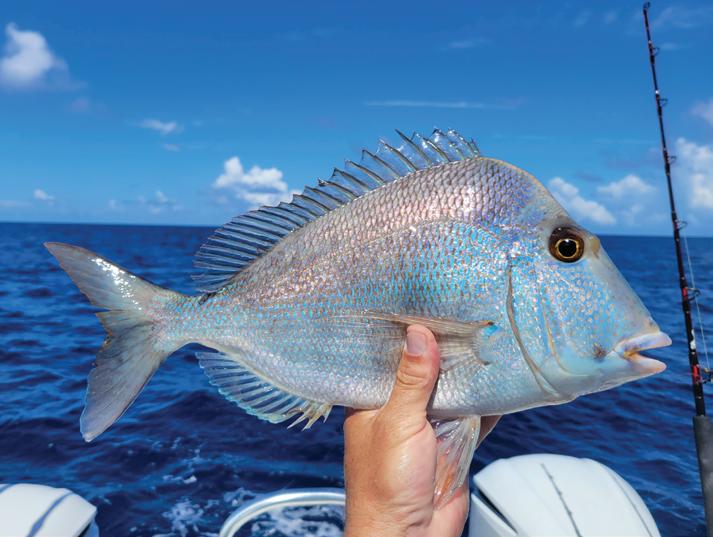

I love yellowtail and a mangrove snappers, but I really like jolt heads, trigger sh, pinkies, black seabass and hog snapper. I treat bottom shing like I’m going (organic) grocery shopping. First and foremost, I don’t shop on every aisle of the grocery store. I go down the aisles that contain the items I really want. e best groceries come from di erent places on the bottom and from di erent depths.
Farther north up the Atlantic coast there are a lot of beeliners (vermilion snapper) taking the place of yellowtails. In this mix will be trigger sh, which I absolutely love! Beeliners and trigger sh have one thing in common: the largest ones of the school stay higher in the water column. is is why I like to sh a level-wind reel versus a spinning reel with small circle hooks for this style of snapper shing. I start dropping one “strip” of the reel
at a time until I get down to the sh. A “strip” is the distance of raising the rod up with your thumb o the spool, and putting your thumb back on the spool. Simply let your thumb o the spool and let it fall in 10-foot “strips” while raising the rod tip upwards. Count the strips it takes to get down to the bites. Four strips will be approximately 40 feet deep. Note where you feel the rst bite. is will usually be the largest triggers and beeliners in the school. If you stop getting bites or you’re only catching smaller sh, let this same tackle go deeper or all the way to the bottom. is is where you’ll catch the jolt heads, black sea bass, mangroves and hogs.
I use a two-hook “chicken rig” made of 50-pound uoro with small circle hooks and a 3-ounce bank sinker. I bait it with small pieces of squid. A small 2- or 3-ounce jig works with the same tackle as the weight instead of a bank sinker. is is especially e ective on large triggers. Just replace the treble hooks or single
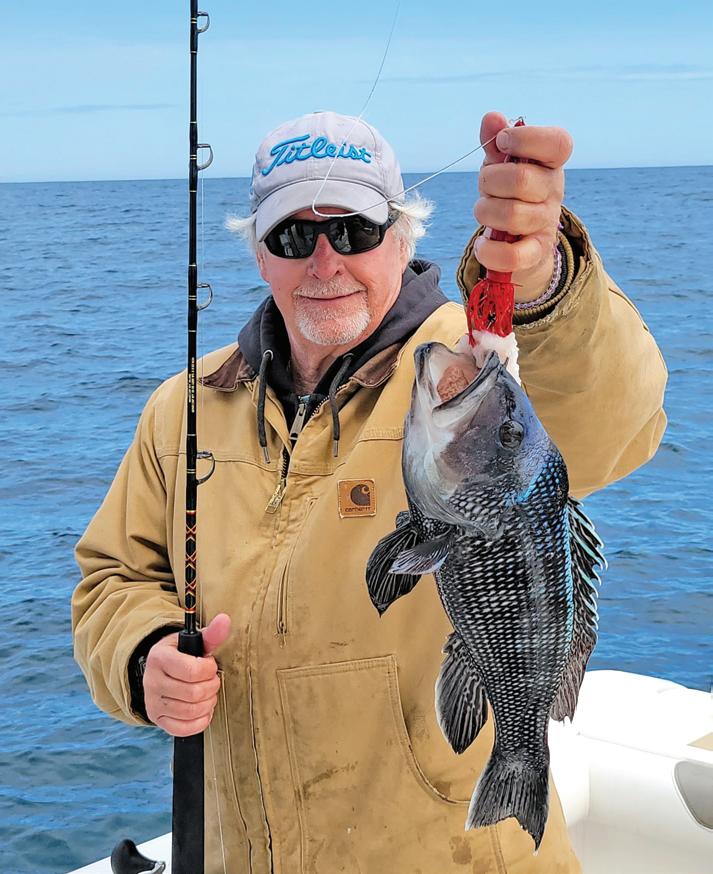
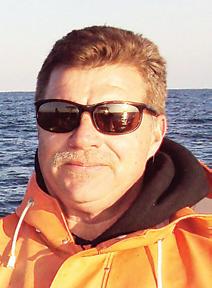

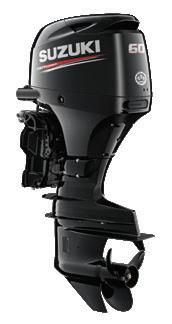
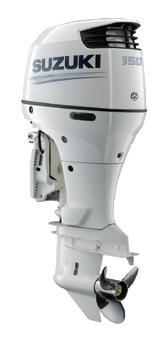
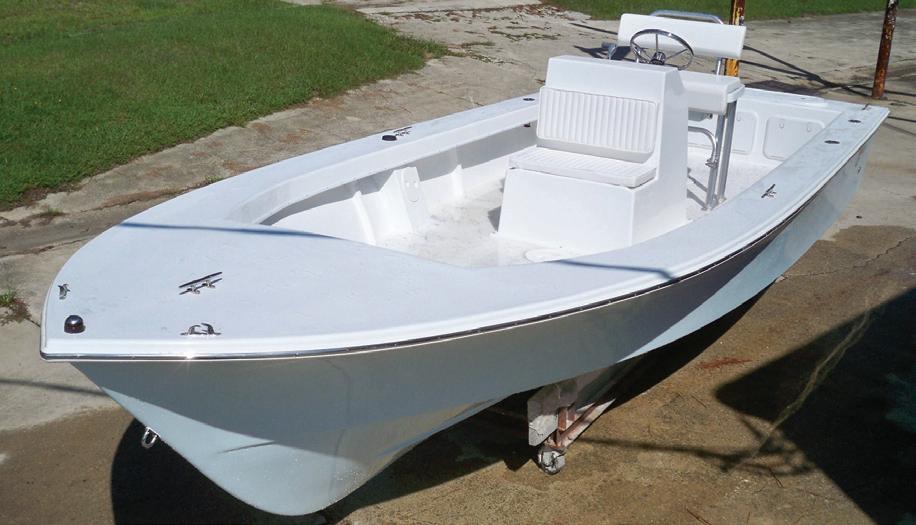
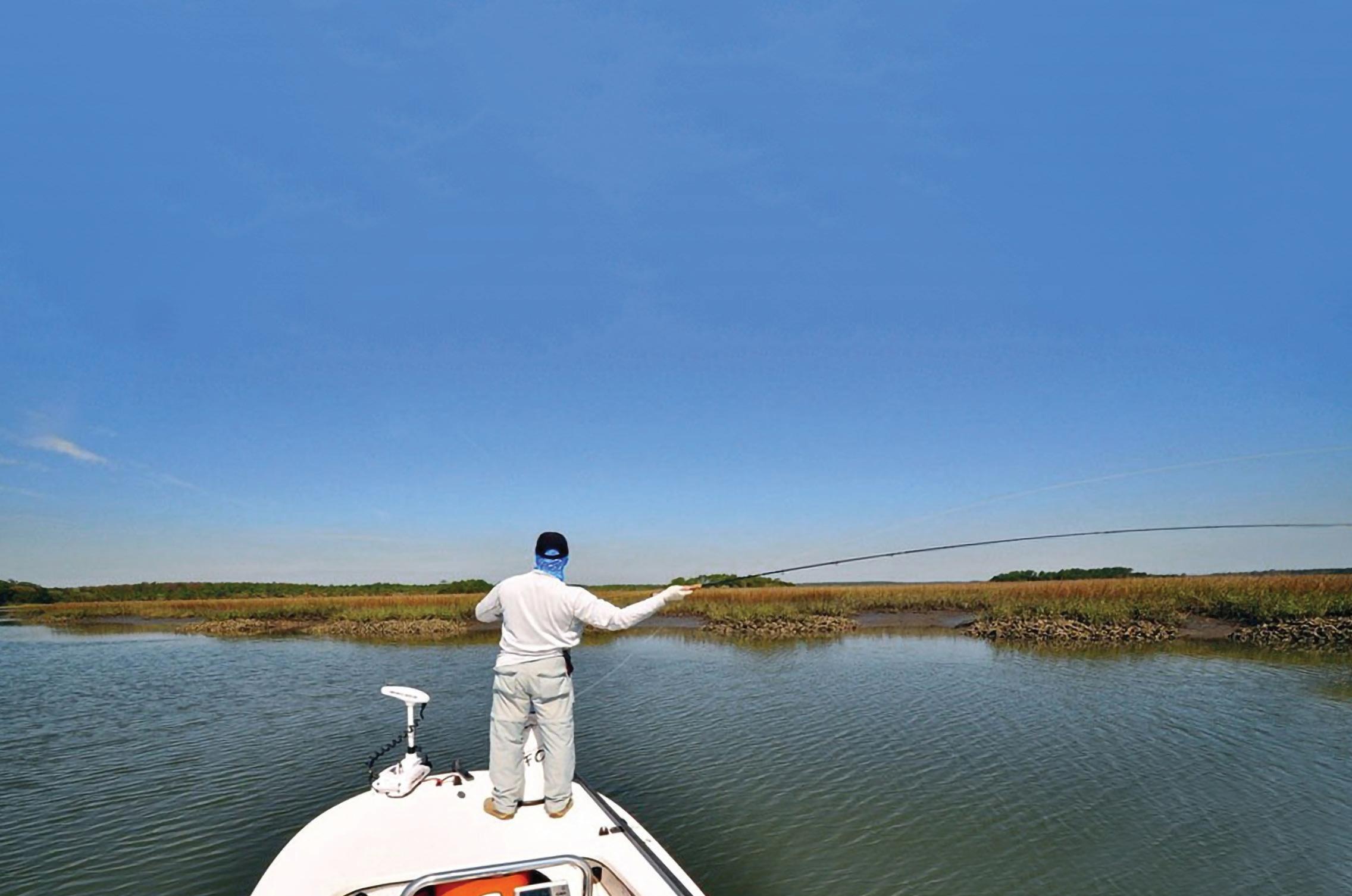

J hooks on the back of the jig with small circle hooks and tip with a small piece of squid.
I could go on and on about this style of shing. e limits are pretty good and the reward comes at the table. It is a good time of year to take youngsters out, because this style of shing produces lots of action, and it’s not heavy-duty grouper shing. Little ones love a trip to the “organic grocery store.”
See more from Tim Barefoot at www.barefootcatsandtackle.com and check out a video explaining this style of shing at https://bit.ly/3YcVzV1.

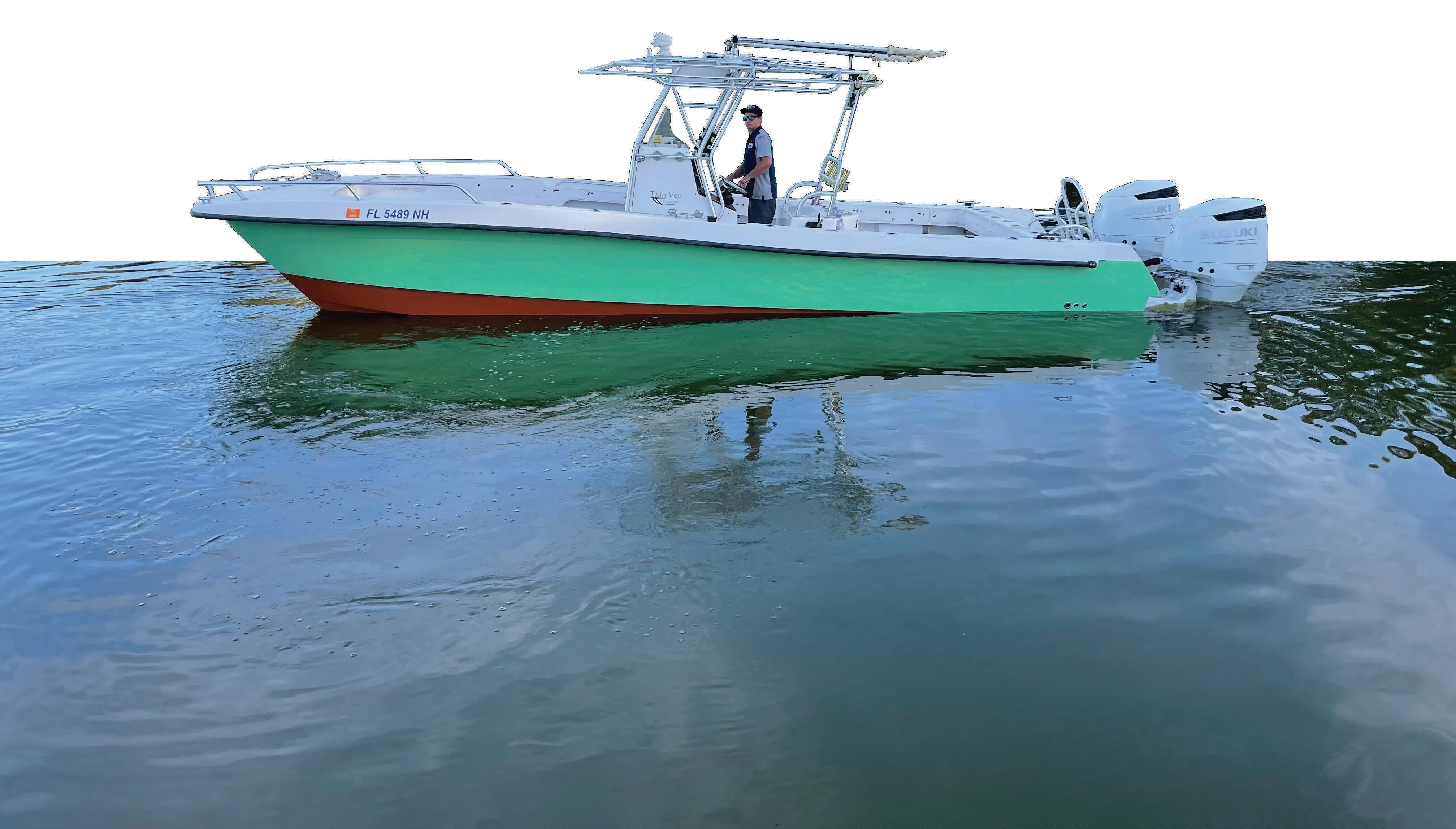







Wprivileged to guide clients there. We have broken many personal bests, and I get goosebumps every morning I launch the boat because I know the quality of sh.
Headwaters Lake is a 10,000-acre manmade lake in Indian River County adjacent to the well-known Stick Marsh and Farm 13. Prior to ooding the land, the FWC and the St. Johns River Management District created habitat with numerous underwater structures, ooded timber, vegetation and 30-foot-deep pits. ere were already existing ponds and pits on the property that contained resident bass, and nearly a million Florida strain bass were stocked along with bluegill, redear sun sh and crappie. ere are thousands of acres of submerged vegetation, mostly hydrilla, along with acres of cattails, spatterdock pads and hyacinth mats that are super fun to sh.
In central Florida, January and February are primetime, when bass are in full prespawn mode and waves of females move up to the ats to spawn. Air and water temperatures drop considerably a er cold fronts. Severe cold fronts a ect the ckle Florida strain bass, but not for long. Usually two days post front, conditions warm up and sh eat well again. ese weather changes transition bass and bait sh from summer patterns into fall and winter staging areas. ey feed heavily on shad and other forage and stage near the spawning ats.


When full moons and 60-degree water temps coincide, bass move onto the ats. ey spawn in waves. Spawning sh select isolated hydrilla clumps, reeds and the bases of pad stems to fan out beds. Hard sand bottom is key. Use sonar to locate hard bottom or stick your rod tip into the water to feel the bottom. If your rod tip pushes into mud, keep moving until you nd sand and then search for isolated cover.
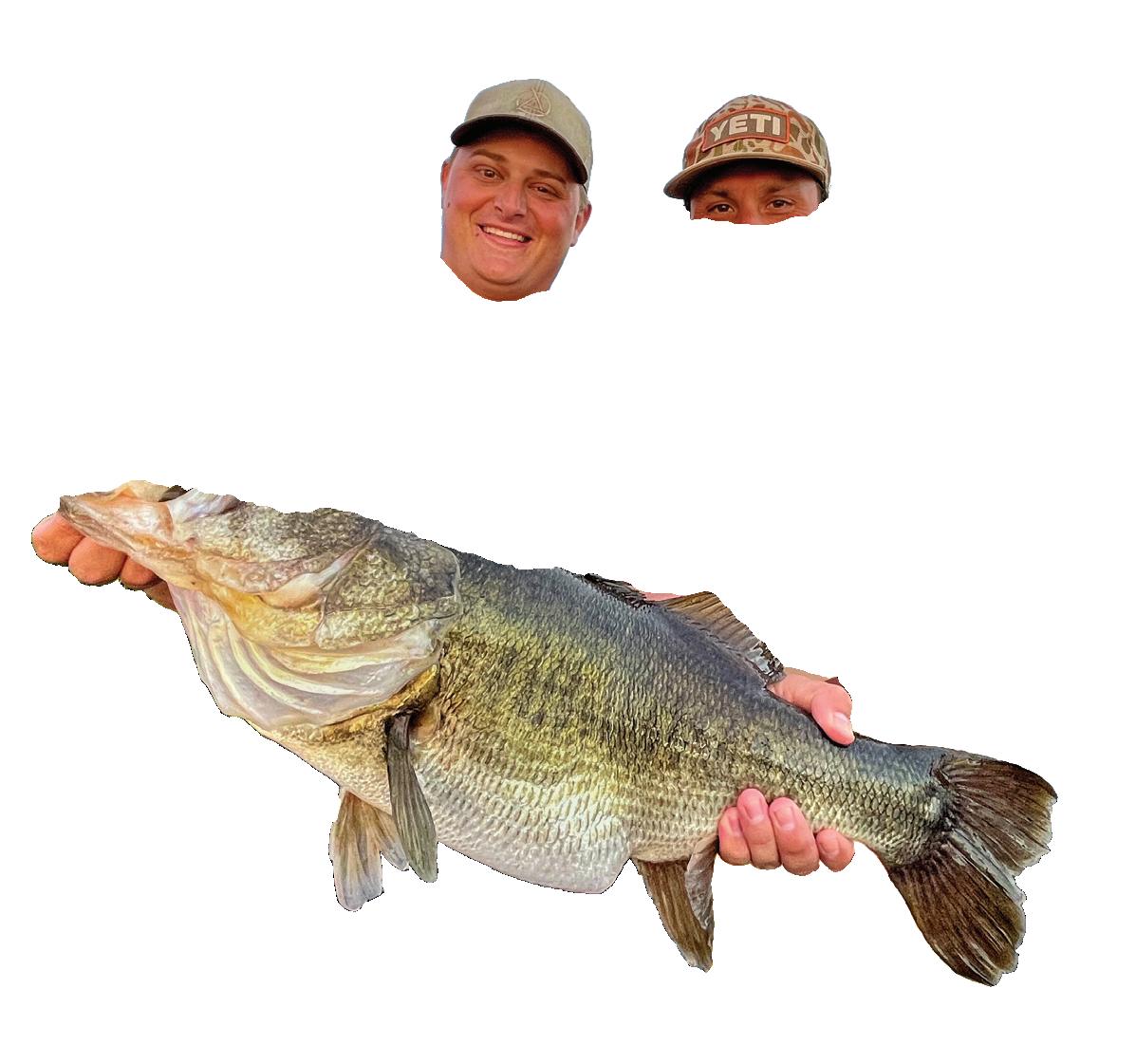
My other primary focus is staging areas. Staging sh eat well and are plump as they congregate to wait for prime conditions to move up and spawn. New sh constantly come and go using the same areas, so they are extremely productive this time of year.
Ditches and canals on Headwaters are highways that bass and bait sh utilize to stage. e intersections and mouths of these canals are high percentage areas to locate schools of sh. Find a canal with nearby ats as well as pits or deeper water for bass to retreat to, and you will nd sh. ey stage on tapering drop o s, mouths of intersections, deep ditches and on main-lake points to ambush bait. I target staging sh with 6- to 8-inch paddletails, glidebaits, Rat-L-Traps, jerkbaits, chatterbaits, prop baits, Whopper Ploppers, spinnerbaits, stick worms and speed worms.
Contact Capt. Ricky Congero through his website at www.blackcloud shing.com or call him at (407) 693-6153.



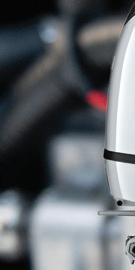




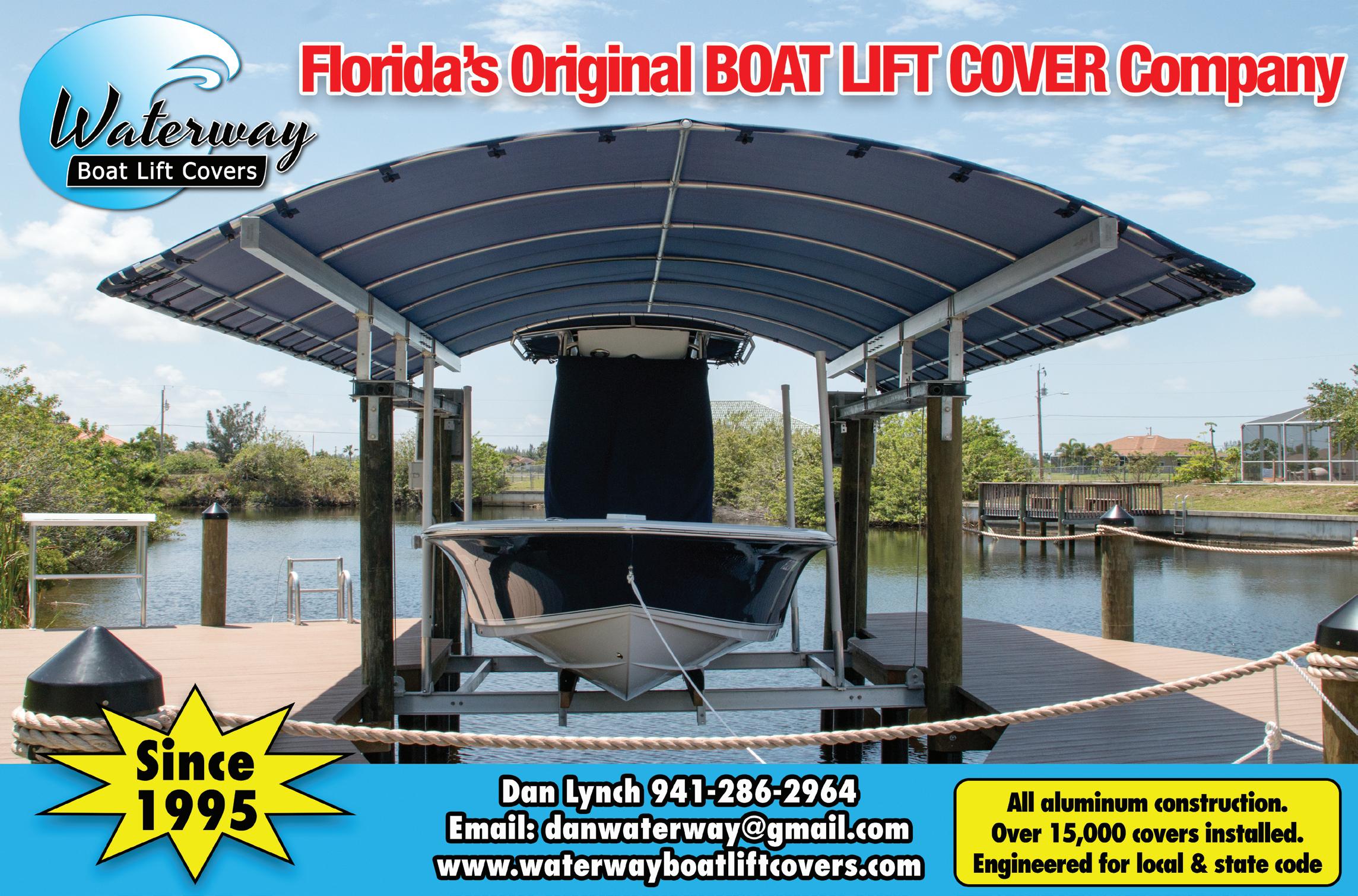
Technical schools charge tens-of-thousands in tuition. With the Mastry Suzuki RePower TTP (Technician Training Program), you will work with and learn from factory certified technicians and participating in the Suzuki on-line training course all while earning an hourly wage. After completing the Suzuki on-line training course and earning your Suzuki Certification you will be eligible for the Mastry Suzuki RePower Tenured Technicians Bonus Program.



Suzuki RePower Tenured Technicians

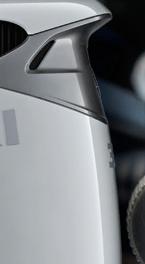



After joining a Mastry Suzuki RePower Center as a certified technician, every month you will accrue $1,000 in bonus opportunity. After one full year of service you will be tenured and eligible to receive all 12 months of accrued bonuses, or $12,000.


As a Mastry Suzuki RePower Tenured Technician along with your regular pay, each month you will be eligible for a $1,000 additional bonus.


At every Mastry Suzuki RePower Center, Certified Technicians are held in the highest regard. Join a passionate team of professionals with the common goal of excellence through constant improvement. With 12 locations across Florida there is a Mastry Suzuki RePower Center near you that wants to appreciate you and your abilities.

Mastry Engine Center
Clearwater, Florida 800-545-4574
Twin Screws Marine Fort Myers, Florida 239-330-3387
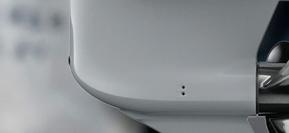

Innovation Marine Corp. Sarasota, Florida 941-355-7852
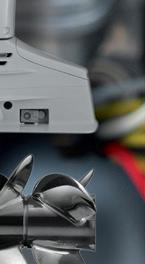
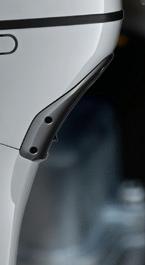
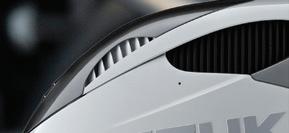


Marina One Deerfield Beach, Florida 954-421-2500
Bayfront Yacht Works Sarasota, Florida 941-349-9449
On Site Marine Ruskin, Florida 813-727-5403
Boat Services Group Key West, Florida 305-320-0555
McKenzie Marine St. Augustine, FL 32084 904-770-2488

Lou’s Marine, Inc. Gulf Breeze, Florida 850-932-0701
Atlantic Marine Store Hialeah, Florida 305-826-2202
Custom Marine Service Panama City, FL 850-872-9191

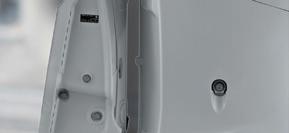
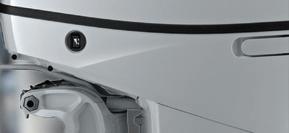
Oyster City Suzuki Apalachicola, Florida 850-653-8030

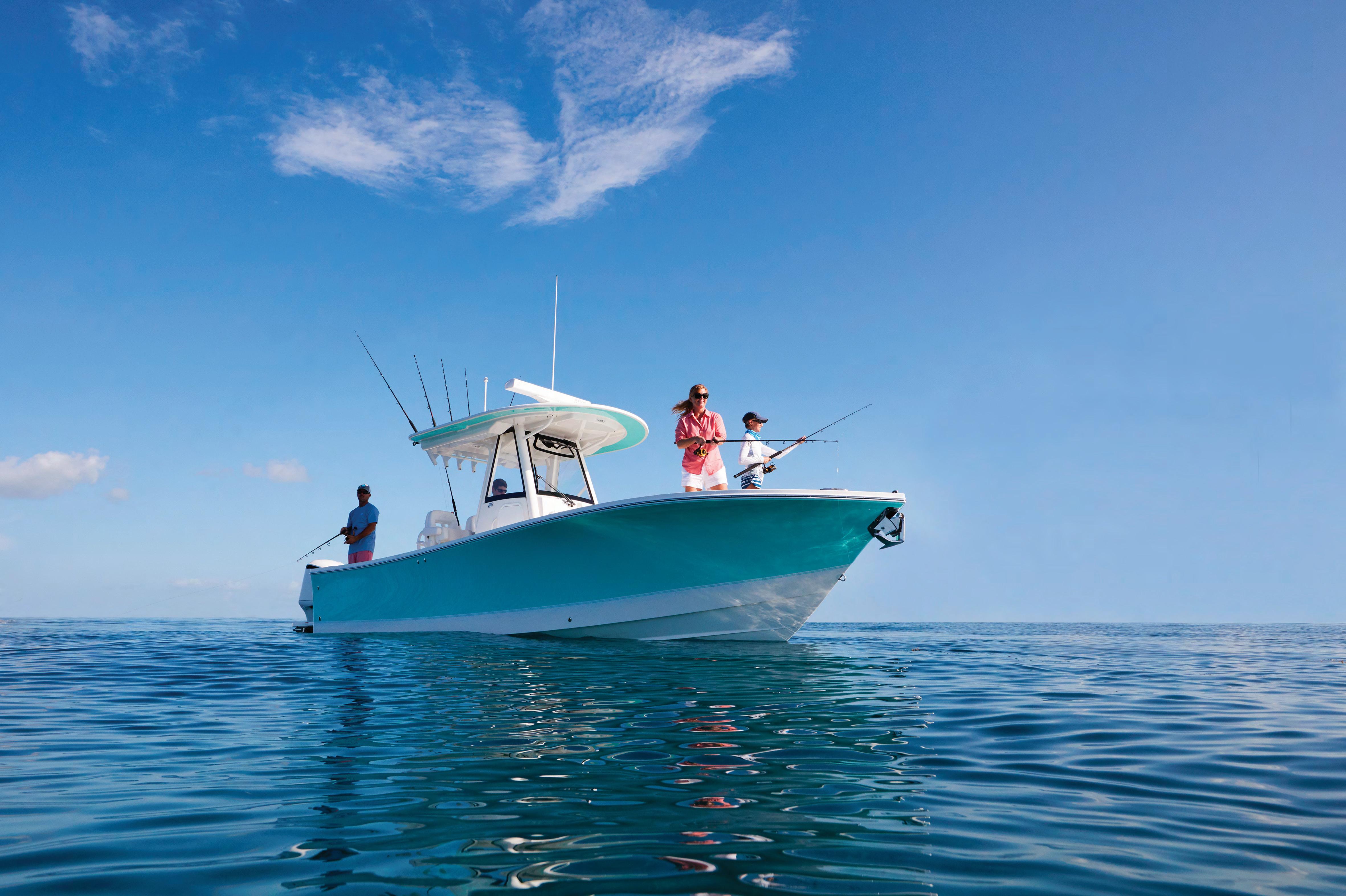
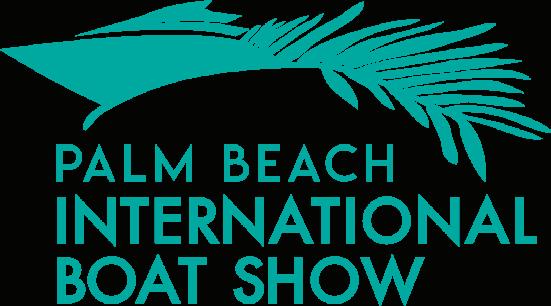

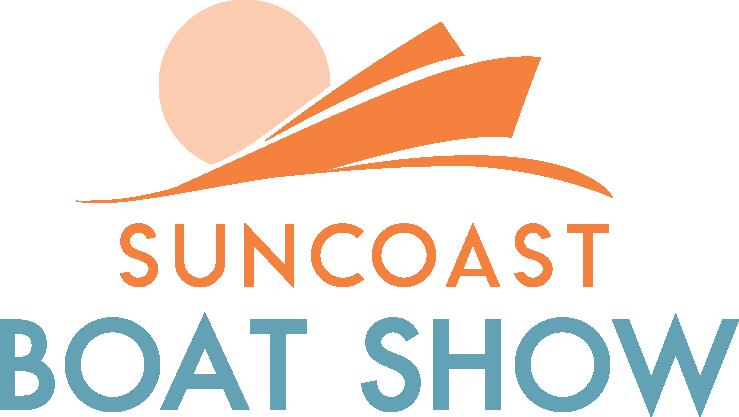



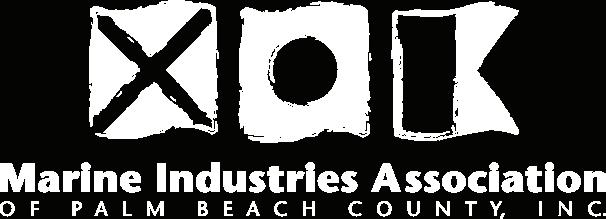

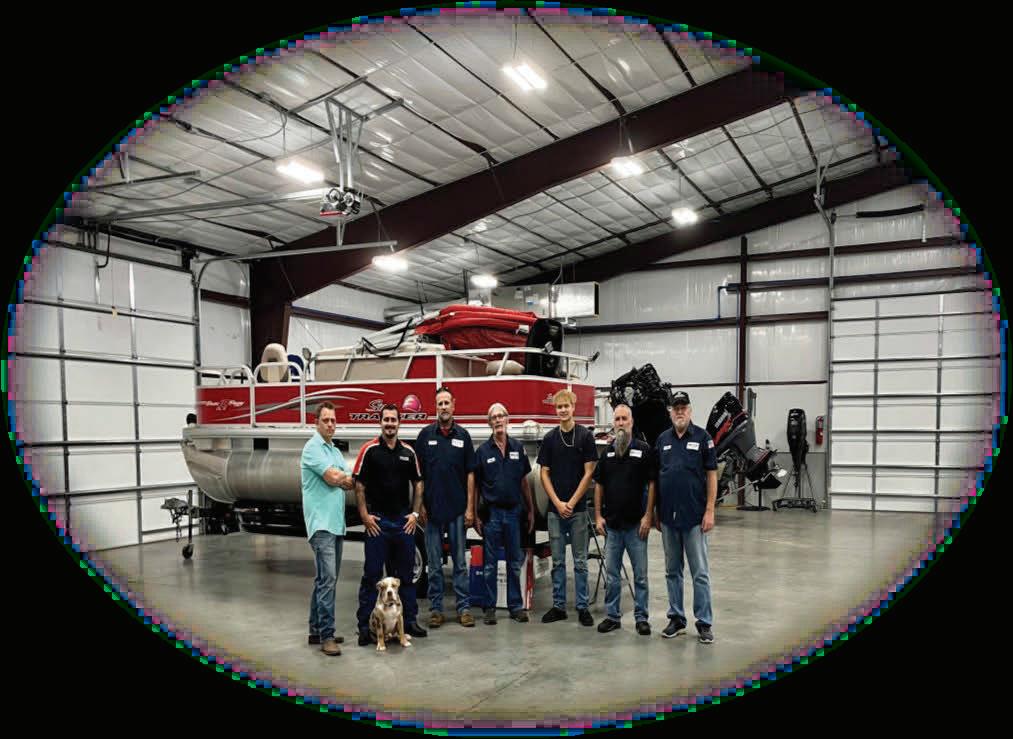
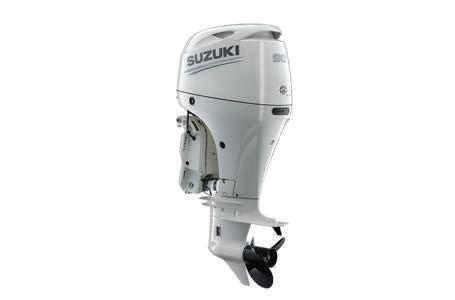


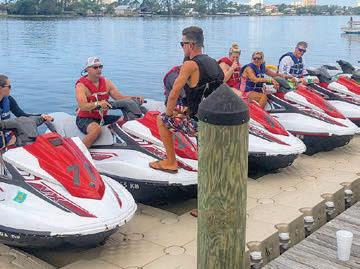
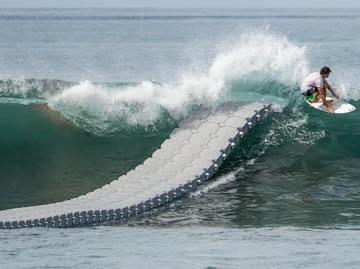

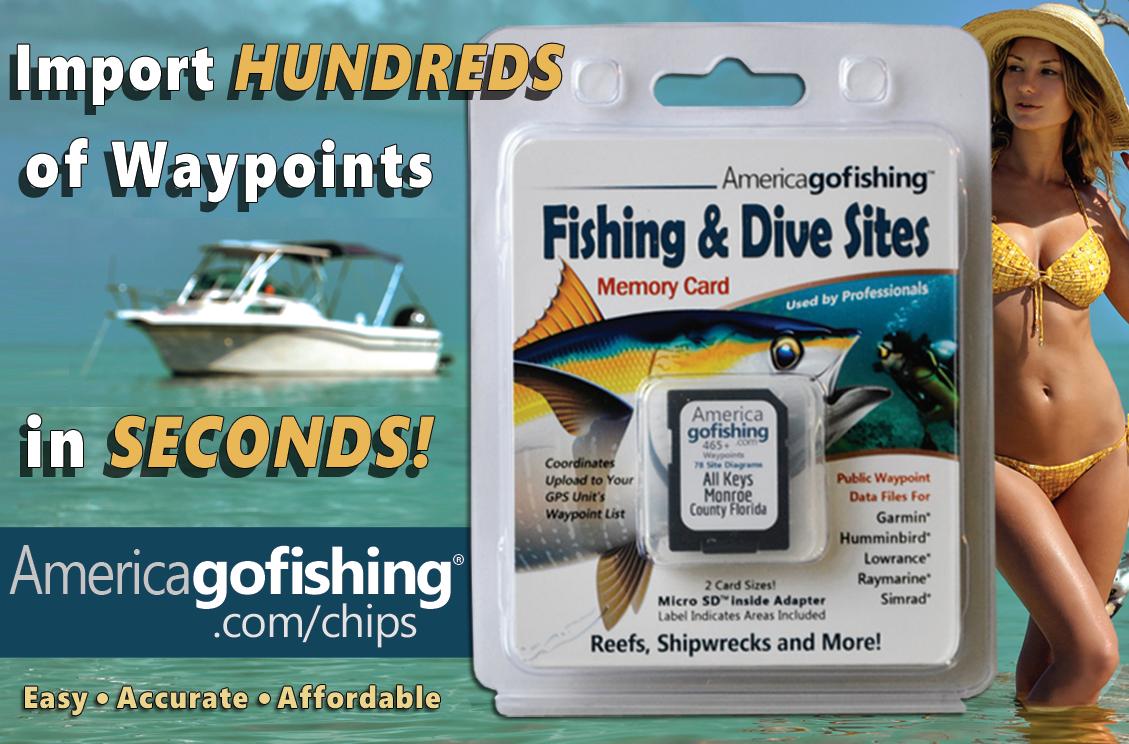
The FWC banned recreational harvest of Atlantic short n mako sharks by setting the recreational bag limit at zero during its Nov. 30-Dec. 1 commission meeting. e previous bag limit for recreational anglers was one mako per angler per day, with a limit of two sharks per boat. In a press release, FWC indicated the rule would make regulations in Florida waters consistent with federal regulations and address over shing of short n makos in support of U.S. and international e orts to manage the species. Commercial harvest of short n mako is already prohibited in state and federal waters.
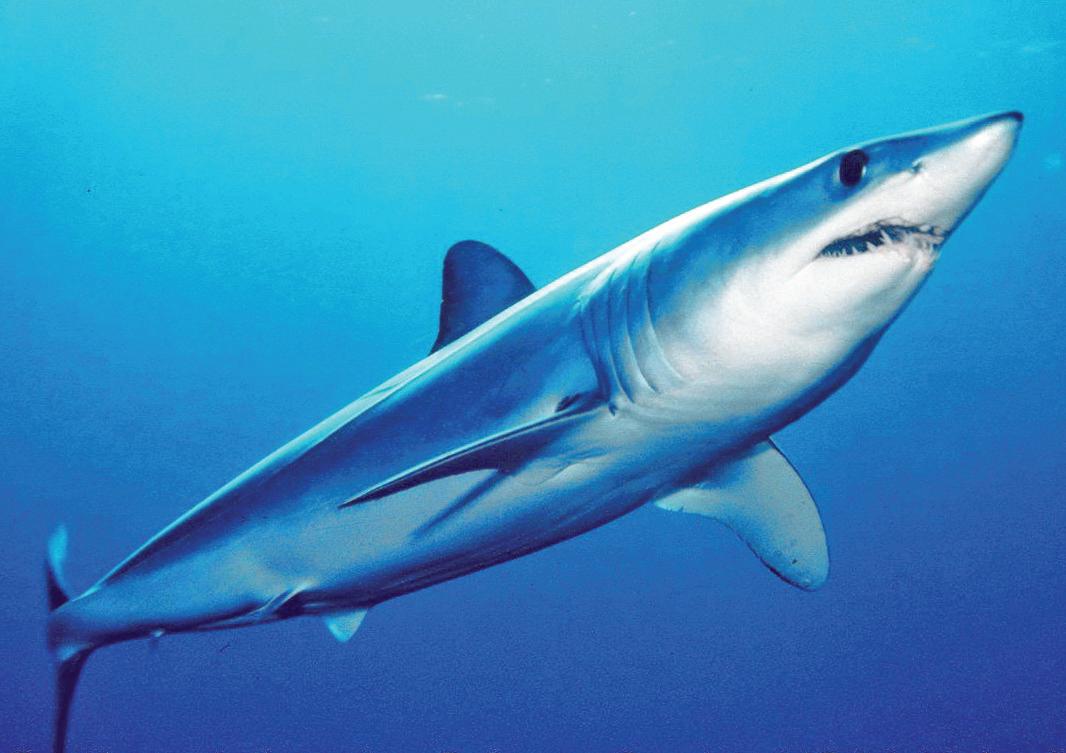
For more information, visit MyFWC.com.

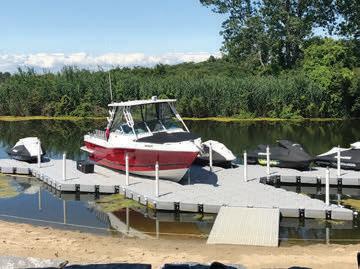
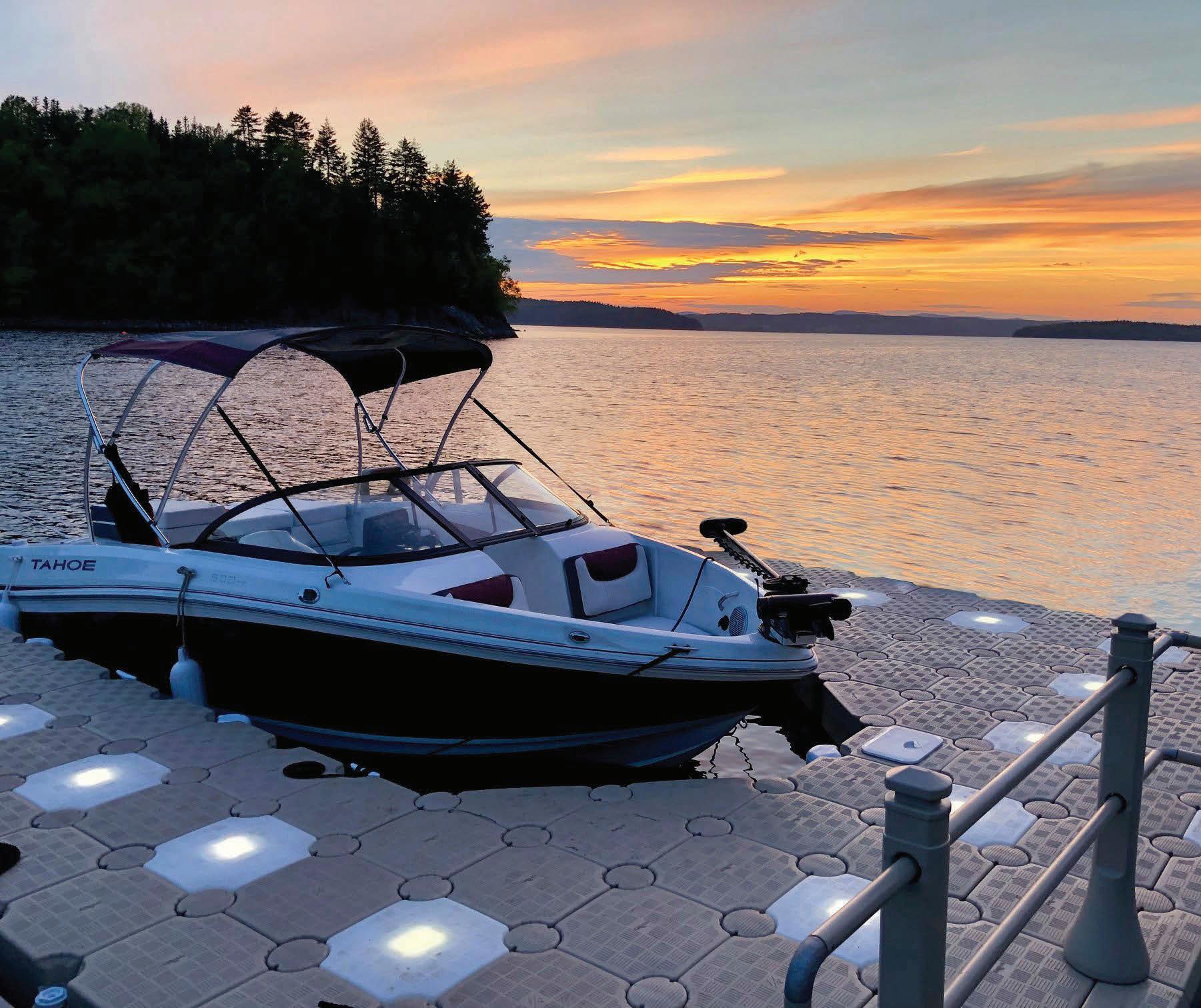
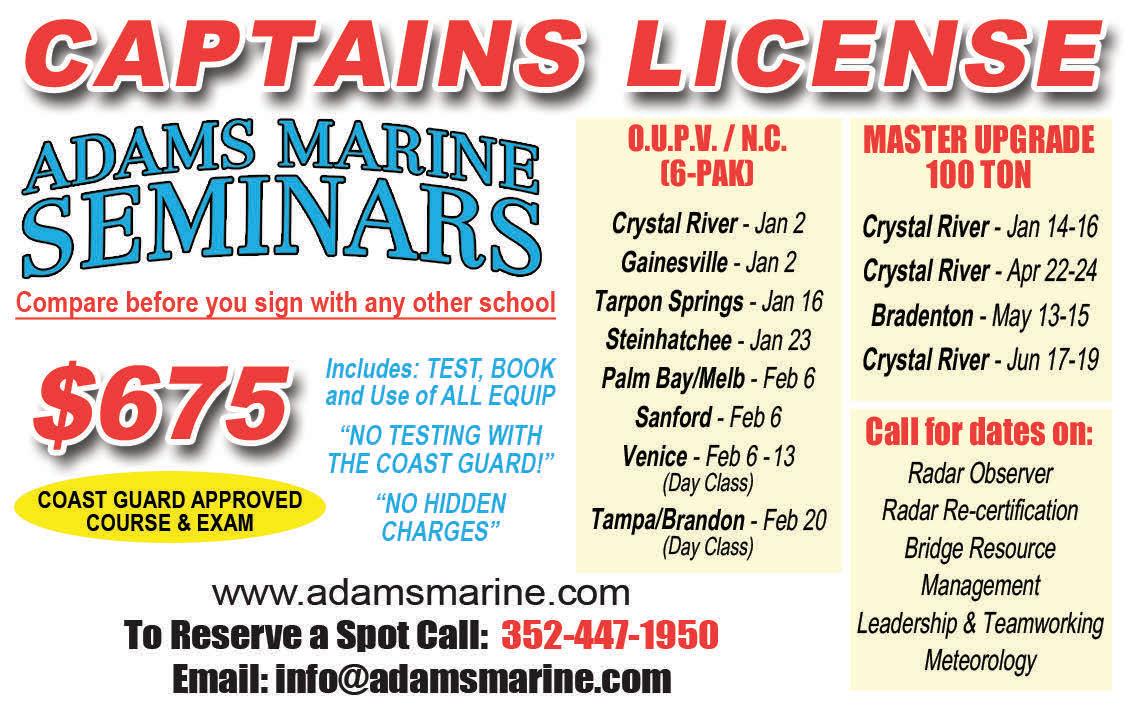

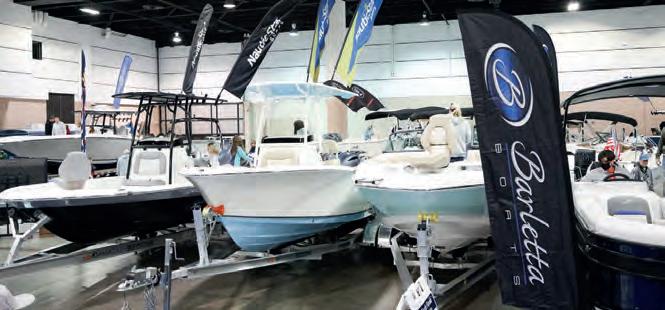




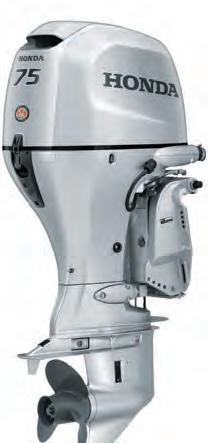
The North Florida Marine Association is proud to announce the 75th Anniversary Jacksonville Boat Show, January 27 – 29, 2023, at the Prime Osborn Convention Center in Jacksonville. This year’s show is a special celebration of a beloved North Florida event that has been bringing together the boating community since 1947.
Dick Boger, 73, is one of the longest-standing current members of the North Florida Marine Association. He has been involved with the Boat Show since 1985, and he is well acquainted with the Boat Show’s long history in Jacksonville. “Back in the mid-forties, the late Grace Rogers of Pier 17 Marine Shop decided to display a few new boats in the parking lot of a gas station on the west side of Jacksonville,” he said. “That’s how this whole thing started. Then in 1947, a group of local businesses got together and built on Grace’s idea by creating an exposition for local boat dealers. 75 years later, that exposition has become a true legacy in Jacksonville.”
The Boat Show has continued uninterrupted since 1947, with one exception. “The only thing that shut us down in three-quarters of a century was Covid-19,” Boger says. “That’s the only year we were not able to hold the Boat Show. Had it not been for the pandemic, we’d actually be celebrating our 76th Boat Show this year, not our 75th.”
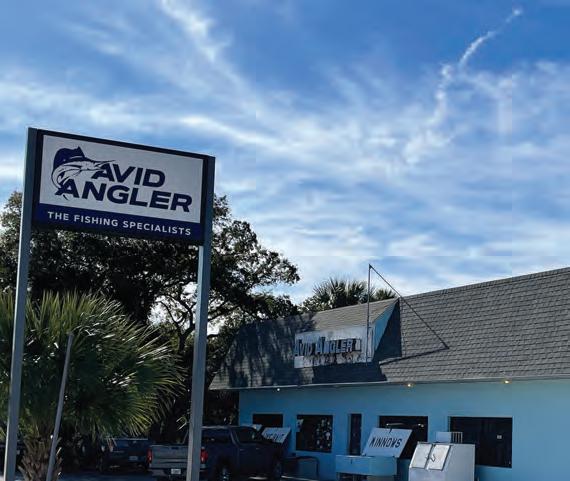
In January, the 75th Anniversary Jacksonville Boat Show, sponsored by VyStar Credit Union, will offer three days of water-related fun, family-friendly activities, and educational seminars—as well as amazing deals on hundreds of boats and thousands of accessories. Special giveaways each day will be awarded to commemorate the 75th Anniversary. Boat Show attendees will be among the first to see and board brand-new models of all types of watercraft, including fishing boats, cruisers, ski boats, pontoons, inflatables, personal watercraft,
and more.
The 75th Anniversary Jacksonville Boat Show highlights include: • All show goers will have the opportunity to enter a FREE grandprize drawing to win a 75 HP Honda motor, estimated value $12,000, courtesy of Honda Marine and Big Boys Play Toys.
• Online ticket purchasers will be placed in a drawing to win a FREE Simrad Go9 Combo Package sponsored by RideNow Beach Blvd.
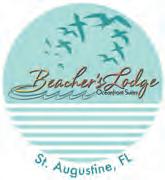

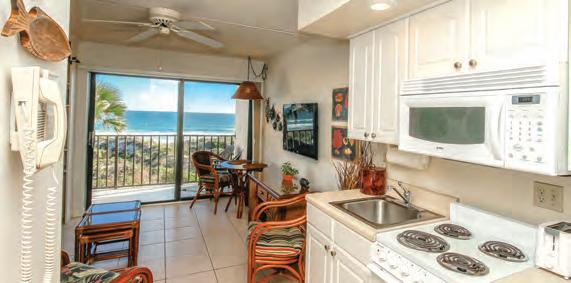
• Giveaways will be presented to the first 75 people through the door each day, including $10 Daily’s gas cards, commemorative Richardson hats, and face shields.
• Seminar presentations will take place on Saturday and Sunday by Dowe Thornton, Senior Marine Specialist with Garmin Marine Electronics.
“We are both proud and grateful to be celebrating the 75th Anniversary Boat Show,” said Erin Johnson, North Florida Marine Association Administrative Director. “This event has a special legacy in Jacksonville, and it has been a beloved tradition for the boating community for multiple generations. We can’t wait to welcome attendees for what promises to be our most exciting and most fun show yet.”
Hours and Admission: Prime F. Osborn III Convention Center is located at 1000 Water Street, Jacksonville, FL 32204. Boat Show hours are 11am to 6pm Friday, January 27; 10am to 6pm Saturday, January 28; and 10am to 4pm Sunday, January 29. Admission is $15 for adults; $5 for children 12 and under; and $12 for seniors, military, and first responders with ID. Food is purchased from the vendors and is not included with admission. For more info visit

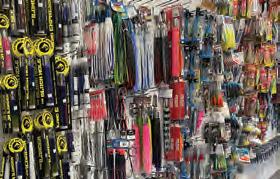
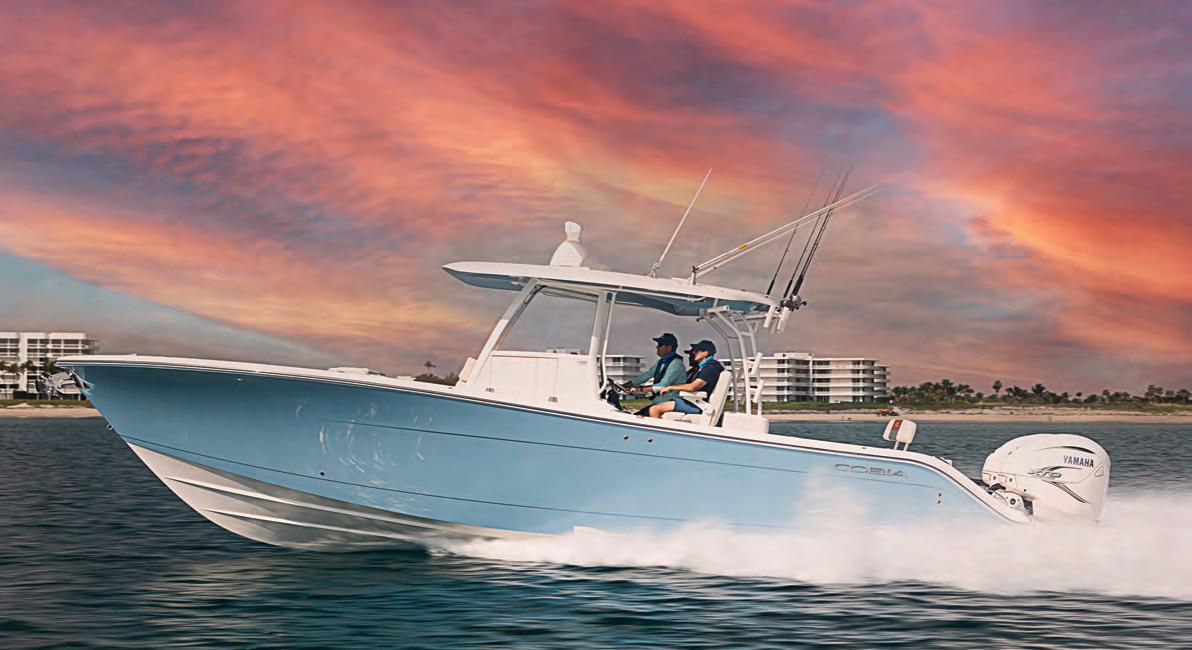
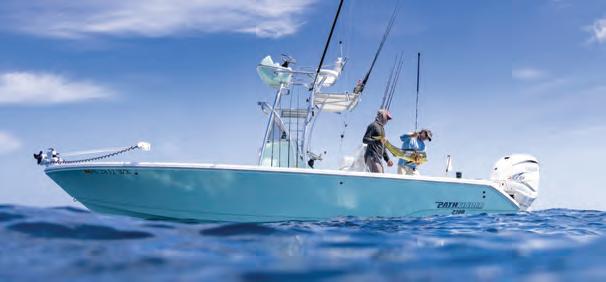
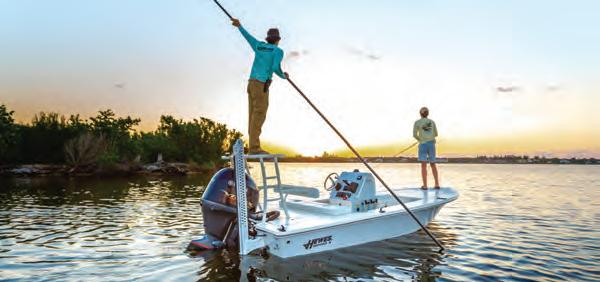




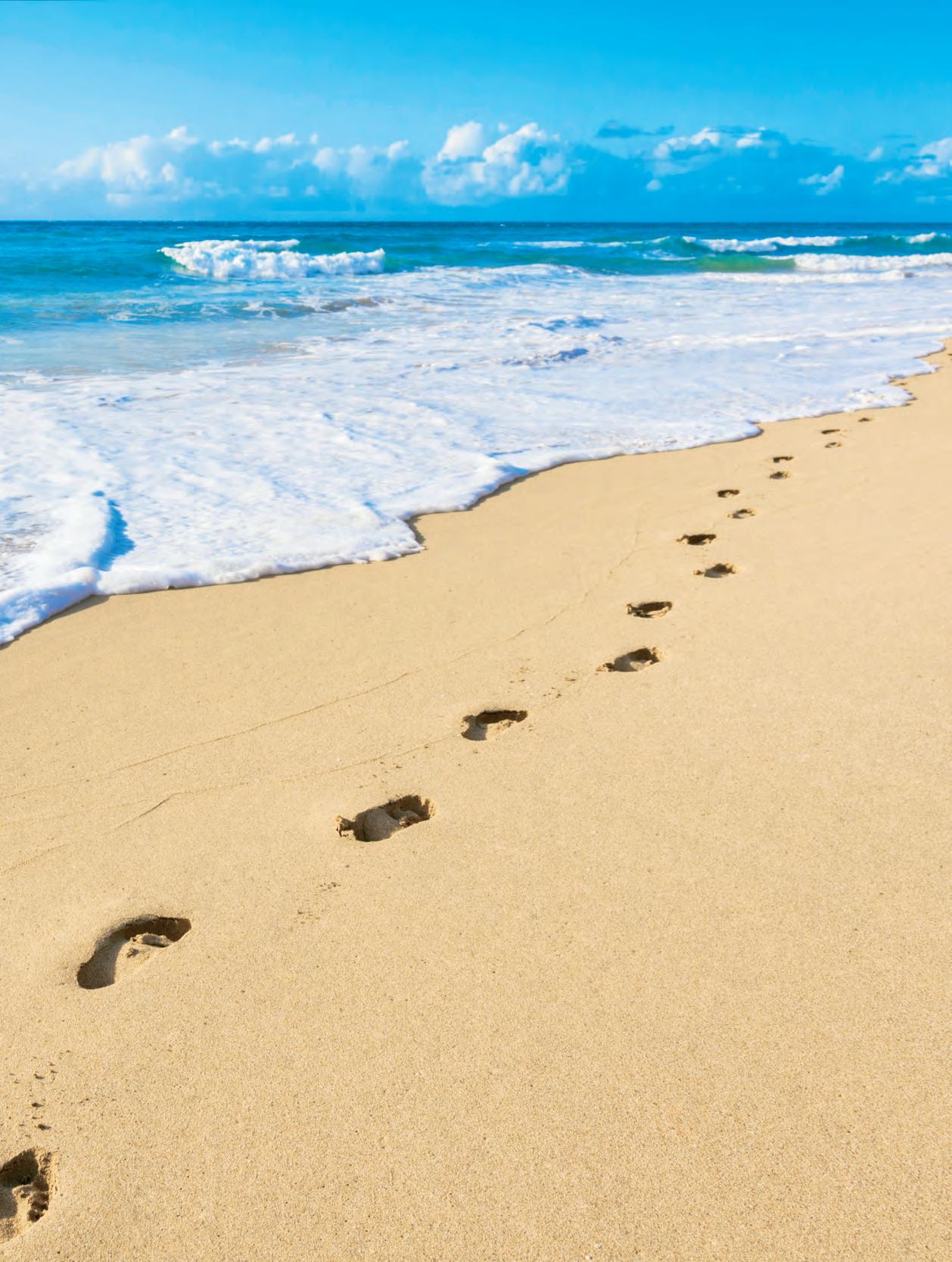


Palm Cove Marina Phone, 904-330-0433 14603 Beach Blvd, Jacksonville, FL 32250 www.jaxboatsales.com







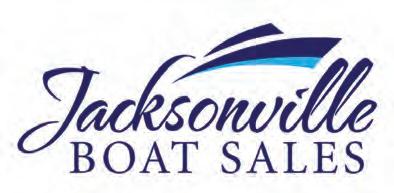
 Jacksonville Boat Sales - a Cannon Marine Company
Jacksonville Boat Sales - a Cannon Marine Company



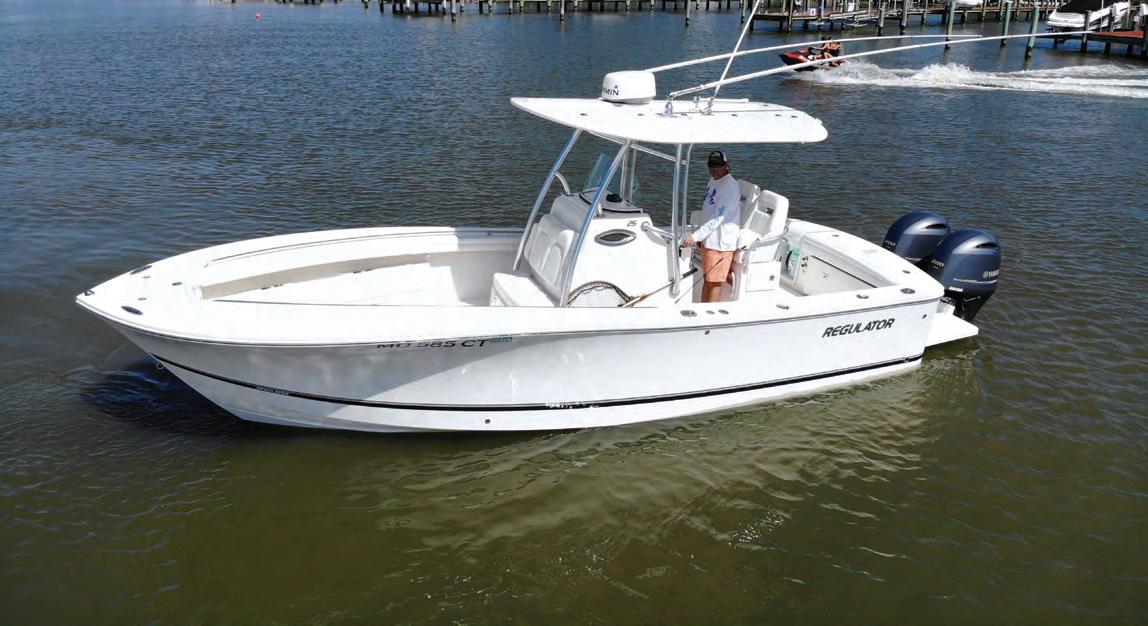

This time of year, the early bird doesn’t always get the worm... January is one of my favorite months to fish (especially for redfish) and being able to sleep in a little longer than usual can be nice. There’s no need to get on the water super early this month as the fish will be chewing better after the sun gets up and the fish and water start to warm up a bit. A mid-day low tide this time of year can be a Northeast Florida “sight-fisherman’s” dream come true. Redfish will be schooled up and with clear water throughout a lot of the region it should be game on this month. Look for flats with dark colored bottoms and creeks with an abundance of oyster bars. Typically, the water can be clear right now, especially around the lower tide stage, so you’ll be able to see the fish. If the water is quite gin clear, you can also locate the reds by looking for “muds” or small fleeing baitfish and shrimp. Don’t worry if you don’t own a super
shallow water skiff, these fish are still accessible. Most decent size creeks in the area have small “flats” on their banks on extreme winter low tides. Slowly use the trolling motor to work as far back as possible in the creeks while eyeing the banks for cruising reds.
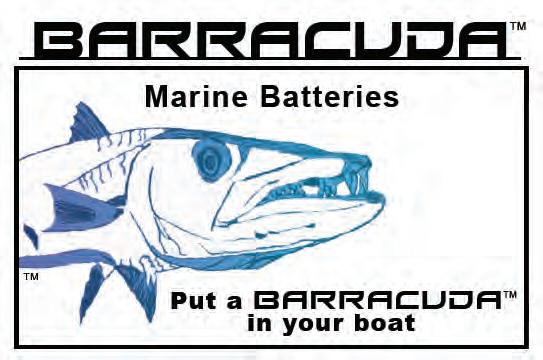
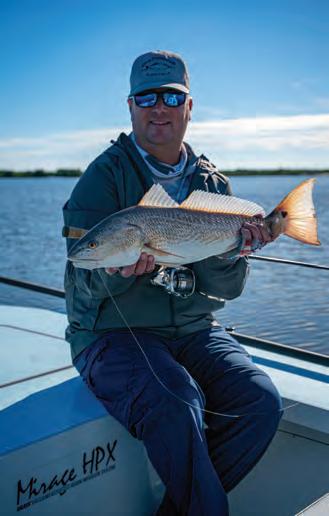
My favorite baits this month are small soft plastics like a Saltwater Assassin Paddle tail or a live shrimp both paired with an 1/8-ounce Saltwater Assassin jighead. The reason I prefer the 1/8 ounce or even a 1/16-ounce jig is they make less splash when casted and with the clear water we have right now our reds can get a little spooky. This is also a great time of year to bust out the long (fly) rod. Many a redfish and even a few sheepshead will fall to small shrimp and crab flies. Being able to see the fish before you cast makes fly fishing that much more exciting and rewarding.

Black drum should be a good bet this month in the deeper creek and ICW holes. Fresh dead shrimp or sometimes even better, a fiddler crab fished on the bottom will do the trick. Speaking of fiddler crabs, the sheepshead bite should continue to be good through the next few months. Target area bridges and pilings with fiddlers, oyster crabs, or small shrimp. If you’re feeling a little sportier look for sheepies on the flats feeding on oyster bars. It seems like sometimes every oyster bar you pass by this time of year will have a few munching away just waiting to be caught. Have a safe and Happy New Year!


 By Capt. Robert Johnson
By Capt. Robert Johnson
It’s that time. Grouper, and Red Snapper are closed. Hunting and Football are winding down. It’s a great time for blue water fishing. Wahoo, Sailfish and Black fin Tuna are available to anglers who make the 50 mile journey to the Gulf Stream. Find Water temperature in the mid-70s and schools of bait and you will be in business. Start looking in 145 ft. inshore of the shelf edge. I have caught allot of wahoo by pulling up short inshore. I prefer an Islander Hawaiian eye ballyhoo combo pulled on a planner down deep but many Wahoo will be caught on surface baits. Something with a jet head works well and number 10 wire is a must. Black fin Tuna will usually be found closer to the shelf edge if not on top of it. Bait choice for the Tuna is Ballyhoo rigged on monofilament with a small skirt or no skirt at all (naked). Leader should be 100 # and I like at least 10 ft. Cedar Plugs work well also and Blue and White and Red and White are my colors of choice.
Tunas can be finicky so the further back you run your baits the more bites you usually get. Don’t be surprised when a Sailfish eats your Tuna rig, I have had multiple days on Sails in January.
On the bottom there are still a few species available. Red Porgy, Triggerfish, and Amberjack can be caught in the deeper water if the trolling is slow. Cut squid and a drift along the shelf edge will produce plenty of bites. If a battle is what you’re after a live Grunt fished off the bottom will do the trick. Jigs worked vertically in the water column will produce so bruiser reef donkeys as well. Back in the 21 fathom area there will be a few Cobias around as well. Use the same technique for them as you would the Amberjack.
We have 3 big issues facing us today as offshore fishermen and women. The wind farms that are going in starting in the north east atlantic off the coast of Maine and then working down the coast all the way to Cape Canaveral Fl. There will be no boating in these zones. The Wright Whale speed limit proposed for the mid atlantic from Hatteras down to Cape Canaveral Fl. A 10 MPH speed limit for all vessels 35ft and over out to 60 miles. And the amendment 35 that will shut down all bottom fishing from Hatteras to Cape Canaveral fl. We need to stay informed on these issues because they threaten our way of life as offshore fisherman. Contact your congresspeople and senators and express your concerns!
“Let’s Go Fishing”
Captain Robert Johnson (904)540-2628
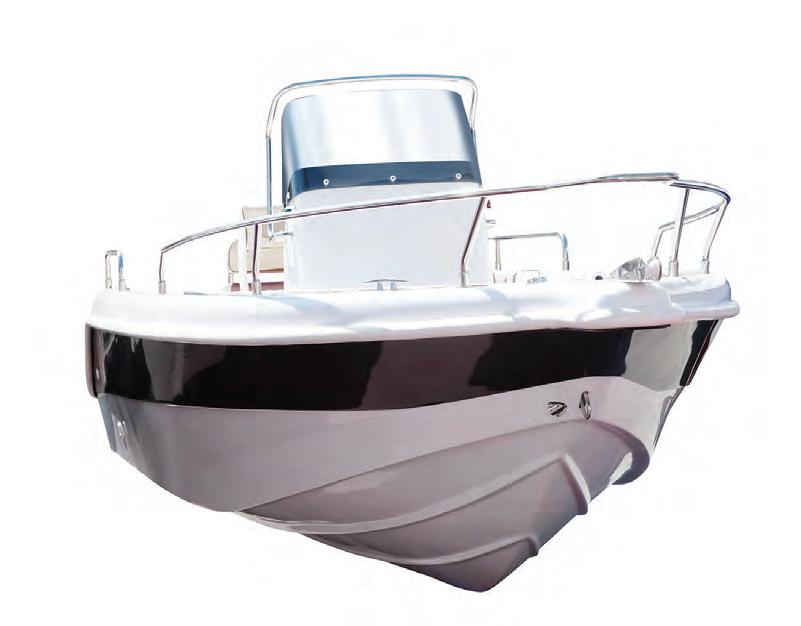

Jodielynncharters.com Jlfishing@bellsouth.net
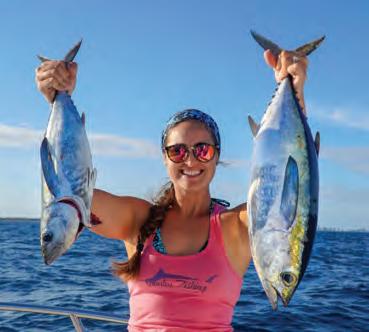
3210 U.S. Highway 17 S., Orange Park 5000-60 U.S. Highway 17, Fleming Island 7099 Collins Road, Jacksonville 686 Blanding Blvd., Orange Park 10980 U.S. Highway 1 N., Jacksonville 4511 San Juan Ave., Jacksonville 450 Park Street, Jacksonville 10970 U.S. Highway 1 N., Ponte Vedra Beach 2350 State Road 16, St Augustine
1900 Mizell Road, (SR312), St Augustine
1605 Race Track Road, Jacksonville
3011 International Golf Parkway, St Augustine 12705 Durbin Lake Drive, Jacksonville 2520 S. 3rd Street, Jacksonville Beach 12548 San Jose Blvd., Jacksonville
Ethanol-free gasoline is available at these GATE locations. 9540 San Jose Blvd., Jacksonville 570 Busch Drive, Jacksonville 4100 Heckscher Drive, Jacksonville 200, Yulee son St., Jacksonville wn Center Parkway, Jacksonville 0 Baymeadows Road, Jacksonville Center Drive, Jacksonville tic Blvd., Jacksonville Ponte Vedra Beach 01 Monument Road, Jacksonville McCormick Road, Jacksonville ate Road 56, Wesley Chapel County Road 136, White Springs Valley Road, Ponte Vedra Pavilion Drive, St Johns


Fishermen will find the coldest water temperatures of the year during the month of January, which also challenges both salt and freshwater fishermen into fine tuning their fishing skills.
Many species of inshore game fish including the ever-popular saltwater seatrout will be schooling in deep turns of the Amelia River, especially if docks and shoreline cover is present. Some of the best seatrout fishing
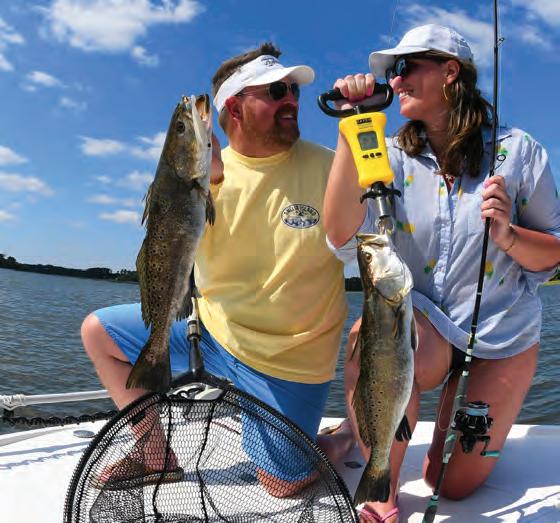
both inlets, the St. Mary’s, and Nassau. Look for diving birds and small splats on the surface while casting a one-ounce silver spoon, or surface popper.
Red drum will also be schooling in the backwater bays where large mud flats are adjacent to the Amelia River, or tidal creeks that enter the main river. Casting a paddle tail plastic shrimp barbed to a 1/8th ounce led head jig is a deadly winter redfish tactic. Boat docks that lead out to deep channels will also hold good numbers of winter redfish. Particularly during the first few hours of the falling tide. Striped bass fishing is excellent during the last of the in-coming and the first few hours of the falling tide both in the Nassau and St. Mary’s rivers. Look for the best action to come while casting, or trolling minnow type plugs close to I-95 bridge pilings in both rivers. Sunshine bass have also been stocked in the past by the FWC and are often more plentiful than striped bass when located in schools.
Winter fishermen will also find excellent striper fishing in some of the many creek mouths that are located just above “Roses Bluff”. Roses Bluff is easy to identify as it is a high bluff on located on the Southside of the St. Mary’s River and within a five-minute boat ride from the St. Mary’s boat ramp.
during the month of January can be enjoyed at the footsteps of both paper mills located just a few casts from the Fernandina Harbor public boat ramp.
Here the deep waters of the Amelia River find seatrout weighing up to ten-pounds feeding actively during the first few hours of the in-coming tide and the first few hours of the high falling tide.
Casting slow sinking minnow type plugs including Rapala’s CD Rapala will produce some of the largest sea trout of the winter fishing season.
Checking our where broken dock pilings, oysterbars, and broken concrete is located during dead low tide will give seatrout fishermen a good working knowledge on where to cast during high tide conditions. Also being extremely careful not to allow your expensive seatrout lure not to sink to deep and become lost on a bottom snag.
Drifting large live shrimp under a float is also a deadly winter seatrout tactic in deeper water depths, and just adjacent to shoreline structure. A good rule of thumb when targeting winter sea trout is to concentrate live baits and lures in five to ten-foot water depths.
Black drum will also be feeding in these same water depths, holding close to shoreline structure including boat docks and broken concrete and pilings. Fishing with a “Fish Finder” setup dead on the bottom with fresh shrimp, or a small piece of crab is key.
Excellent eating whiting will be schooling along the beaches of Amelia Island from American Beach to the very southern portion of Amelia Island during the month of January. Fish with a double fish finder rig with both hooks barbed with local fresh shrimp. Beach fishermen will also encounter blues feeding along the beaches of Amelia Island and in
Offshore bottom fishing is also excellent for black sea bass, sheepshead, triggerfish and more while fishing on the bottom with local squid. KBY and FA fish havens are traditionally great winter bottom fishing locations and located within 8-miles offshore.
“High Speed Trolling at the “Big Ledge” is by far one of Amelia Island’s very best winter fishing opportunities where wahoo weighing over the 100-pound mark are a frequent catch.
Freshwater bass fishing in the many small lakes and ponds located on Amelia Island should be excellent as well during warm spells. Cast a ½ ounce Rattle Trap in the Blue/Chartreuse/Green color pattern. Be sure and practice catch and release!.
For more information and charters, call Amelia Angler Outfitters (904) 261-2870, or visit www.ameliaangler.com





The Nassau Sport Fishing Association is a non-profit organization dedicated to develop and promote saltwater fishing in the Nassau County area while adhering to state, federal and local regulations, to encourage compliance with rules of water safety by club members and the general public, and to promote youth related community activities.

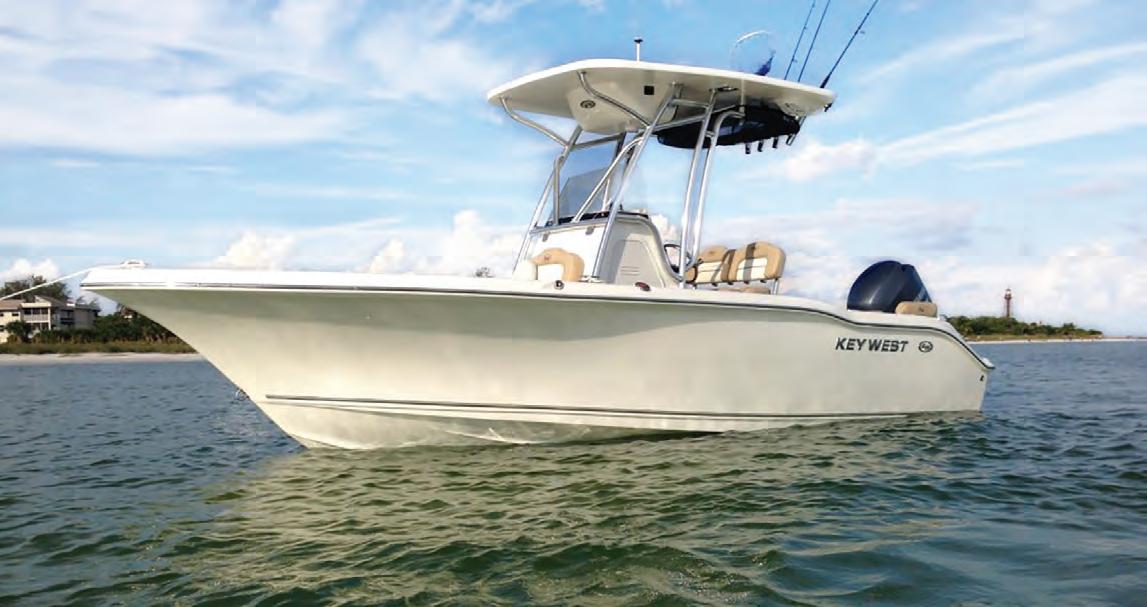
NSFA celebrated its volunteer appreciation and awards ceremony on Dec 7 at the Crab Trap. President Shawn Arnold highlighted the NSFA 2022 accomplishment which included awarding $16,000 in scholarships. This was due to the hard work members of the NSFA perform at our two major fundraising efforts.
Shawn also thanked the 2022 Board of Directors and introduced the 2023 Board Members.
After recognizing the volunteers, Shawn turned over the emcee duties to Mitch Fields, chairman of the Fish of the Season Committee. Mitch first recognized the winners of the Final 2022 season. First place
Flounder was won by Trish Glenn with 4.41#. First place Redfish was awarded to John Reigler with a nice 7.40#. And the final first place fish of the season Trout was weighed by Lou Mazzeo with a 3.07# fish.
To conclude the awards, the much anticipated Angler of the Year awards were presented. The 2022 Mens Angler of the Year, scoring 21 points, went to Ed Johnson. Ed retains the Mens Angler of the Year as he was also the 2021 Mens Angler of the Year. The Lady Angler of the Year and Overall Point Leader scoring 31 points, went to Trisha Glenn. Congratulations Trisha and Ed.
NSFA meets 2nd and 4th Wednesday of each month except Nov and December at Kraft Athletic Club on Amelia Island. This month, join us on 25-Jan as we resume our normal schedule of monthly business and social gatherings. If interested in joining, please visit our website at NSFAFISH.NET or stop by one of our meetings.
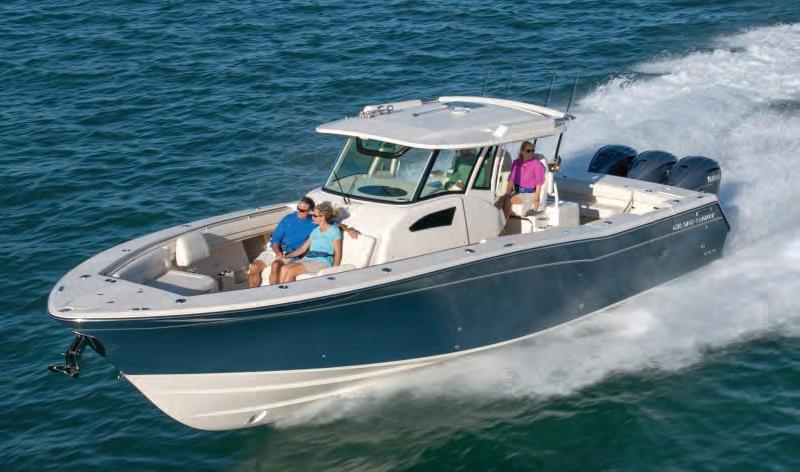
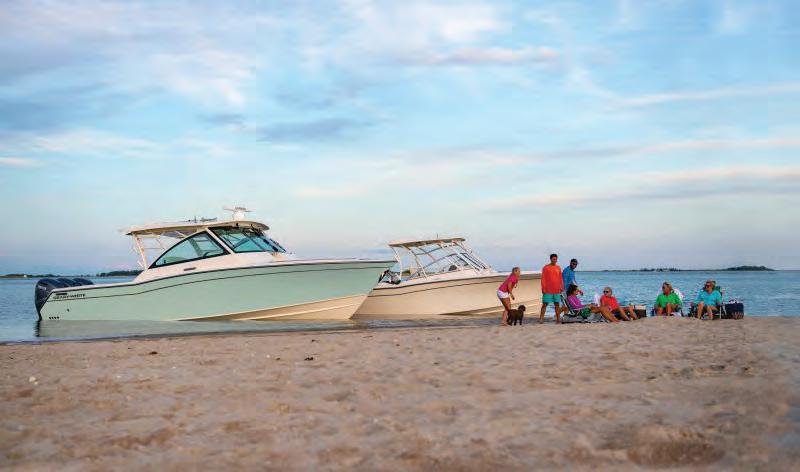
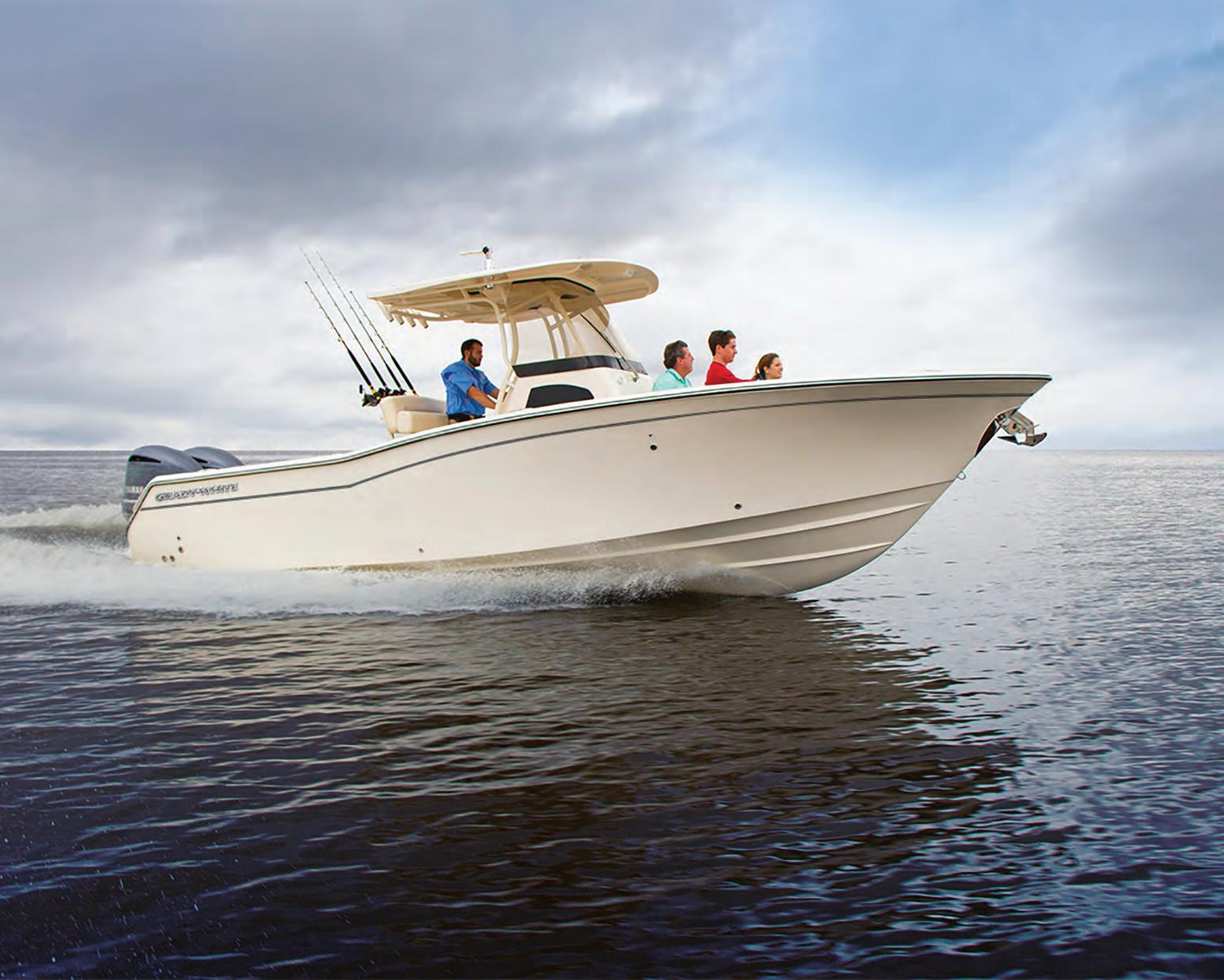
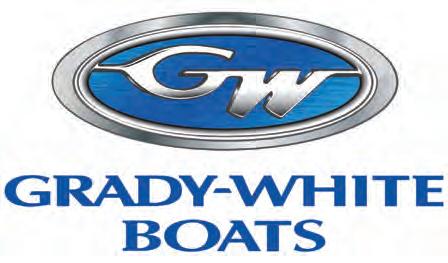




What an awesome December we had! While writing this article it is mid December and the surf temperature is still 67 degrees! The surf has been on fire. The Whting bite has finally returned to Northeast Florida. Along with the plentiful big Whiting we have been catching slot Redfish, Spotted Sea Trout, Bluefish, Flounder, Sheepshead. Black Drum and a few Pompano. The storm, NICOLE, pushed a lot of cooler water all the way down to Daytona. If you want to catch a limit of Pompano or an acrobatic Blacktip head south!
For the next three colder months, your success in the surf will be predicated by number one, water temperature. When our water drops below 60, the bite will shut down. Our quarry will either head south or off shore. They are looking for that 65 to 75 temperature range. My go to internet tool this time of year is www.Marine.Rutgers. edu. The picture I have included is of satellite imagery. There are
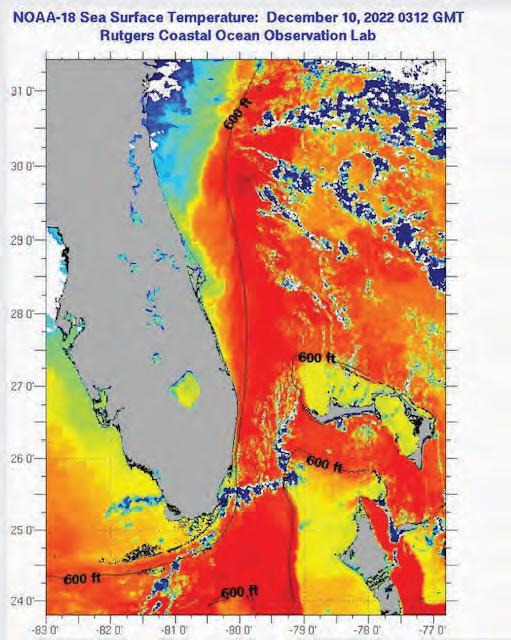
usually a dozen images everyday. All we need is cloudless skies to find the sweet spot. Just look for where powder blue meets dark blue.

My other three favorite apps are “Windy” for wind speed, “My Radar” for up to the minute weather conditions and “Magic Seaweed” for wave conditions. All of these tools have really helped me. Especially on road trips down south. I first find the right temperature. Then clean water. Those two things are key to filling your cooler and getting your string stretched.
I thought I had tried every bait and tackle combo ever known of for the surf. Nope, I was wrong! Huge thanks to Spencer Brogden of Jacksonville Beach for this tip. He has had great success with this technique for fishing one lightweight seven foot rod. This works best in a runout near shore. Especially when you do not have a lot of cross current. Meaning north to south or vice versa. All you need is a small #4 L042 wide bend hook by Eagle Claw, two feet of light leader 10-20lb, swivel and a one ounce egg sinker. Then hook your LIVE shrimp right under the horn. Pitch it into the run out and hold on! Whiting, Drum and Redfish should just go ahead a jump in to your cooler!
Noel Kuhn

Surf fishing guide and long distance casting coach. 904-945-0660 www.TheSurfAngler.com
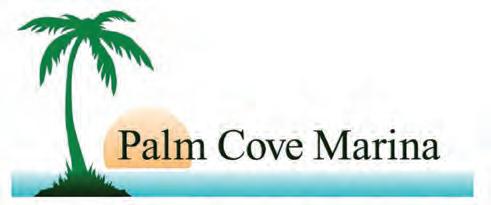
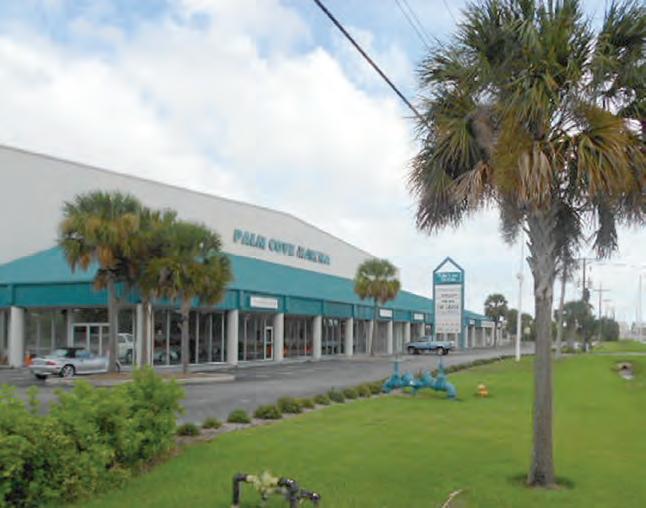



Bings Landing: H: +2:57 L: +2:44
Date Day Time Hgt Time Hgt Time Hgt Time Hgt
Palm Valley ICW: H: +2:20 L: +2:00
JAX Beach: H: -:29 L: -:20
St. Augustine Beach: H: -:07 L: -:15

St. A City Dock: H: -:04 L: +:09
01 Sun 03:47 AM 4.83 H 10:04 AM 0.49 L 04:15 PM 4.09 H 10:08 PM 0.14 L
02 Mon 04:46 AM 4.87 H 11:03 AM 0.45 L 05:13 PM 4.01 H 11:02 PM 0.11 L
03 Tue 05:39 AM 4.90 H 11:56 AM 0.34 L 06:05 PM 4.01 H 11:53 PM 0.03 L
04 Wed 06:27 AM 4.93 H 12:43 PM 0.20 L 06:52 PM 4.05 H
05 Thu 12:41 AM -0.07 L 07:11 AM 4.94 H 01:26 PM 0.08 L 07:35 PM 4.07 H
06 Fri 01:25 AM -0.15 L 07:52 AM 4.94 H 02:06 PM 0.01 L 08:15 PM 4.08 H
07 Sat 02:05 AM -0.18 L 08:31 AM 4.93 H 02:43 PM 0.00 L 08:53 PM 4.05 H
08 Sun 02:44 AM -0.13 L 09:09 AM 4.90 H 03:20 PM 0.06 L 09:29 PM 4.02 H
09 Mon 03:21 AM -0.00 L 09:46 AM 4.84 H 03:57 PM 0.16 L 10:06 PM 4.00 H
10 Tue 03:58 AM 0.17 L 10:23 AM 4.74 H 04:33 PM 0.29 L 10:43 PM 4.01 H
11 Wed 04:37 AM 0.37 L 11:01 AM 4.61 H 05:09 PM 0.40 L 11:21 PM 4.07 H
12 Thu 05:19 AM 0.55 L 11:39 AM 4.45 H 05:46 PM 0.47 L
13 Fri 12:01 AM 4.17 H 06:07 AM 0.69 L 12:20 PM 4.27 H 06:26 PM 0.50 L
14 Sat 12:46 AM 4.29 H 07:01 AM 0.75 L 01:07 PM 4.09 H 07:13 PM 0.46 L
15 Sun 01:38 AM 4.41 H 08:01 AM 0.73 L 02:01 PM 3.93 H 08:05 PM 0.36 L
16 Mon 02:37 AM 4.56 H 09:03 AM 0.60 L 03:02 PM 3.86 H 09:04 PM 0.18 L
17 Tue 03:41 AM 4.74 H 10:05 AM 0.36 L 04:07 PM 3.90 H 10:05 PM -0.10 L
18 Wed 04:45 AM 4.99 H 11:06 AM 0.02 L 05:09 PM 4.06 H 11:07 PM -0.47 L
19 Thu 05:45 AM 5.26 H 12:03 PM -0.36 L 06:07 PM 4.29 H
20 Fri 12:06 AM -0.88 L 06:42 AM 5.53 H 12:57 PM -0.73 L 07:01 PM 4.54 H
21 Sat 01:01 AM -1.24 L 07:35 AM 5.73 H 01:47 PM -1.02 L 07:54 PM 4.75 H
22 Sun 01:54 AM -1.47 L 08:27 AM 5.82 H 02:36 PM -1.19 L 08:45 PM 4.91 H
23 Mon 02:46 AM -1.51 L 09:18 AM 5.77 H 03:25 PM -1.22 L 09:37 PM 5.00 H 24 Tue 03:38 AM -1.35 L 10:08 AM 5.58 H 04:14 PM -1.12 L 10:28 PM 5.03 H 25 Wed 04:33 AM -1.04 L 10:58 AM 5.26 H 05:04 PM -0.92 L 11:20 PM 4.99 H 26 Thu 05:30 AM -0.65 L 11:48 AM 4.87 H 05:55 PM -0.65 L 27 Fri 12:13 AM 4.89 H 06:30 AM -0.24 L 12:41 PM 4.46 H 06:48 PM -0.36 L 28 Sat 01:09 AM 4.75 H 07:31 AM 0.12 L 01:37 PM 4.08 H 07:43 PM -0.08 L 29 Sun 02:08 AM 4.59 H 08:33 AM 0.39 L 02:39 PM 3.79 H 08:39 PM 0.14 L 30 Mon 03:12 AM 4.46 H 09:35 AM 0.54 L 03:45 PM 3.64 H 09:38 PM 0.27 L 31 Tue 04:15 AM 4.39 H 10:34 AM 0.56 L 04:47 PM 3.63 H 10:36 PM 0.27 L



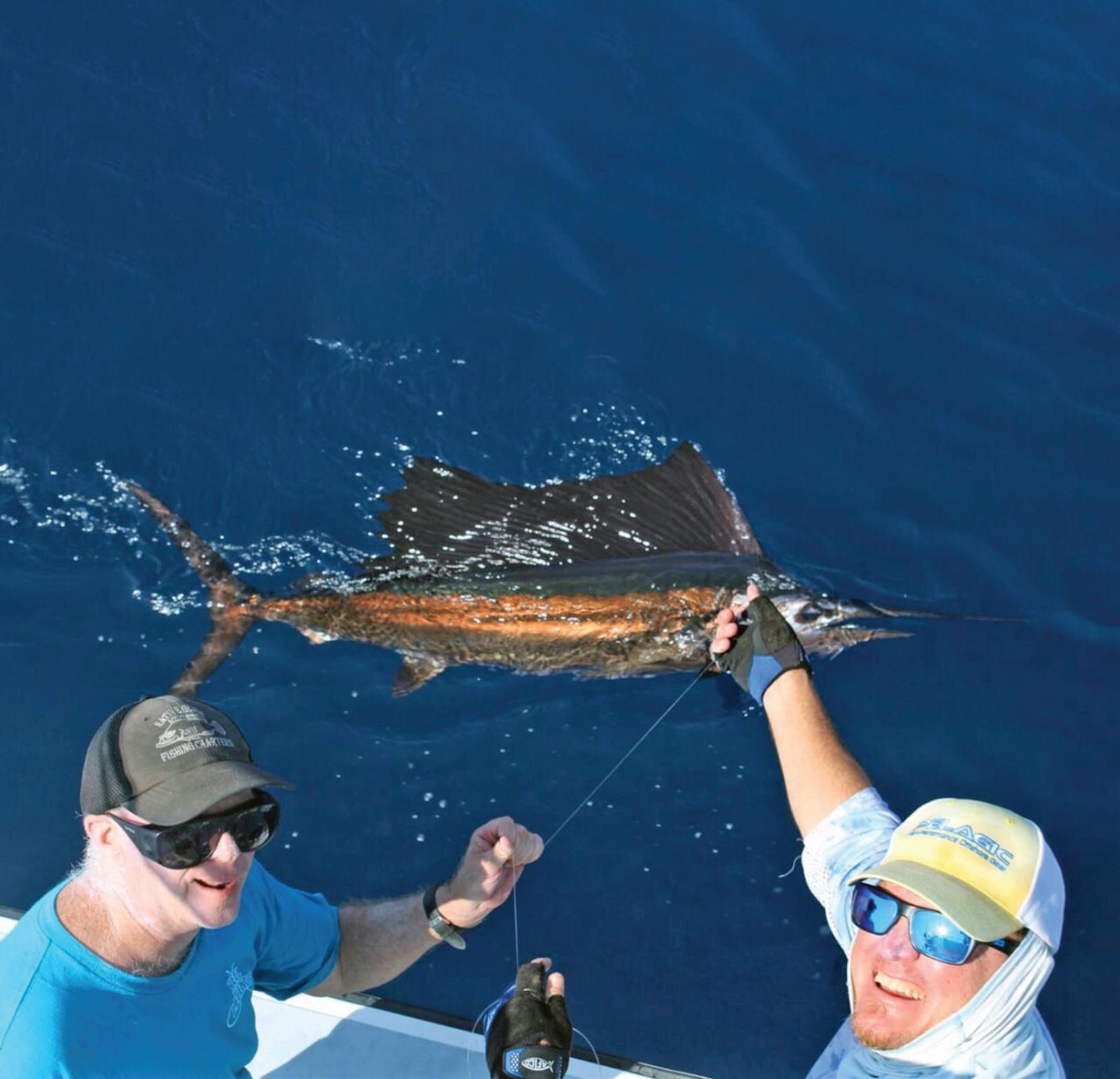








their anal n. ese long skinny sh are built for speed and can reach max speeds of about 70 mph.
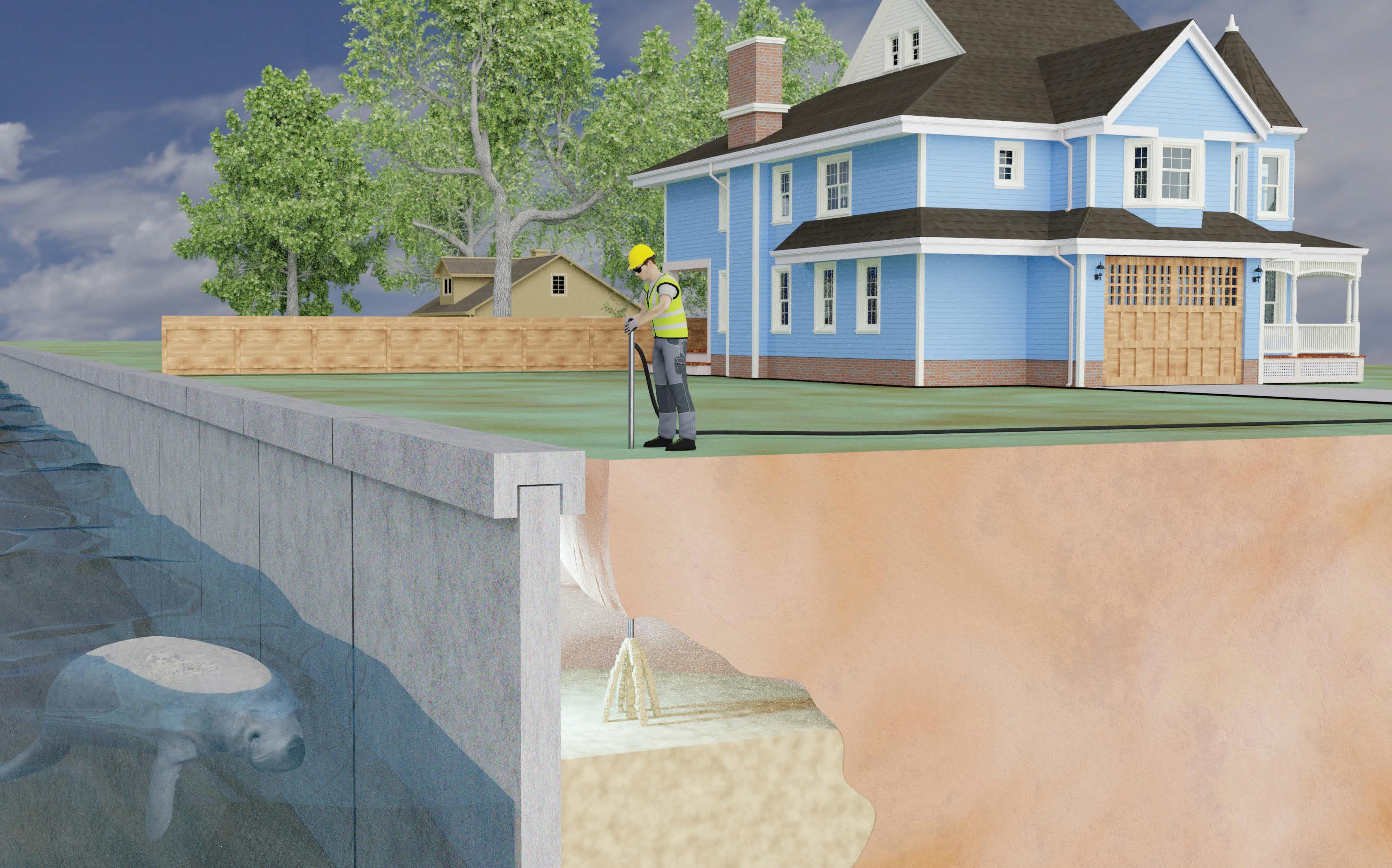
Atlantic sail sh participate in seasonal migrations along the coast of America. Some sh will stay where they are, but most move northward in spring and south during the winter. is is due to the bait schools following the cold cycles. As soon as it gets hotter up north, they migrate. Once winter sets in, they return to Florida. Sail sh spend most of their time in warm surface waters of the epipelagic zone of the ocean. ey make frequent nearshore forays and congregate where water temperatures are in the 70 to 80 degree range.
ey begin spawning in spring, and this can occur as early as May or all the way into the fall. Like many other pelagic sh, sail sh use a process called external fertilization, or broadcast spawning. Males release sperm and females release eggs into the water current. Each female can produce about 4.5 million eggs. Once the sail sh hatch at around an eighth of an inch, they grow rapidly to about 6 pounds within a month. eir growth slows once they reach about 4 feet in length.
Capt. Charlie Stuve put me on my rst sail sh. He runs Native Guide Fishing Charters out of Jupiter, Fla., and sail sh are a favorite winter target for his clients.
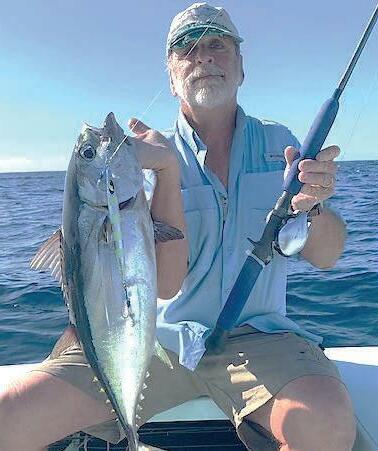


“I suggest live baiting,” said Capt. Charlie. “Goggle eyes are the most popular bait, but other baits work, as well. Kite shing is preferable with goggle eyes, but I also do well slow bump-trolling edges. Live thread n herring, Spanish sardines and pilchards are my favorites while dri ing on a color change.

Now that the cold has set in and will be here for a bit, we once again change focus on what we are catching. Most larger sh tend to slow down during winter months since it takes more energy out of them; however, this is not the case for sail sh. As long as you are brave enough to venture into the rough winter seas, you’ll be sure to get on the bite.
Sail sh are the sleek and slender member of the bill sh family. eir name comes from the extremely large dorsal n that extends over almost their entire back. ey also have long pelvic ns, which stretch almost to
“Depths can vary, so don’t use yesterdays information because conditions constantly change. Sometimes when the bite is slow, I like to bottom sh and y a kite downwind. at way you stay busy with the bottom action and when you least expect it you have a sail sh on your kite.”
e IGFA world record for Atlantic sail sh weighed 142 pounds, 6 ounces and was caught in Lobito Angola in 2014.
Emily Rose Hanzlik holds 56 IGFA world records in various categories. She hails from West Palm Beach, where she has a part time Bow n Guide Service as well as shing classes for Jr. Anglers. Find her on Social Media @emilyhanzlikoutdoors.


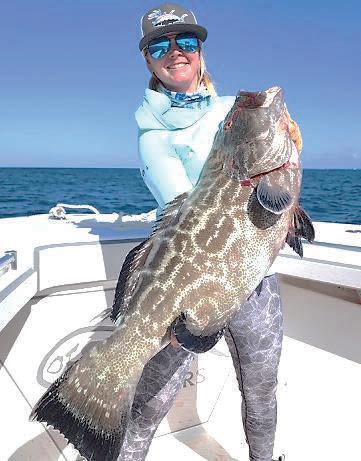
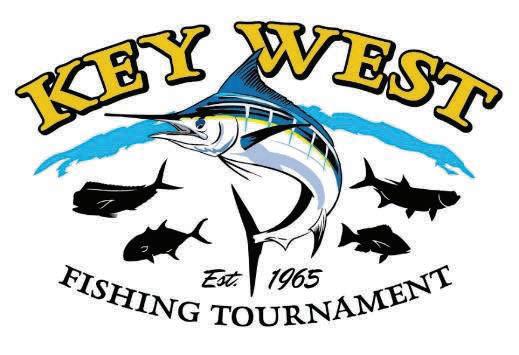








The FWC approved rules to help conserve Gulf striped bass in Wakulla County’s lower Ochlockonee River at the Nov. 30-Dec. 1 commission meeting.
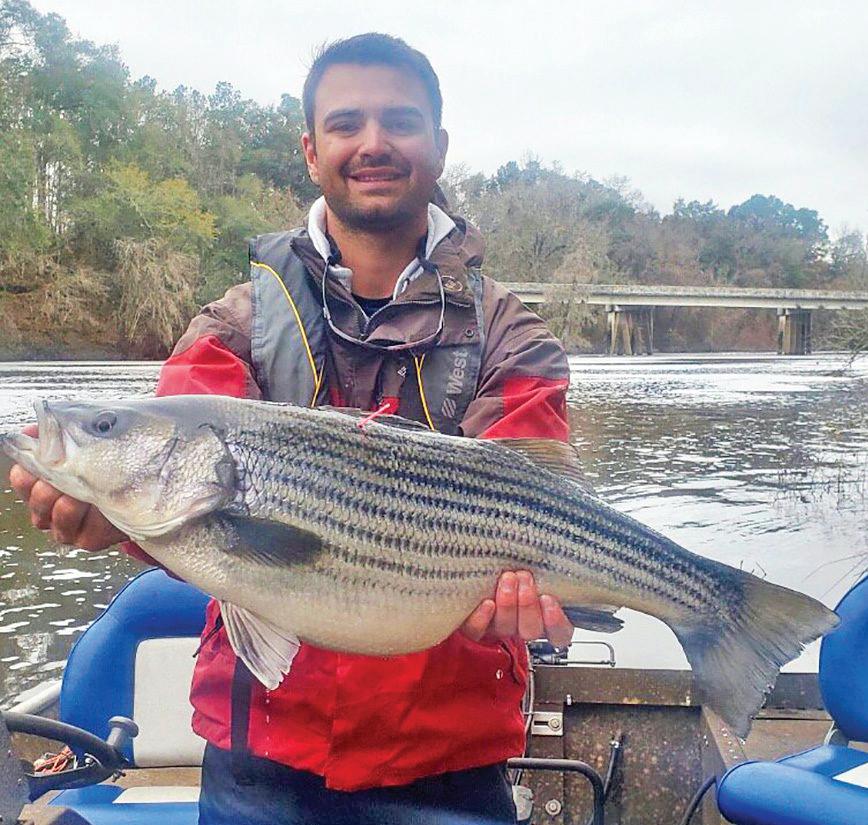
FWC research has identi ed high rates of recreational harvest of brood sh (breeding sized) Gulf striped bass, and sta proposed rule language to change the harvest length limit. e bag limit of three sh per day for striped bass will remain in e ect. e proposed change to the length limit would change from 18 inches minimum size to no minimum size with only one sh allowed over 24 inches. Gulf striped bass populations are dependent on stock enhancement via hatchery production and protection of these larger-sized striped bass is necessary for the continued survival of the species.
“ is rule change is a positive step for Gulf striped bass, an important sport sh in Florida,” said FWC Commissioner Gary Lester. “We appreciate sta working with stakeholders on these ongoing conservation e orts for the future of this shery.”
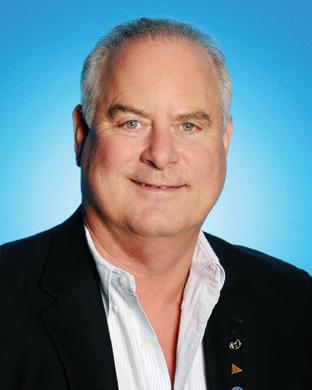
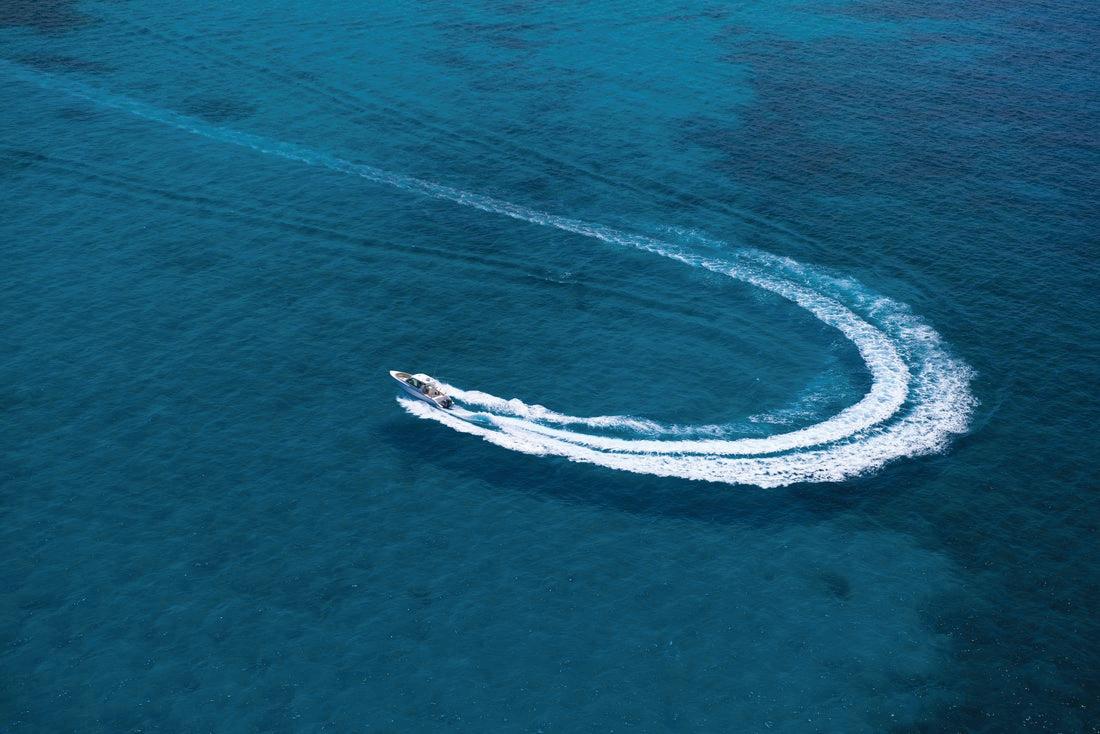
Sta held public meetings with local anglers to discuss research and management options for this shery at Lake Talquin in May 2022 and an additional meeting in November to discuss the rule language. Anglers were supportive of using regulation changes as a management tool. Further stakeholder engagement will occur on this rule.
Email Christopher.Paxton@MyFWC.com with questions, or visit the striped bass pro le on MyFWC.com.
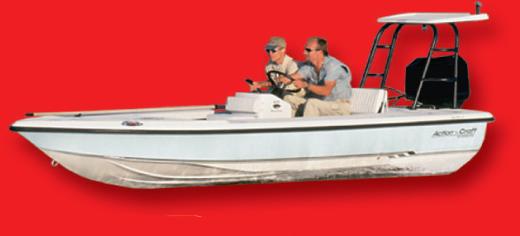
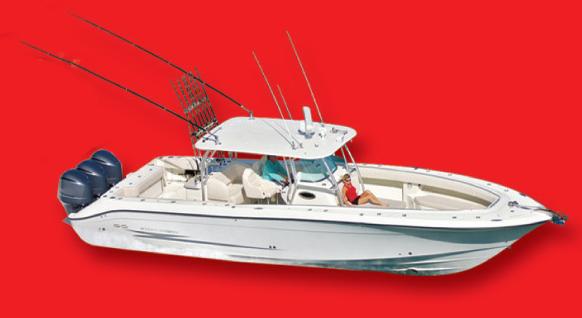
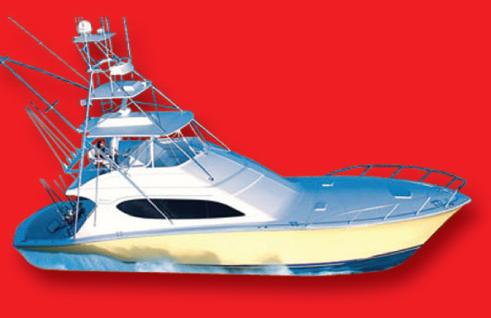

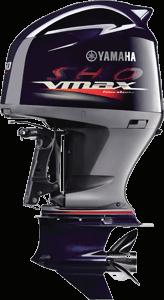
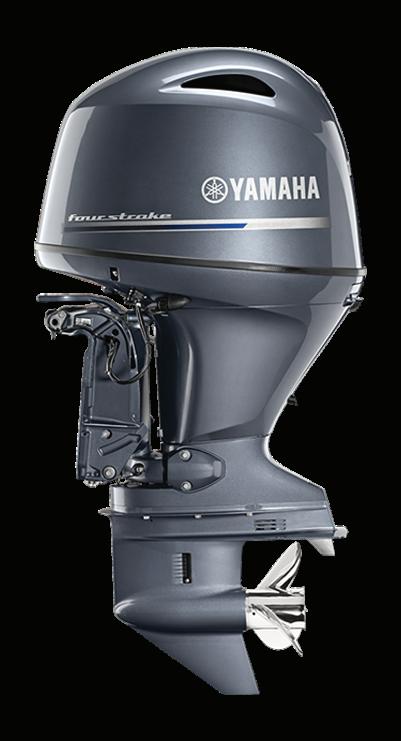









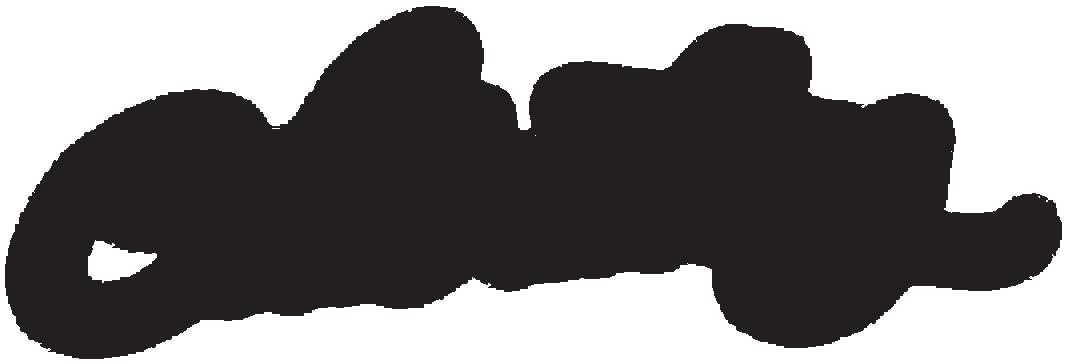

Let’s grow with Florida together.
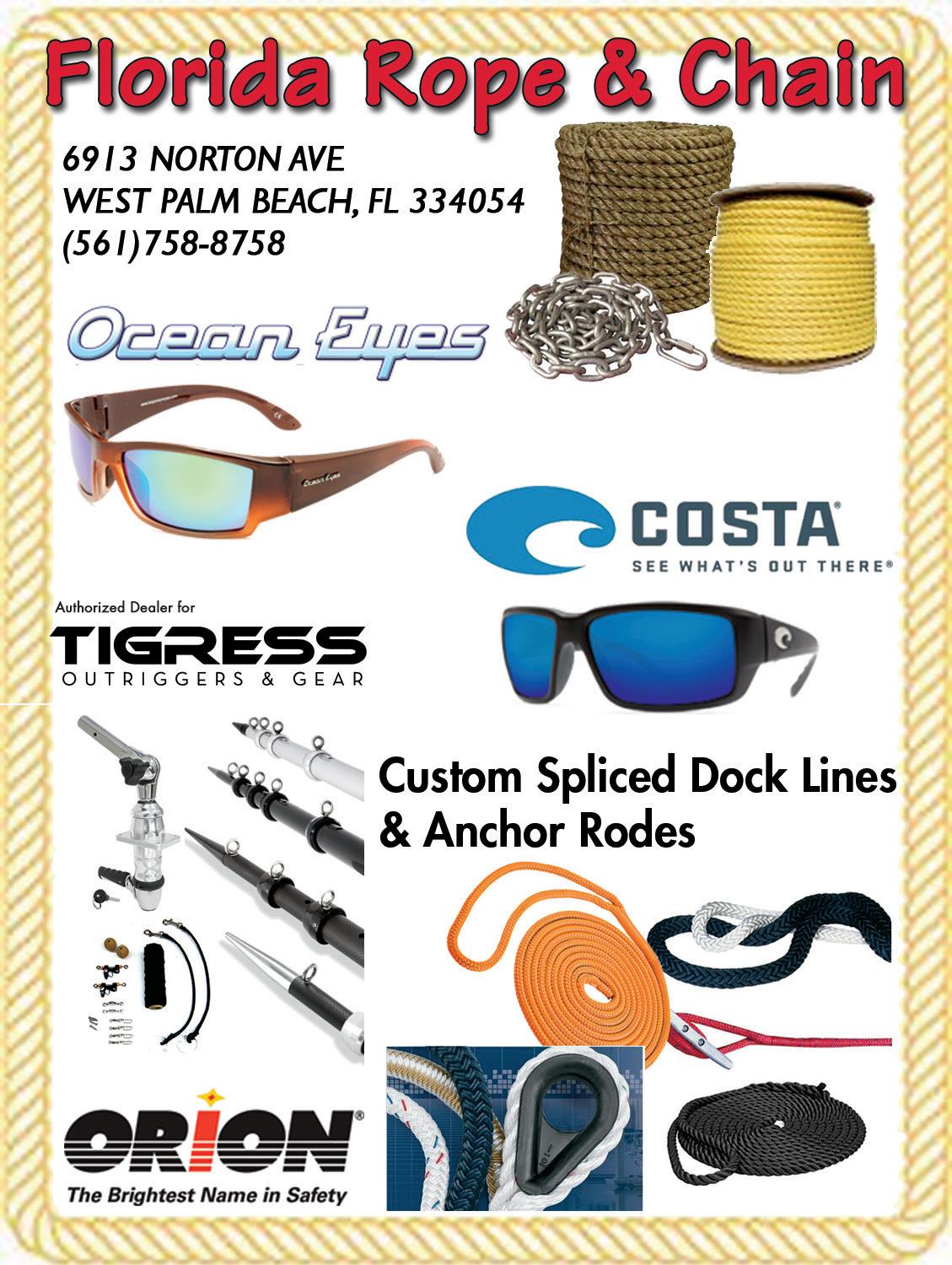
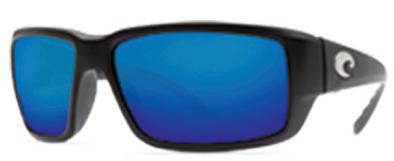


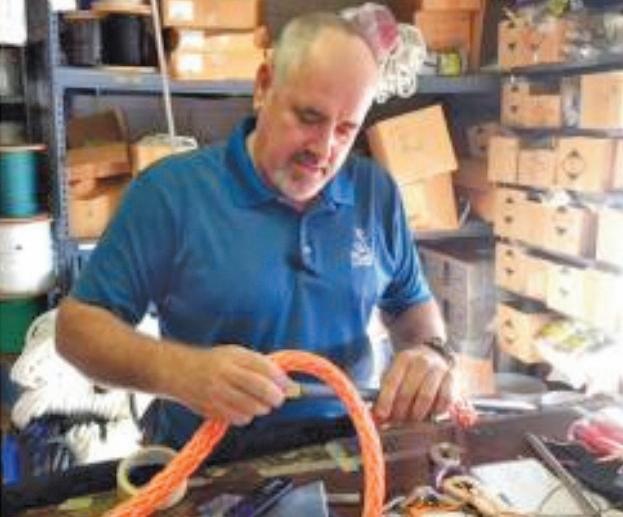
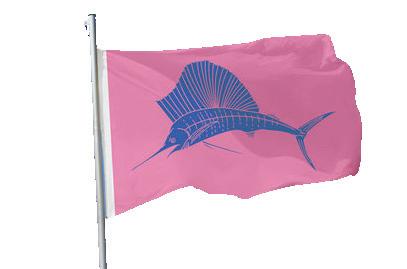

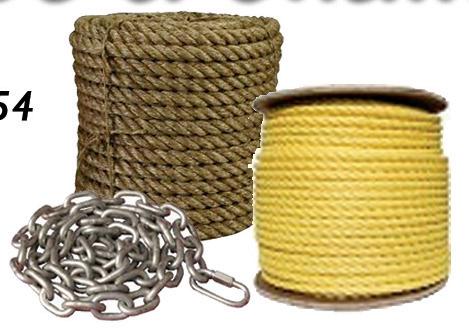


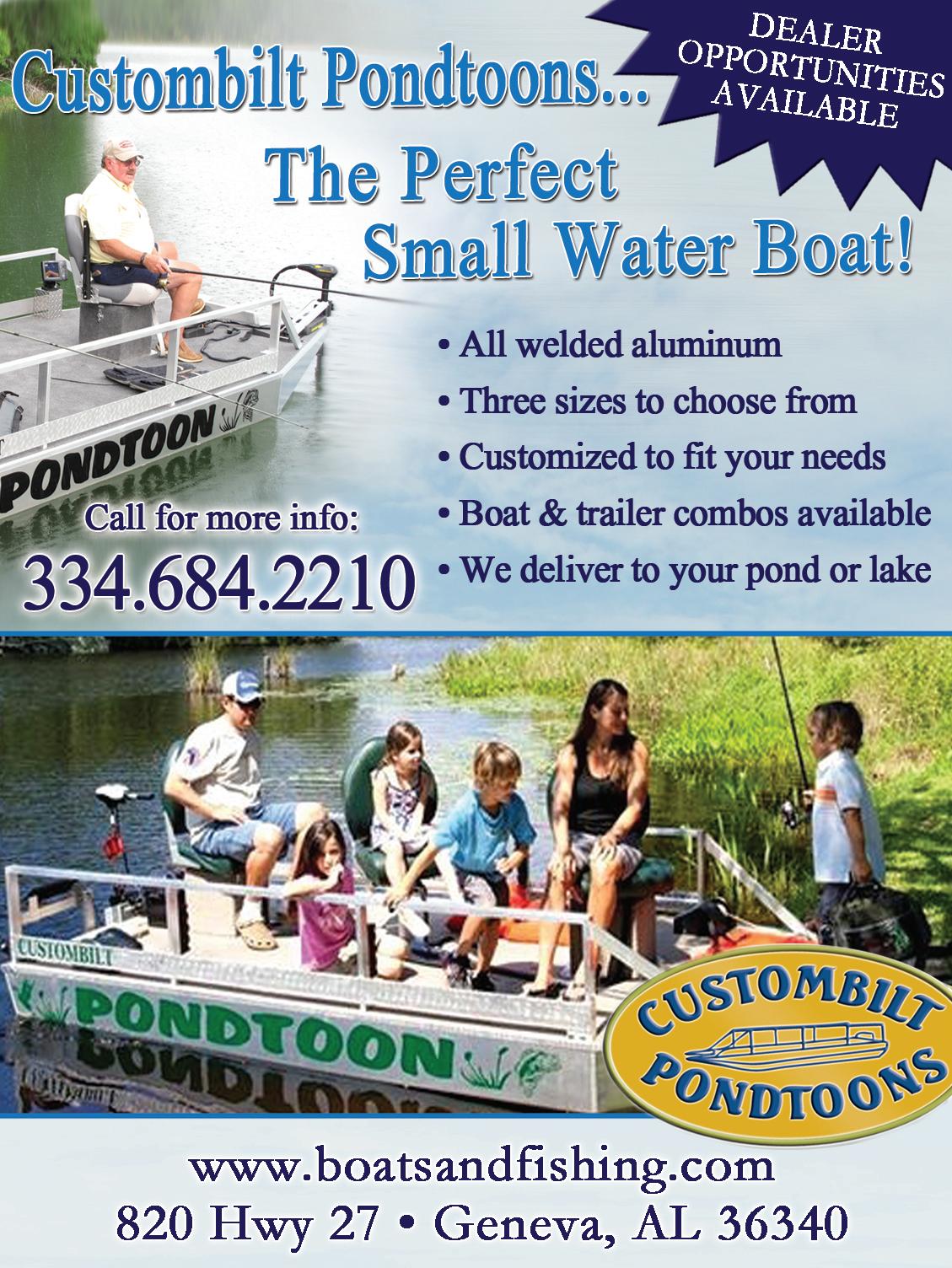
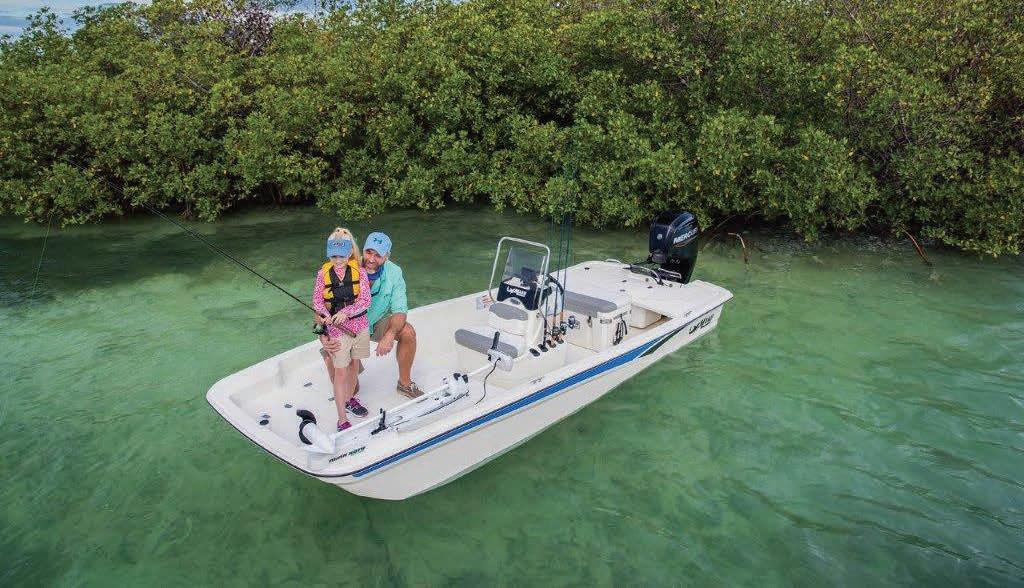
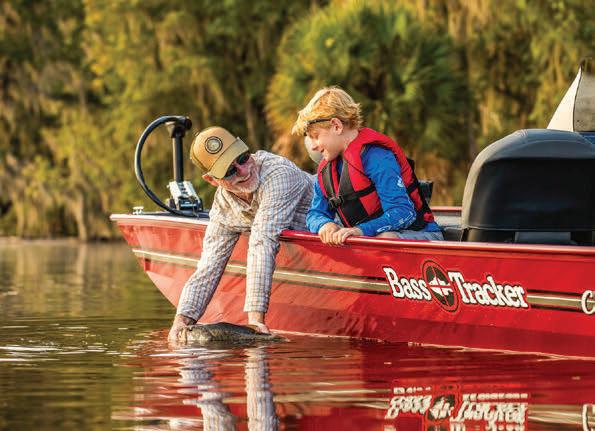
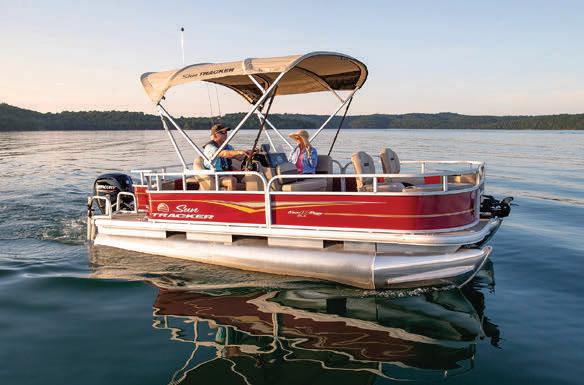
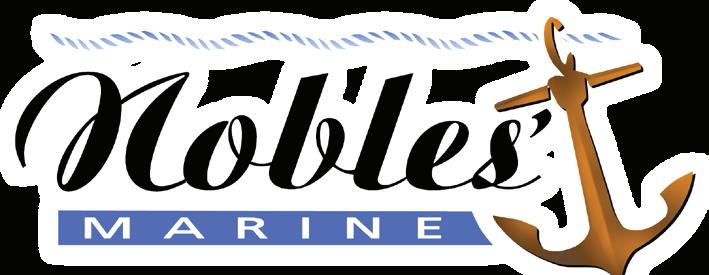
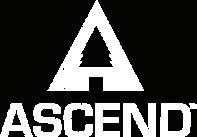






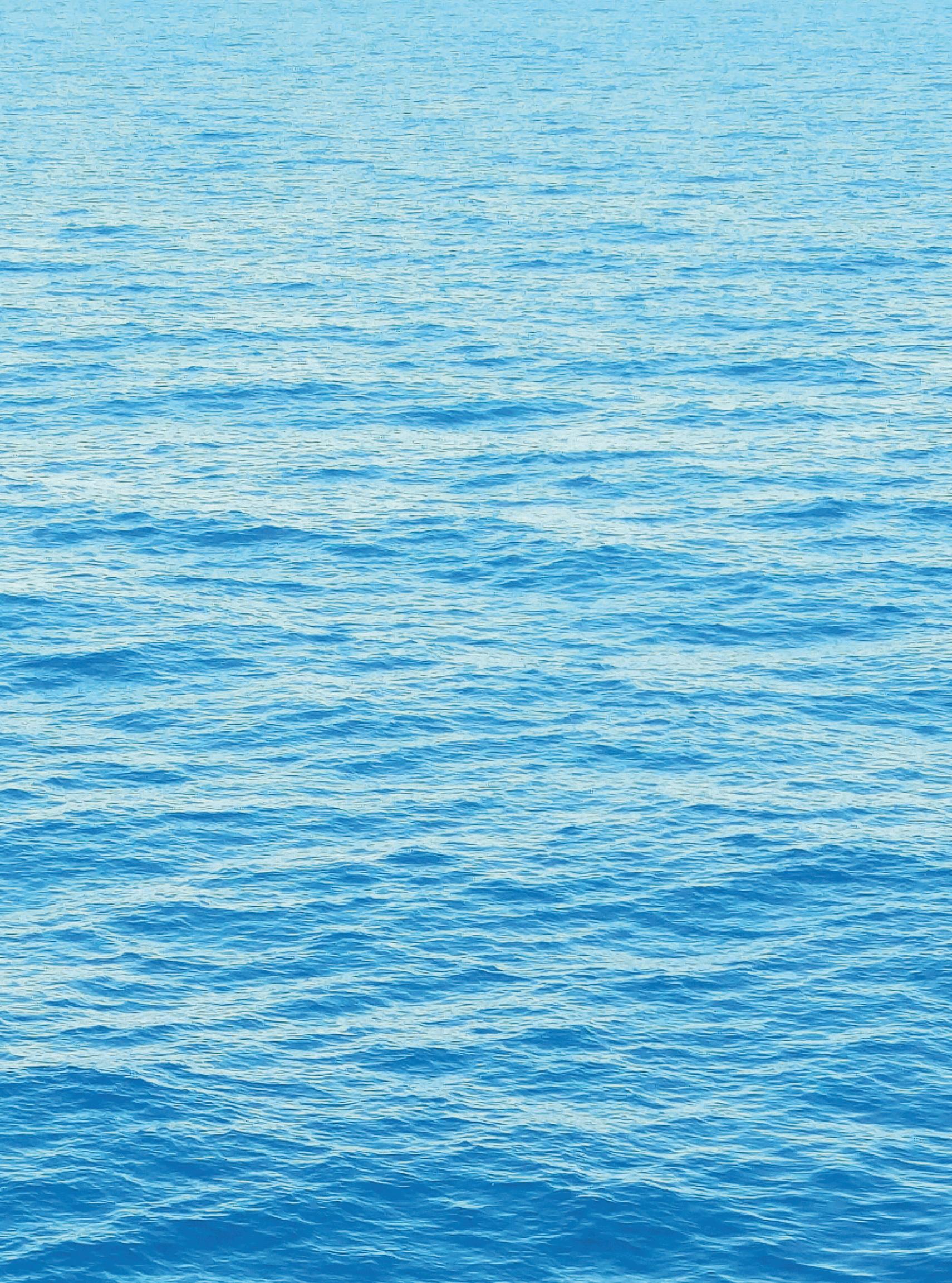
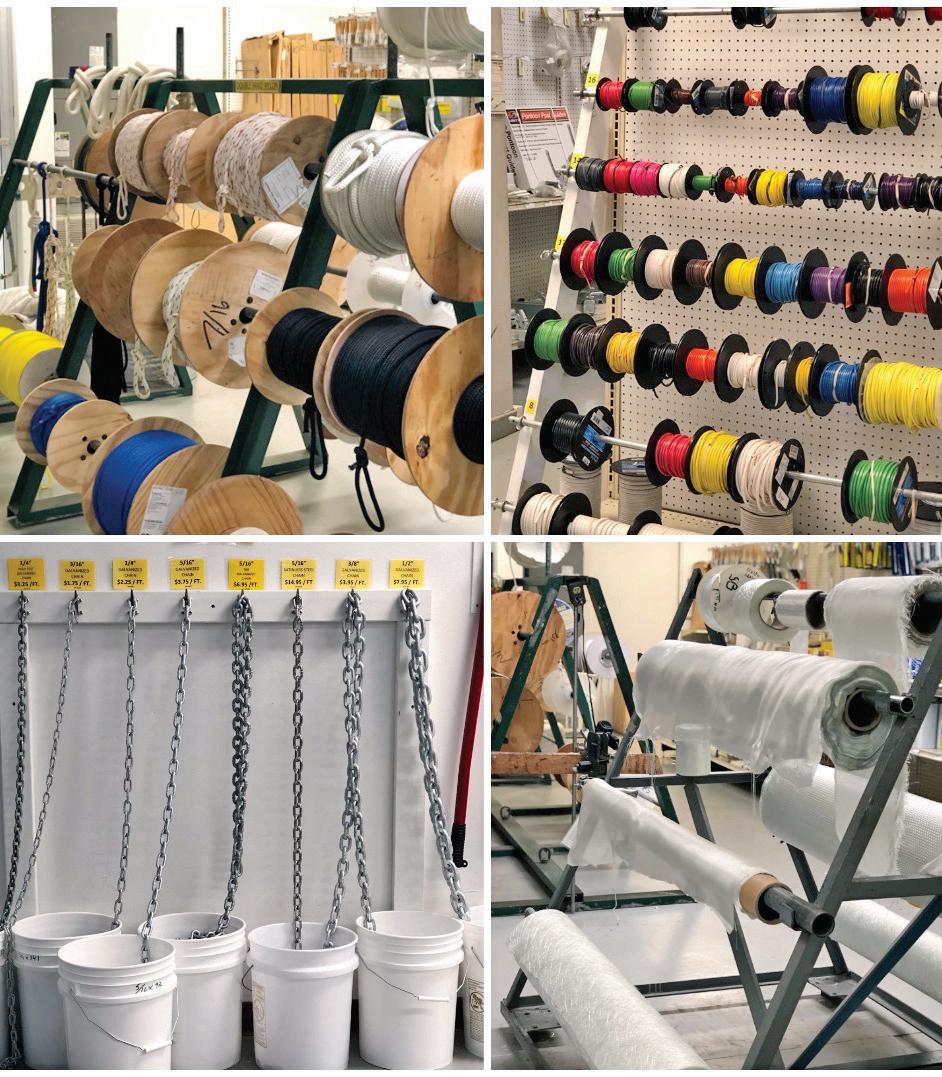
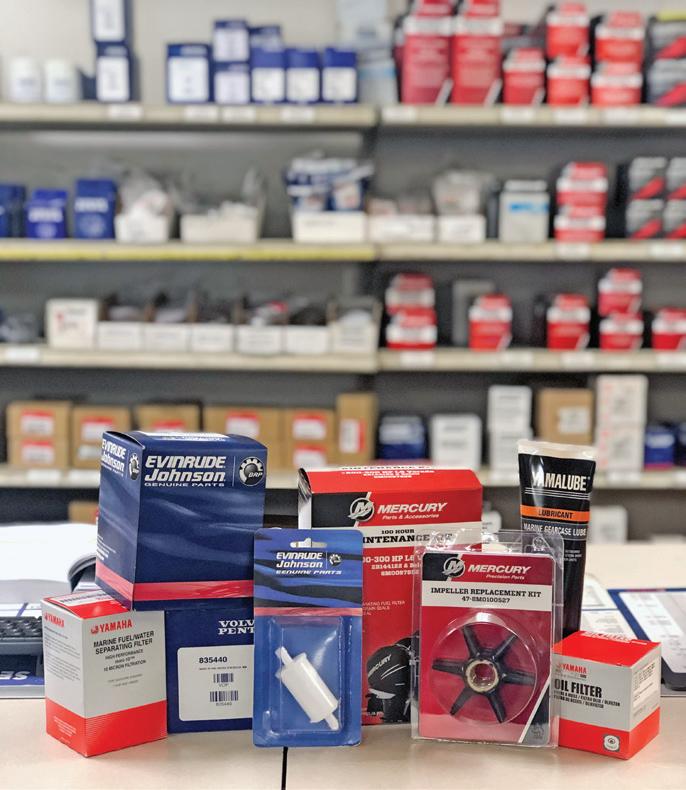












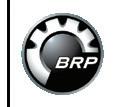
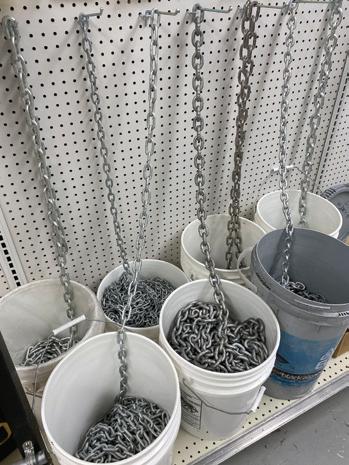

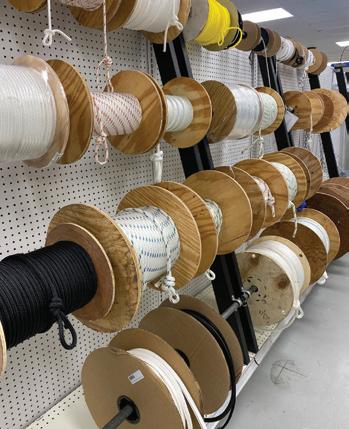
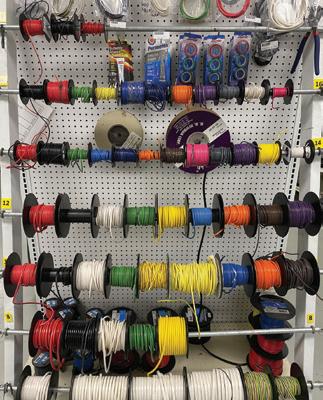
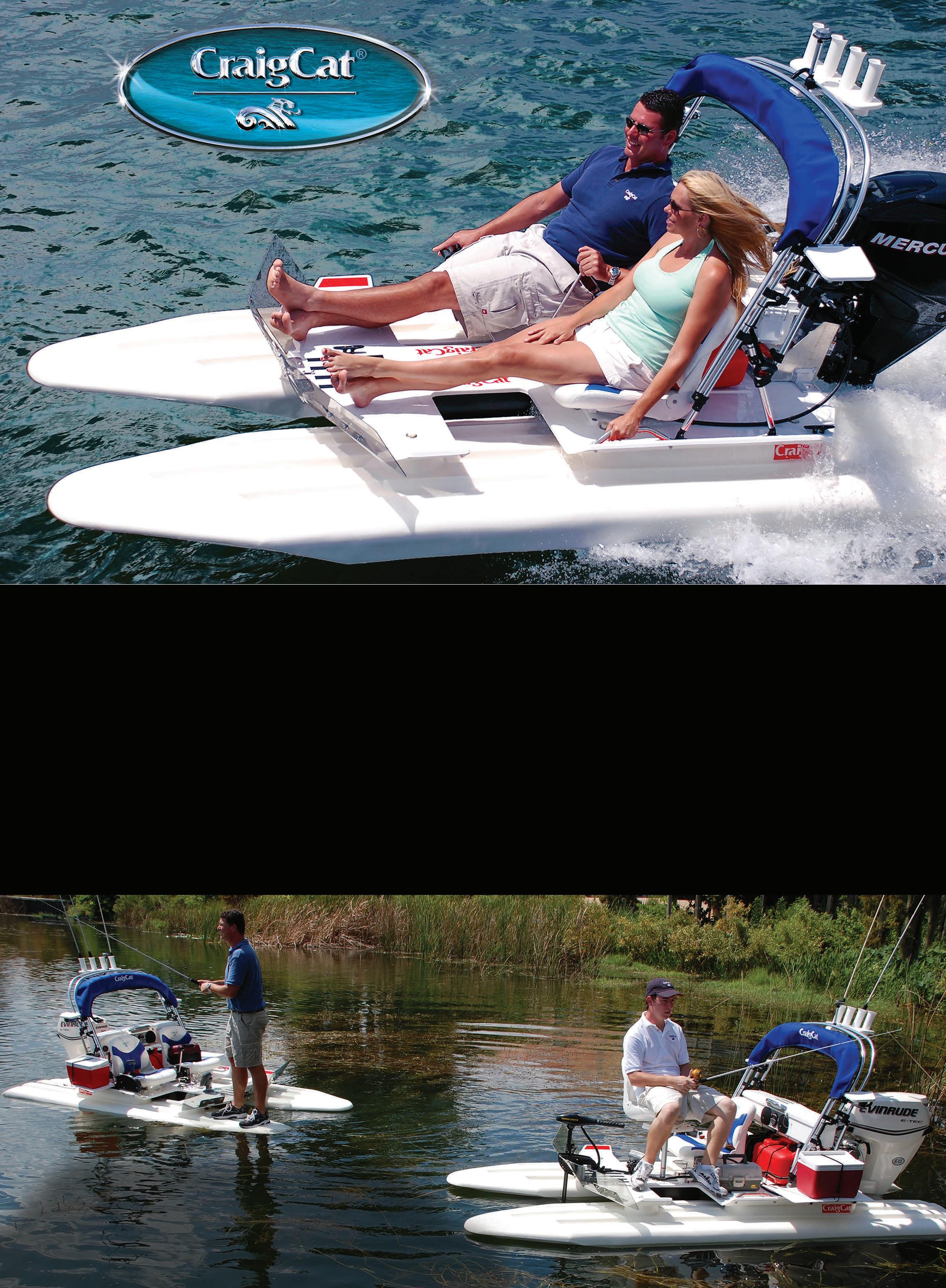



Berkeley County is a wonderland for outdoor enthusiasts, sports bu s, adventure seekers, and water lovers. From exemplary fishing for striped bass, or a trophy largemouth bass, to our hiking trails and water activities, along with scenic outdoors where you can catch a glimpse of white tail deer and gators, Berkeley County has activities to fit all visitors and families.

Learn more about Berkeley County at: exploreberkeleycounty.com
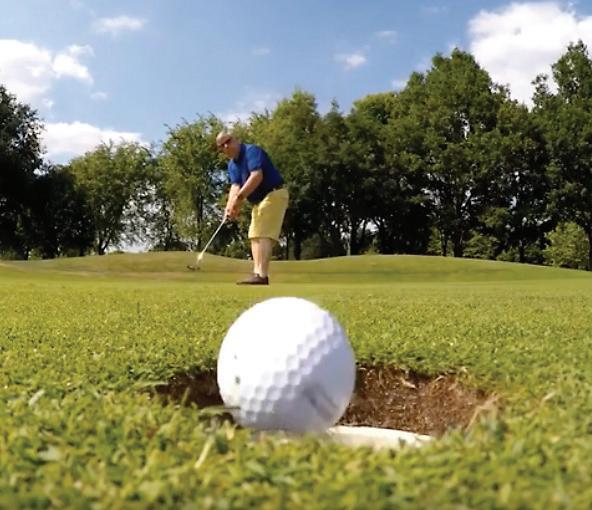

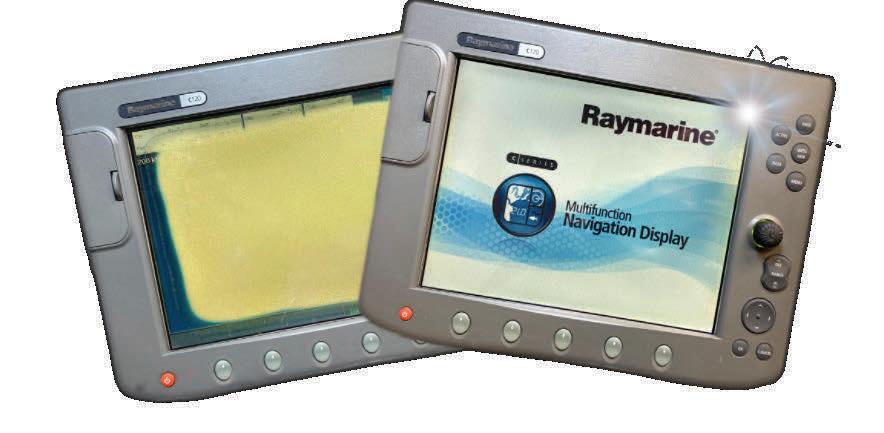
Researchers have designed and tested a new style of hook that takes catch-and-release to a whole new level. ese “bite-shortened” hooks are intended to allow sh to “release themselves” without being handled by the angler.

Dr. Holden Harris, a postdoctoral researcher at the University of Florida’s Nature Coast Biological Station, was the mastermind behind the study. In his write up on Hook Line & Science, a North Carolina Sea Grant blog, he promoted the bene ts of e cient de-hooking and minimal handling of caught sh to considerably improve chances of survival for released sh. e hook he tested is a modi ed jig, which researchers clipped at the point, so that this “bite” portion of the hook—the business end— was reduced in length from 15 mm to 10 mm. e simple modi cation just clipped the barb and vertical length beyond the bend of the hook before it was re-sharpened. Harris tested it against a standard jighead as well as a jighead with the barb led down on 150 spotted seatrout. ey went shing with all three jigheads, reeled in the sh and then allowed the sh to op around boat-side until they either did or did not come unhooked.
“We found promising results for the bite-
 HARRIS
HARRIS

shortened modi ed hook, which enabled anglers to land 91 percent of hooked spotted seatrout and then release 87 percent of those sh without direct handling,” Harris wrote. “In comparison, the self-release success rates were 47 percent using barbless hooks and 20 percent using standard, unmodi ed hooks.”
Additionally, Harris found that smaller seatrout were able to “self-release” at higher rates than larger ones.
Coastal Angler contributor and seatrout-on-










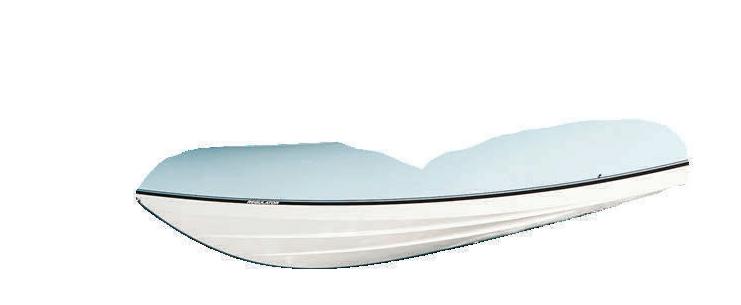
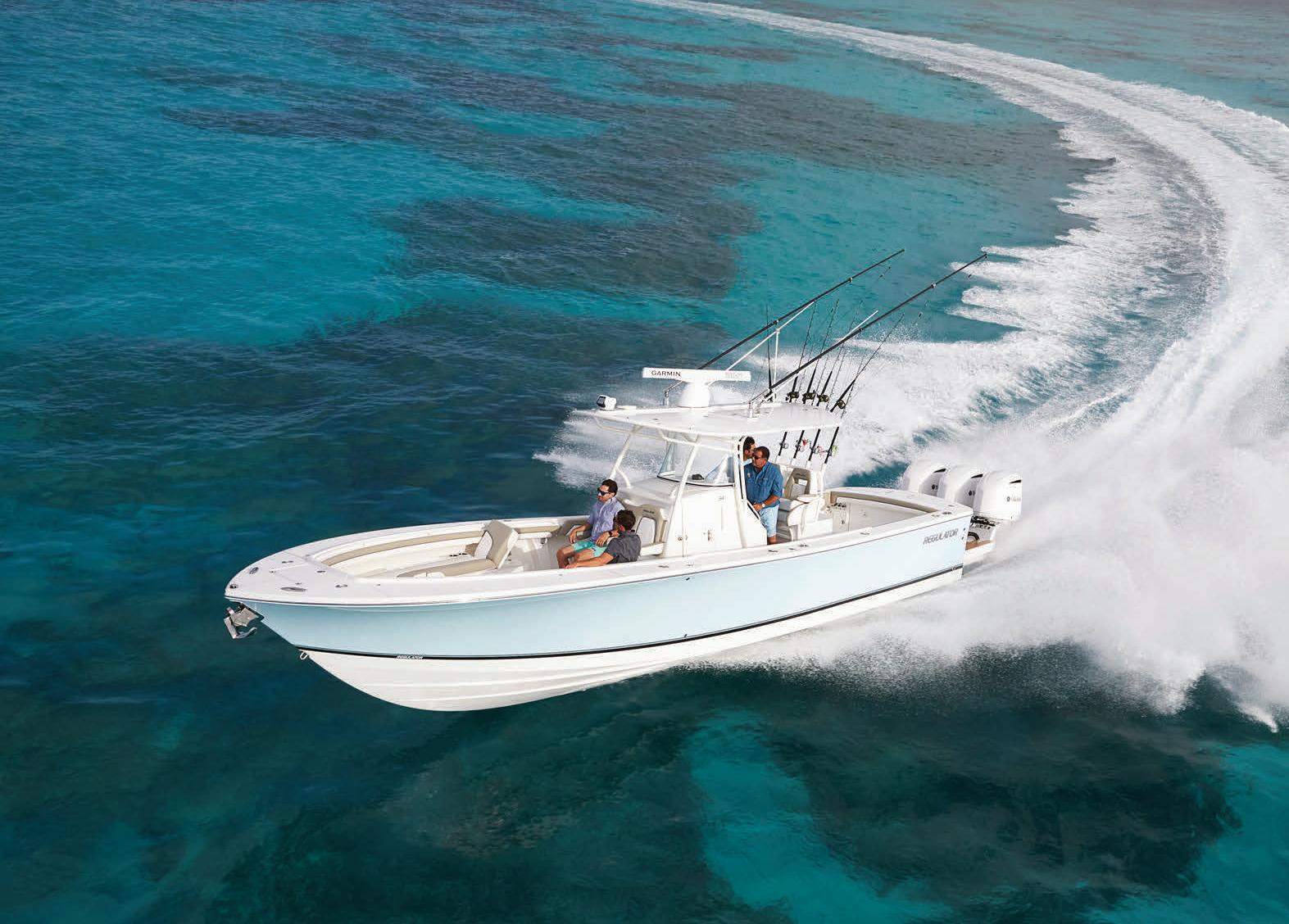
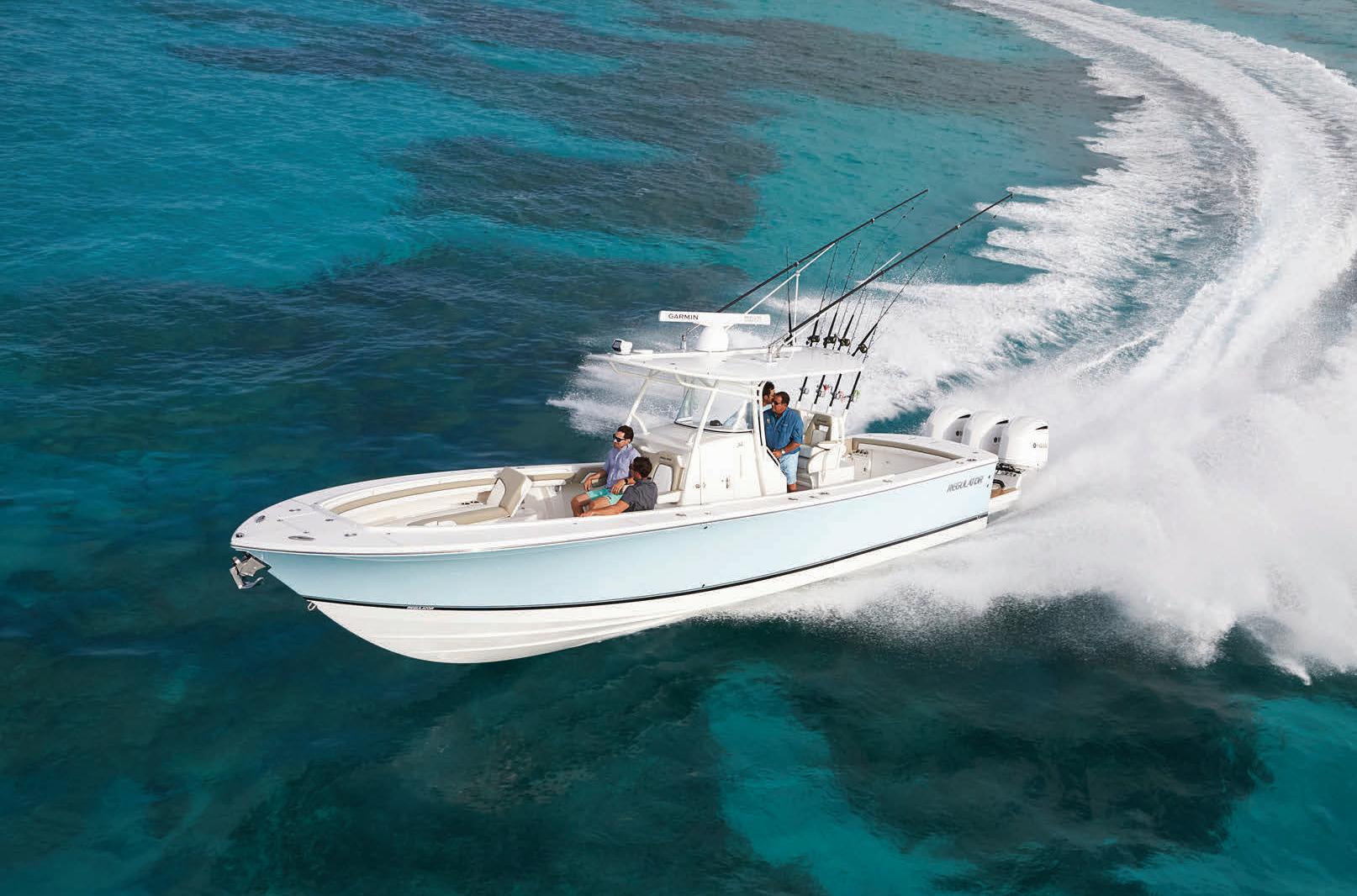

arti cials guru Michael Okruhlik has written on his use of barbless hooks when targeting pods of trout crashing bait. He said the ability to quickly and safely release sh without taking them out of the water allows him to get back in the action faster.
Maybe anglers would use a hook designed to let sh come unbuttoned?
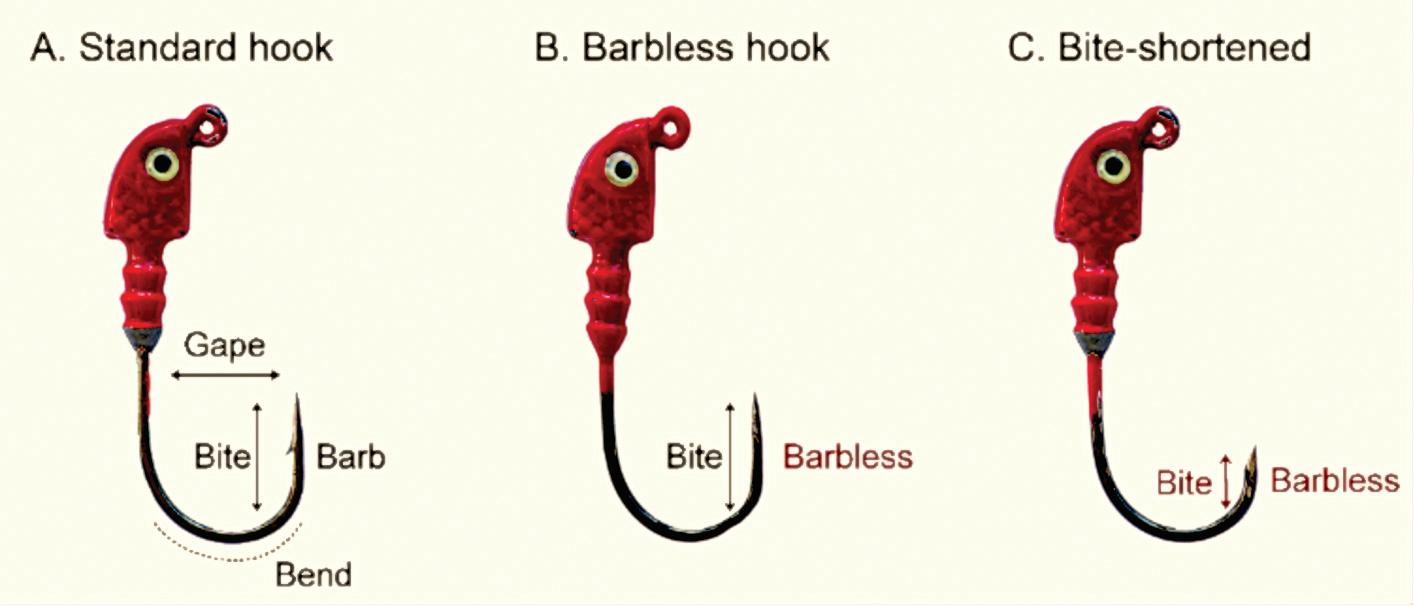
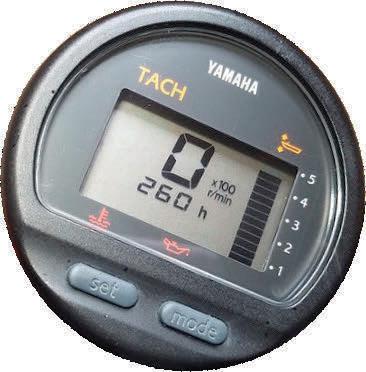

For a video of this hook modi cation, see https://youtu.be/VC23oNikyc8


Every year in Basel, Switzerland, the world’s best-known luxury watchmakers gather to display their new timepieces. It’s a great event for spotting timepieces that standout–– in performance and in personality. We saw one impossible to ignore: a precision dive watch with an arresting green dial. But we also saw the five-figure price tag and knew we could bring our customers that exact same precision and stand out appeal for a whole lot less. The Stauer Evergreen Diver is that timepiece.
Built like a submersible battleship with a stainless steel case, caseback, and band, the Evergreen Diver is water-resistant down to 660 feet or 20 atmospheres, a feat facilitated by a hardened crystal and screw-down crown.
Green On Your Wrist AND In Your Pocket. You could pay an awful lot elsewhere for this verdant virtuoso, but the majority of the cost is in the big designer name upcharge. We think those guys are all wet. This is how you own a top-of-the-line dive watch without helping pay for some marketing guy’s yacht.
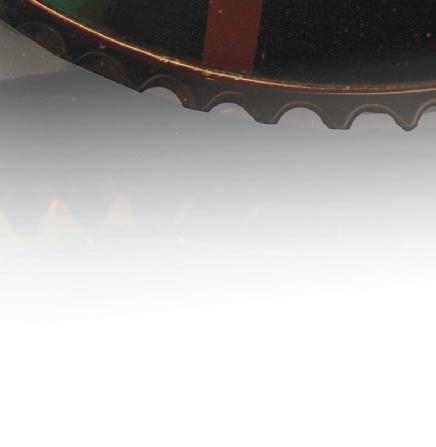
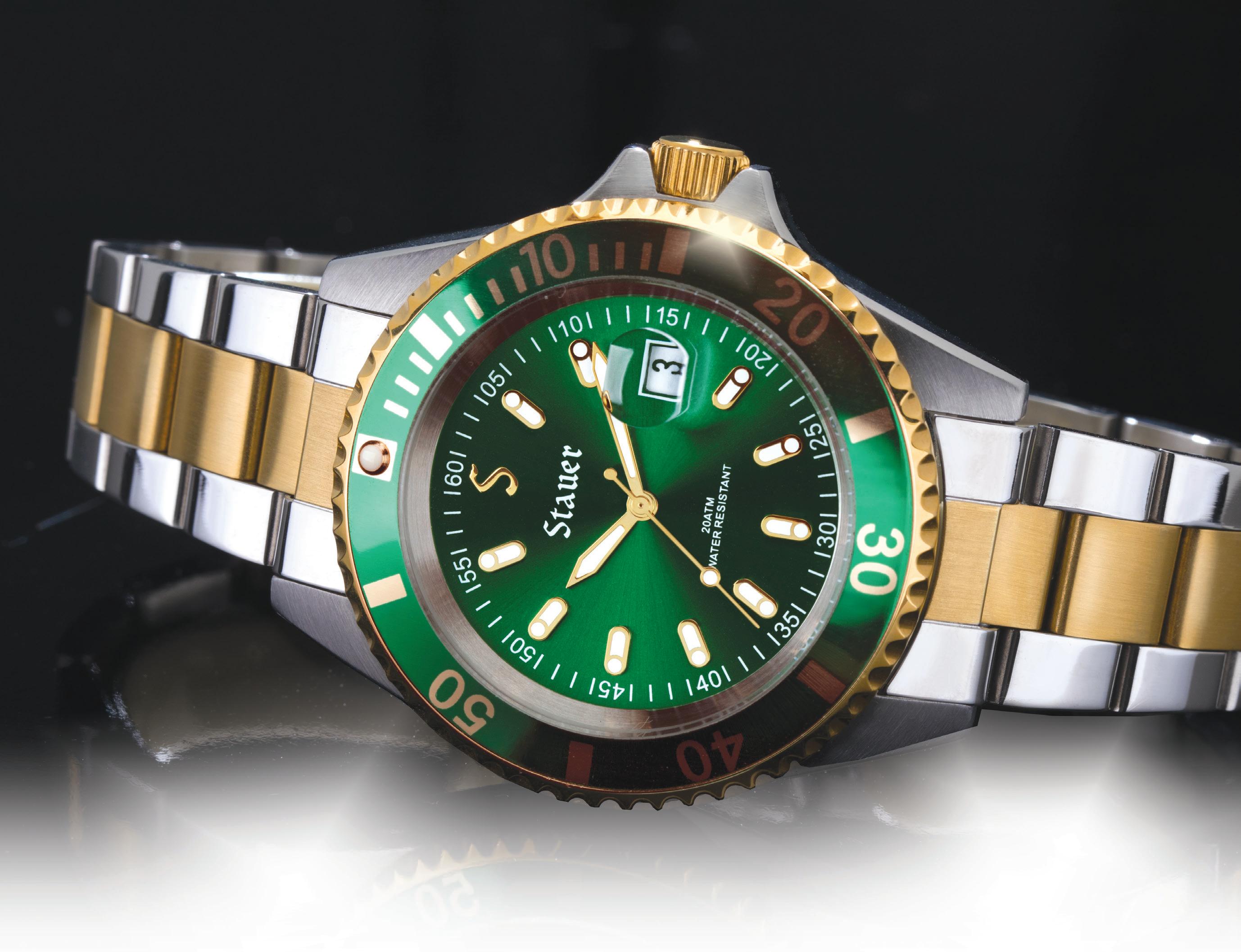
Satisfaction Guaranteed or Your Money Back. Wear the Evergreen Diver for 30 days. If you’re not completely happy, send it back for



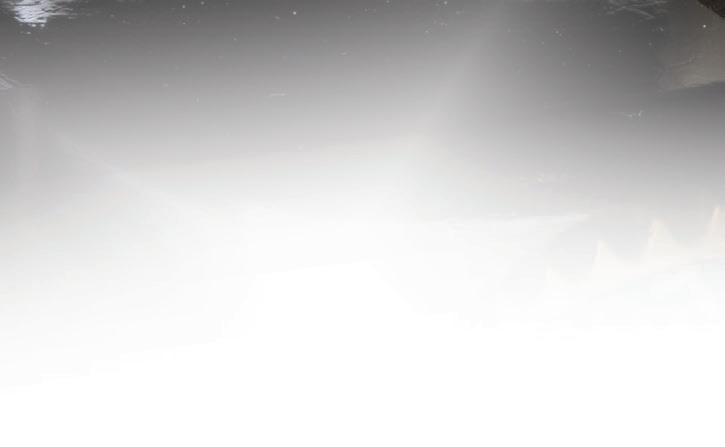

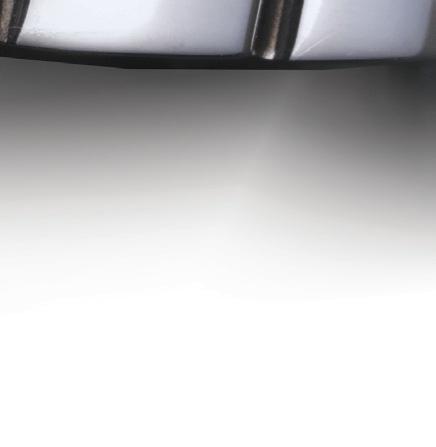
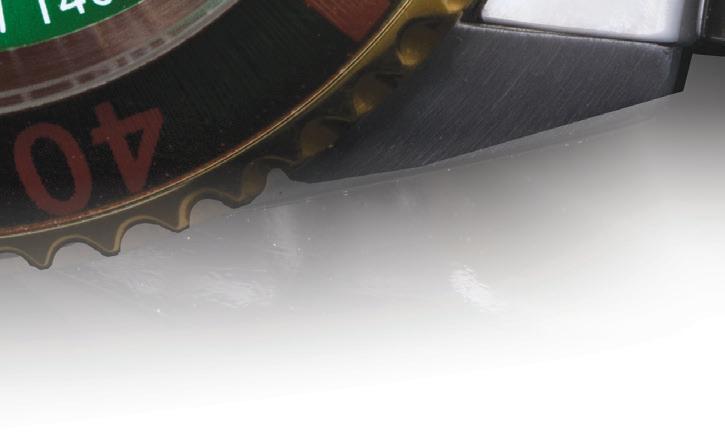
Amonster gold sh aptly named “Carrot” has been making the rounds on social media recently a er the sh was caught from a trophy carp lake in Champagne, France. UK angler Andy Hackett caught the nearly 70-pound bright orange sh from Bluewater Lakes, a heavily managed, privately owned pay-to-play shery that boasts of carp weighing heavier than 90 pounds.
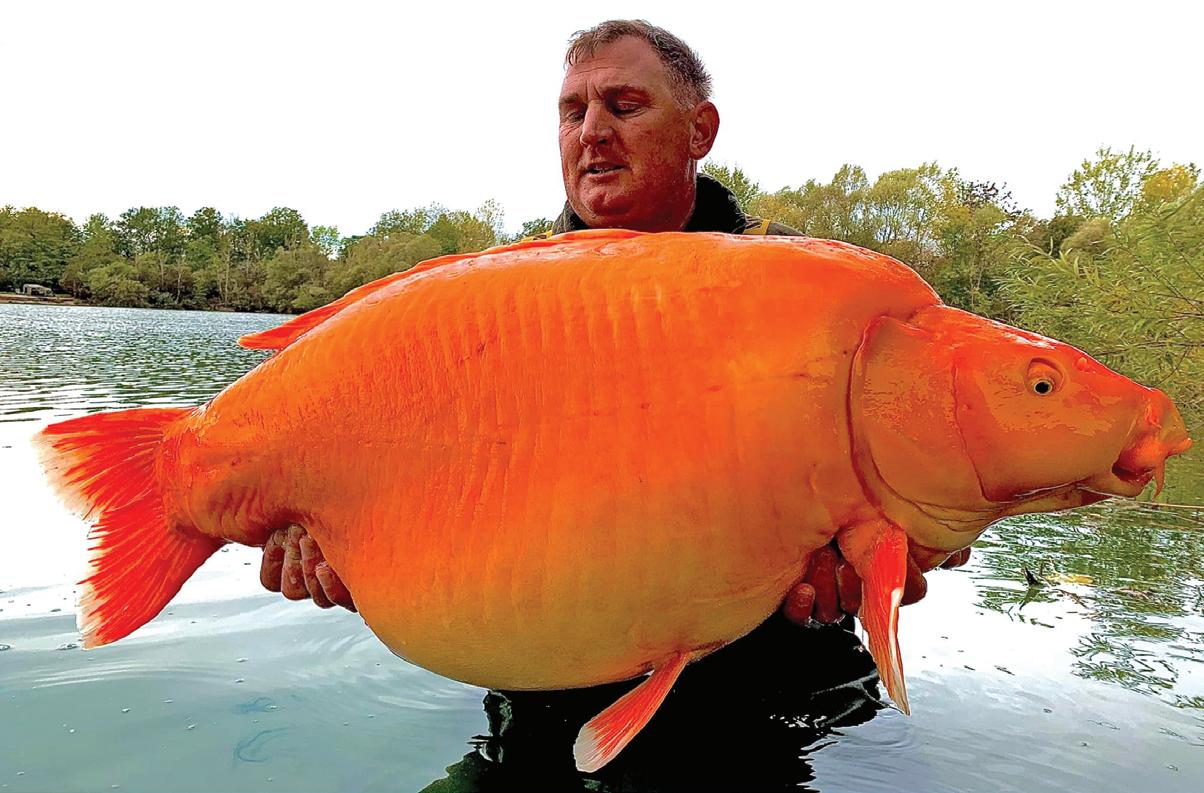
Carrot seems to be somewhat of pet, but not the type you’d keep in a sh bowl. She is a crossbreed between leather carp and koi, and was stocked in the lake 15 years ago to give anglers an interesting sh to pursue.
“I always knew e Carrot was in there but never thought I would catch it,” said Hackett. It took him 25 minutes to reel in pot-bellied carp, which o cially weighed an astounding 67.4 pounds.
Carp caught at Bluewater Lakes are handled very carefully with a strict catch-and-release policy.
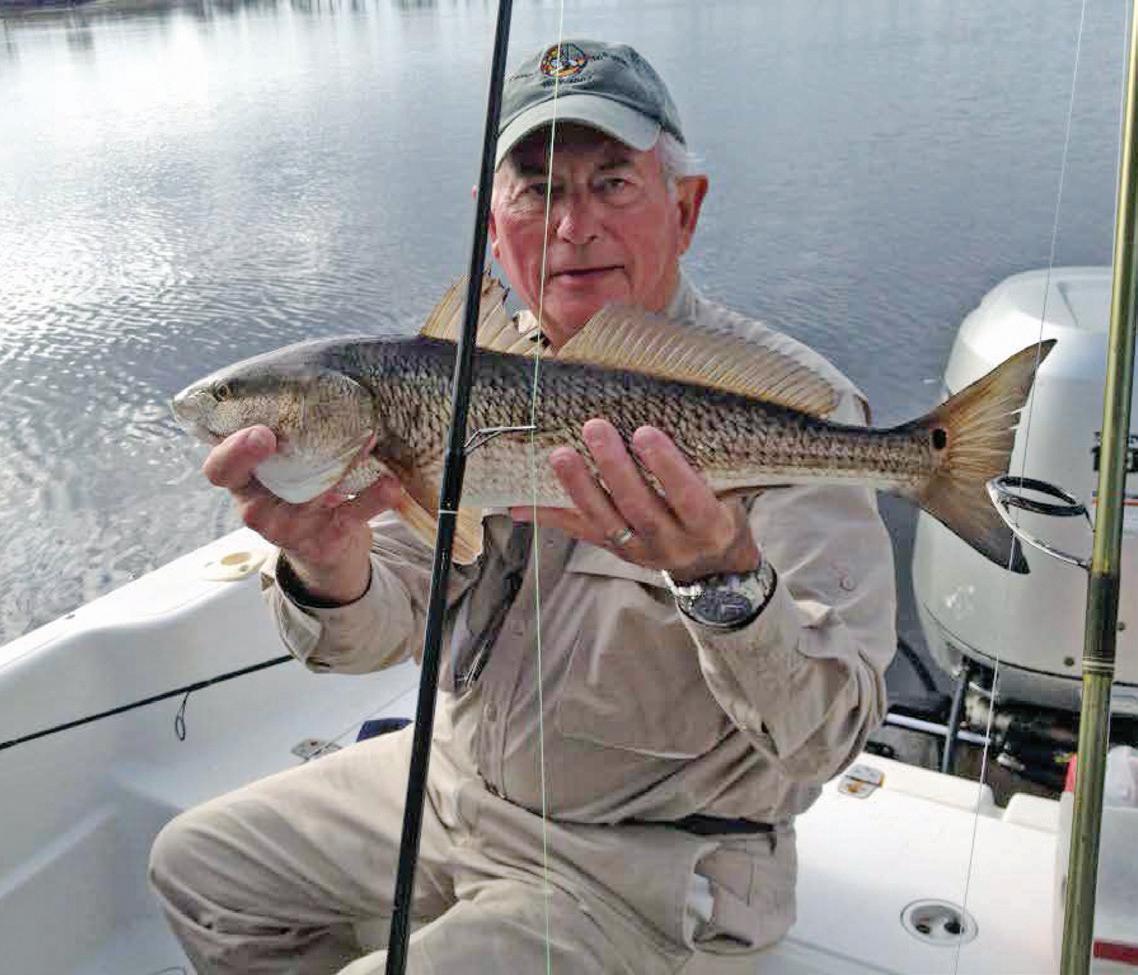
For more record sh, visit coastalanglermag.com.


Some cold but very fun shing days are ahead, and a Trapstyle bait is my absolute favorite way to sh this time of year. Typically sh group up in winter, and whether that be bait sh or bass, there are opportunities that make lipless crankbaits absolutely deadly!
rowing a lipless crank around areas where sh are chasing bait or where they are grouped up has caught lots of bass and some big ones. Even casting this bait as a search bait can work wonders. ere are so many options for lipless cranks that it can get confusing. I’ve experimented plenty, so I hope this article helps.
Traps range from ¼ oz. up to 1 oz. in weight, and every size can be used di erently. I pick sizes depending on the depth I’m shing or the depth of the structure, and I also consider the natural bait that is prevalent in the area. If you’re shing shallow or around tiny bait sh, a ¼-oz. size will be the best bet. A ½-oz. is usually my goto. It’s great for the mid-range depths of 5 to 10 feet, and it imitates a range of bait sh sizes.
A ¾-oz. is a bit bigger, and I don’t throw it as much, but it certainly has its place in 10 to 20-foot depths.


Remember, you can always vary your retrieve to get these baits higher or lower in the water column.
Color is another key factor. Ninety percent of the time, I sh a bait sh color. Whether it’s a shad, shiner or bluegill pattern, natural colors always work for me. I also throw orange or red a lot in winter. ese colors imitate craw sh, and they work where craw sh are prevalent. Match your bait color to the forage in the lake.
e last factor for lipless baits is sound related. ey come in silent, multi-rattle or single-knocker versions. I go silent for very clear water and heavily pressured sh, when appearing natural is important. e multi-rattle baits make a lot of noise, and the commotion draws strikes. My go-to, though, is the one-knocker style. is sound is unique and a little deeper pitched. I feel like sh, over the years, have become accustomed to the loud versions. I nd the single-knocker gets a few more bites in most situations.
With treble hooks, rod selection is important. You just reel into the sh when you get a bite, and this means your rod needs a solid backbone to drive those hooks and also a good amount of tip for keeping sh on during the ght. My go-to rod is a 13 Fishing Omen Black 7’4 Medium Heavy Moderate. e 13 Fishing Concept A 7:5:1 is a perfect reel for this application. I sh 15- to 20-lb. Seaguar Invizx line, depending on the structure I’m shing.
I hope these Trap tips help you put a few more sh in your boat this winter!
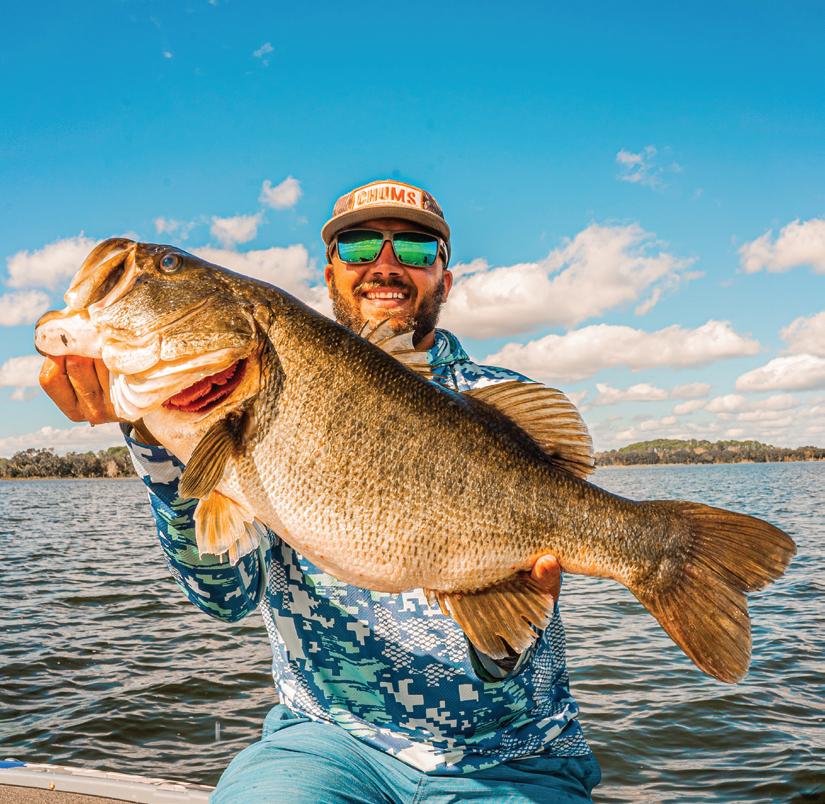
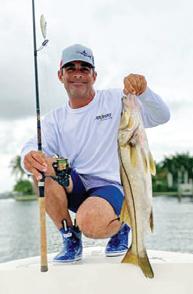

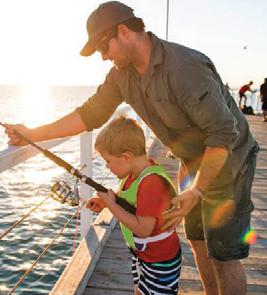
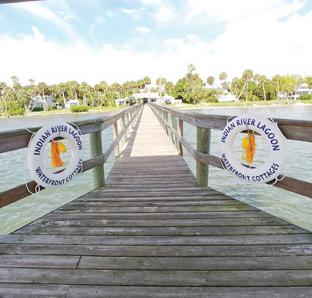
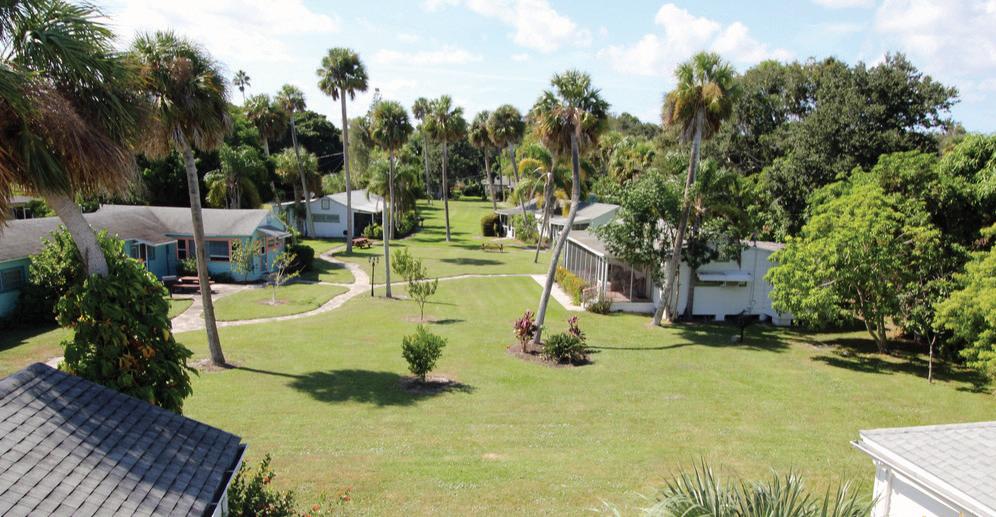
Tyler Woolcott is a professional tournament angler and guide. Check out his website at www.tylerwoolcott shing.com.



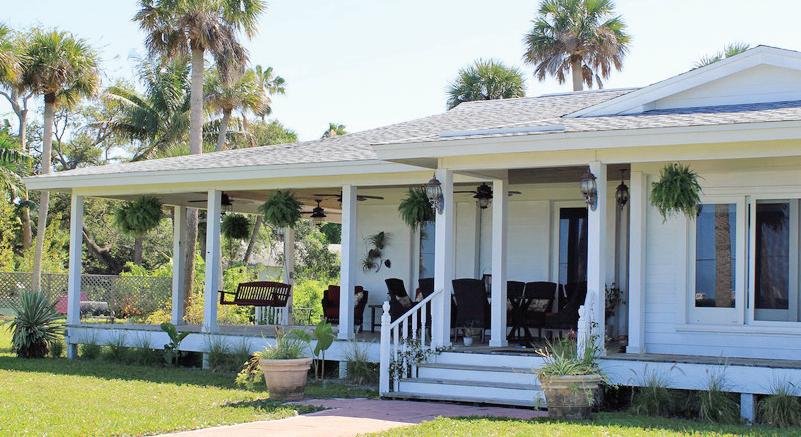
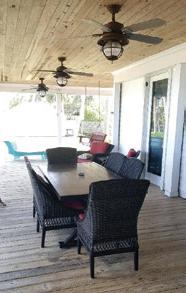
ANew Jersey angler eked out a new state record for albacore (long n) tuna in October when he boated a 78-pound, 2.4-ounce long n that bested the previous 1984 record by 3.4 ounces.
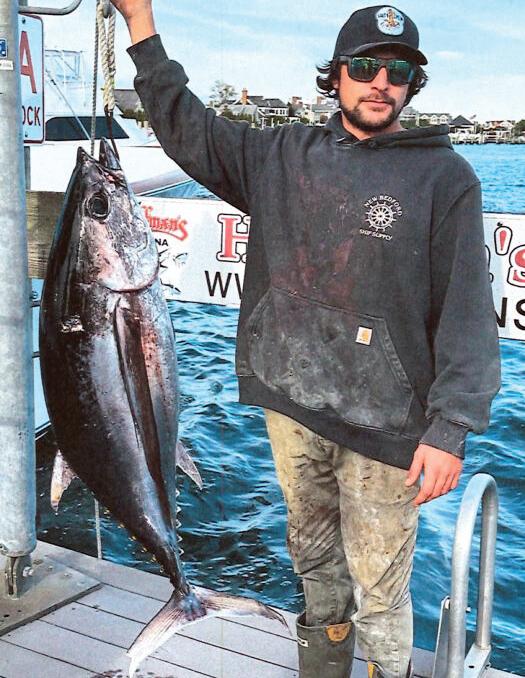
Matthew Florio, of Brick, N.J., is a commercial scalloper and he was shing with the rest of his scalloping crew aboard the Luna Sea at the east elbow of Hudson Canyon, the largest known underwater canyon o the east coast of the U.S. ey were at least 75 miles o shore and chunking for yellow n tuna, which is a technique that involves cutting up a bunch of butter sh and throwing them overboard before following up with hooked chunks of butter sh. e crew was already having a good day with yellow ns when Matthew hooked into his big albacore. He battled it in with a Kevin Bogan 30 Stand Up rod and a Penn 30 reel loaded with 60-pound mono lament. e sh measured 48 and 3/8 inches long and had a girth of 37 inches. e previous record was a 77-pound, 15-ounce long n caught in 1984 by Dr. S. Scannapiego in Spencer Canyon.
For more record sh, see coastalanglermag.com.
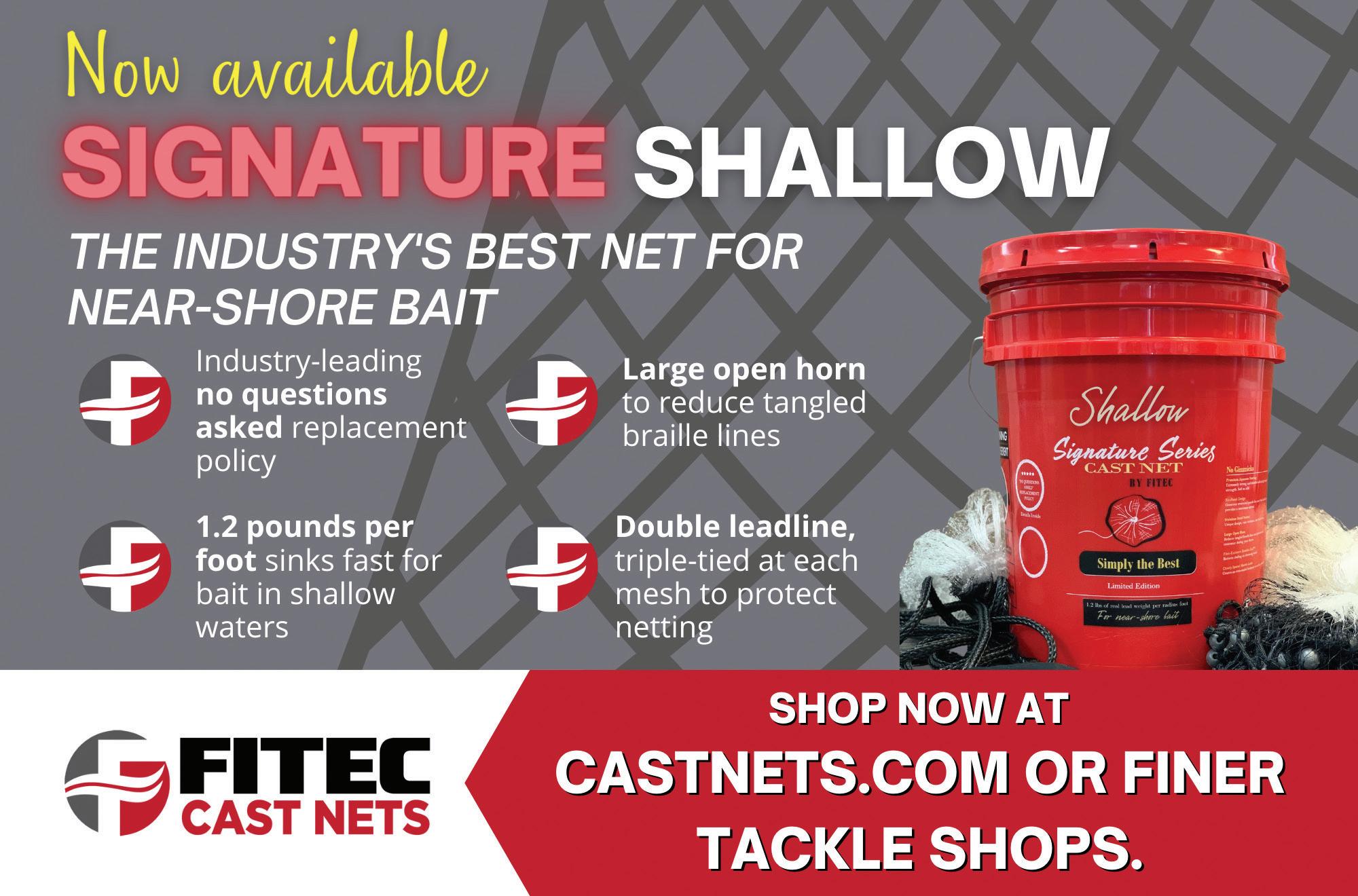

Now that Jack Frost has bay temperatures thoroughly chilled, only diehard lure chuckers will be found stalking the ats. Most of us have one thing in mind this time of year, catching a trophy trout. Here is how I approach my quest for that dirty 30-incher.
When water temperature stabilizes in the COLD range, all the migratory forage ees for warmer pastures. e bays are le with larger mullet as the primary food source for prized speckled trout. is is the time of year that I pull out my larger lures. is could be a longer length, a wider pro le, or both. is doesn’t have to be a 12-inch lure that is no fun to cast all day, but I do upsize from my typical 3- and 4-inch lures that I use most of the year. We have all seen a 25-inch trout with a 15-inch mullet in its belly, so they will eat something huge, but giant baits aren’t as fun to sh.
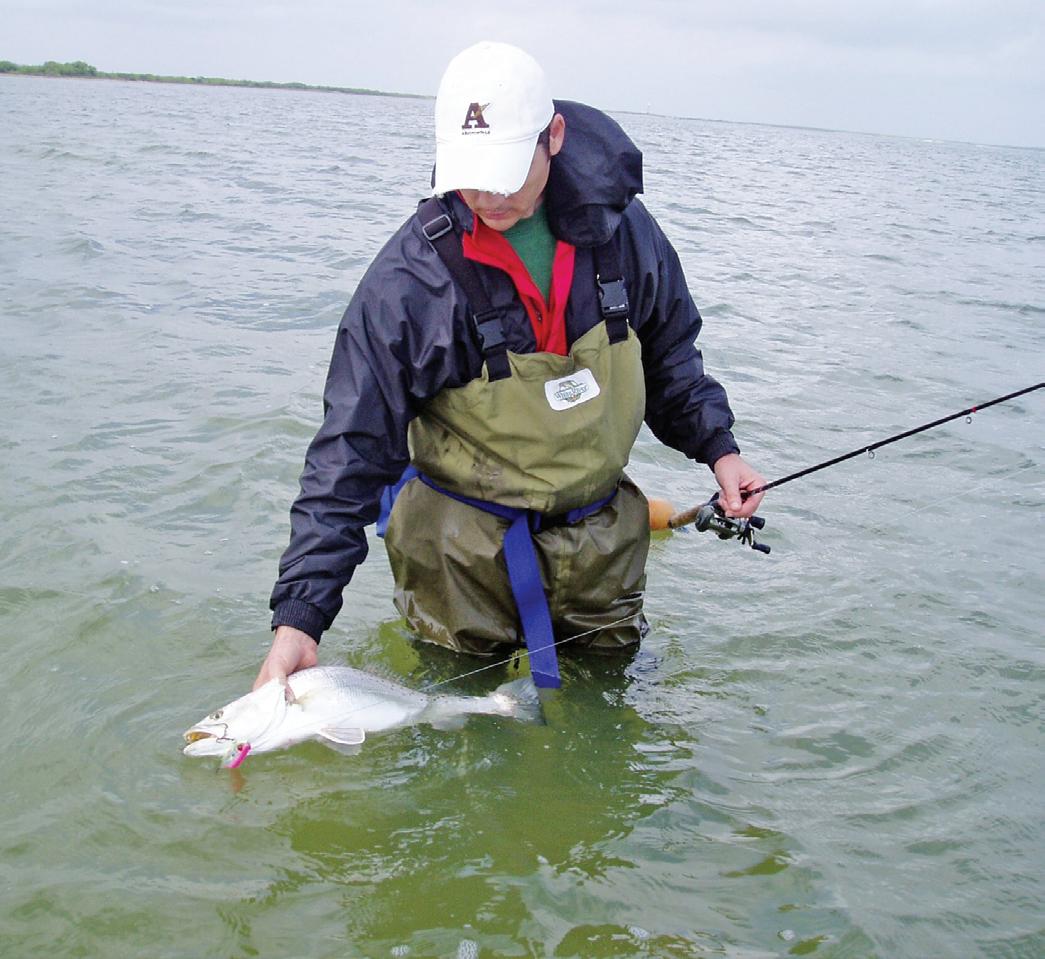
My con dence lures this time of the year are typically a 4-inch wide-pro le slow-sinking lure or a 5-inch bulky body paddletail. Since plastisol is buoyant, the bulky lure will have a slower sink rate, which I prefer under most conditions. e
slower sink allows for dual bene ts this time of year. Logically, the slower sink rate matches the slower mood of a cold sh. Also, I spend a lot of time targeting sh over shallow grass in knee-deep water. A slower sink rate keeps my lure in the strike zone longer before it disappears into the grass.
weedless hook. Depending on the conditions, I might go weightless or with a 1/16- or 1/8-ounce jighead. e weedless version keeps me out of the grass, it lessens the opportunity for my cold, less-dexterous hands to be impaled by a hook, and most of all, it does less damage to the trophy sh that I am targeting.
Areas I target will be near deeper water, have so er bottom, have visible forage, structure and hopefully be lowertra c areas. While planning trips, I take into consideration moon phase, current conditions and recent conditions when determining where to sh.
I have never caught a trophy trout by accident. I don’t know if that is lucky or unlucky, but every trout I have landed over 27 inches was on a day when I set out speci cally targeting larger sh. Case in point, if you want to catch trophy trout consistently, you must make the e ort to target them, sh where they live and be attentive to details. I know numerous anglers have caught large trout with no e ort, but most don’t catch two.
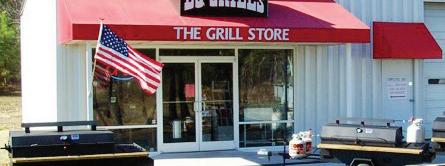

I t my 5-inch rattling paddletail with a

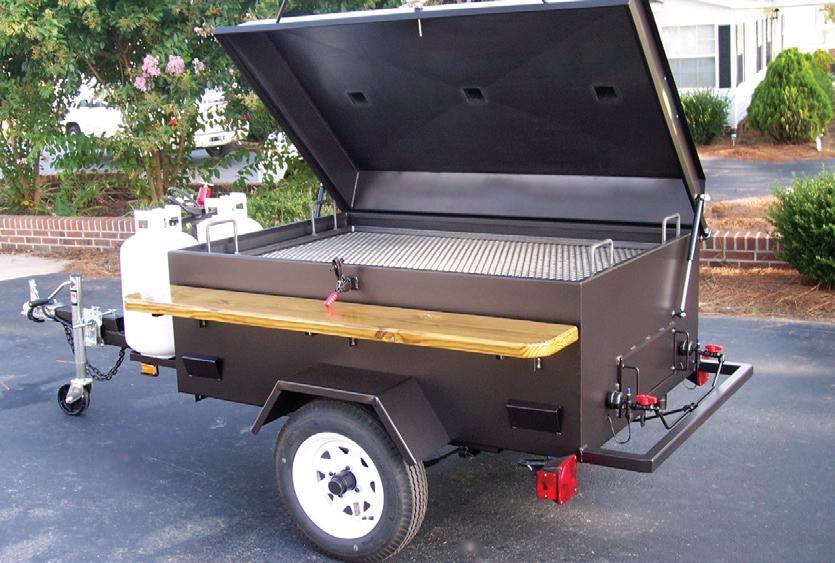
Capt. Michael Okruhlik is the inventor of Knockin Tail Lures®, and the owner of www.MyCoastOutdoors.com.
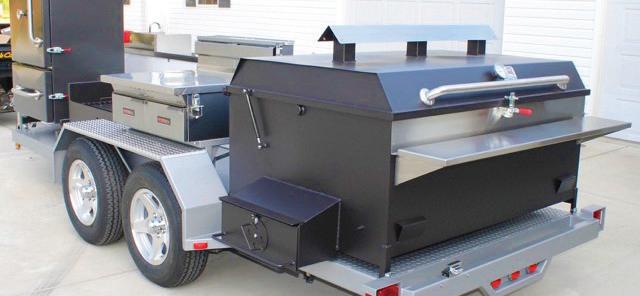
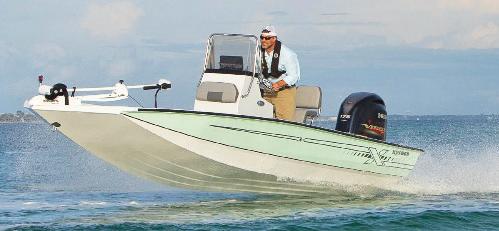
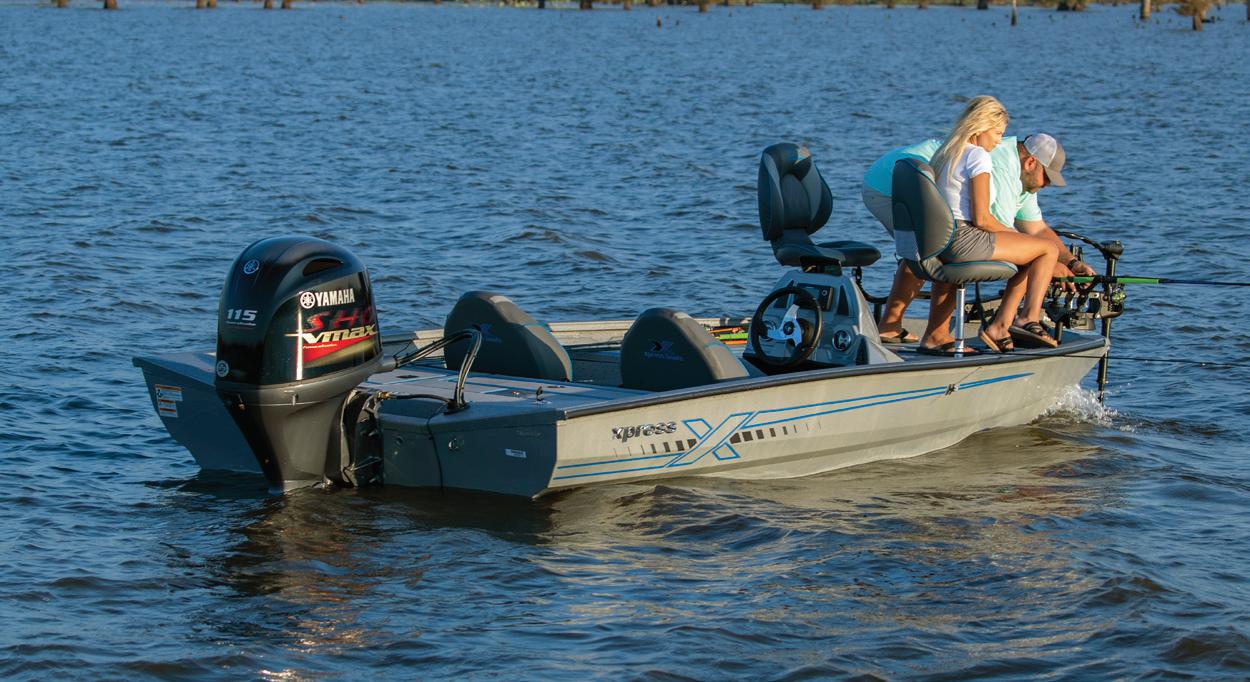
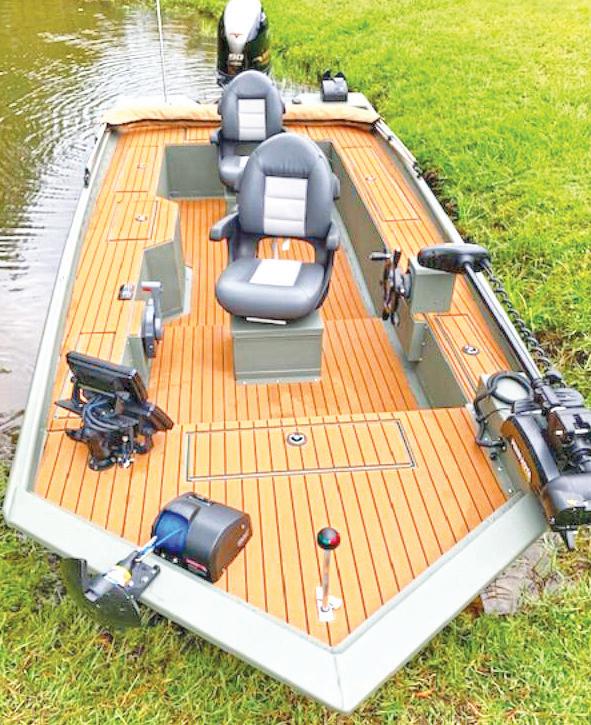

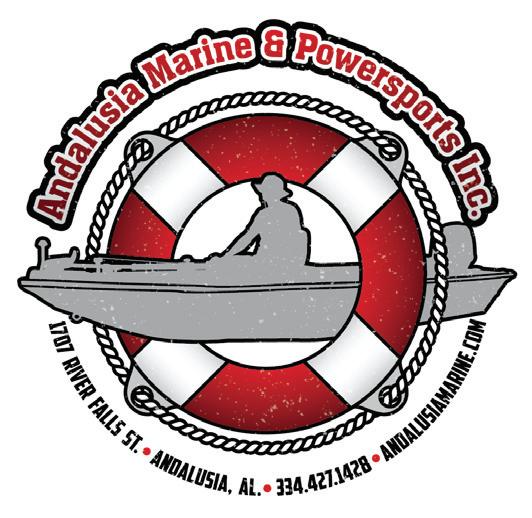

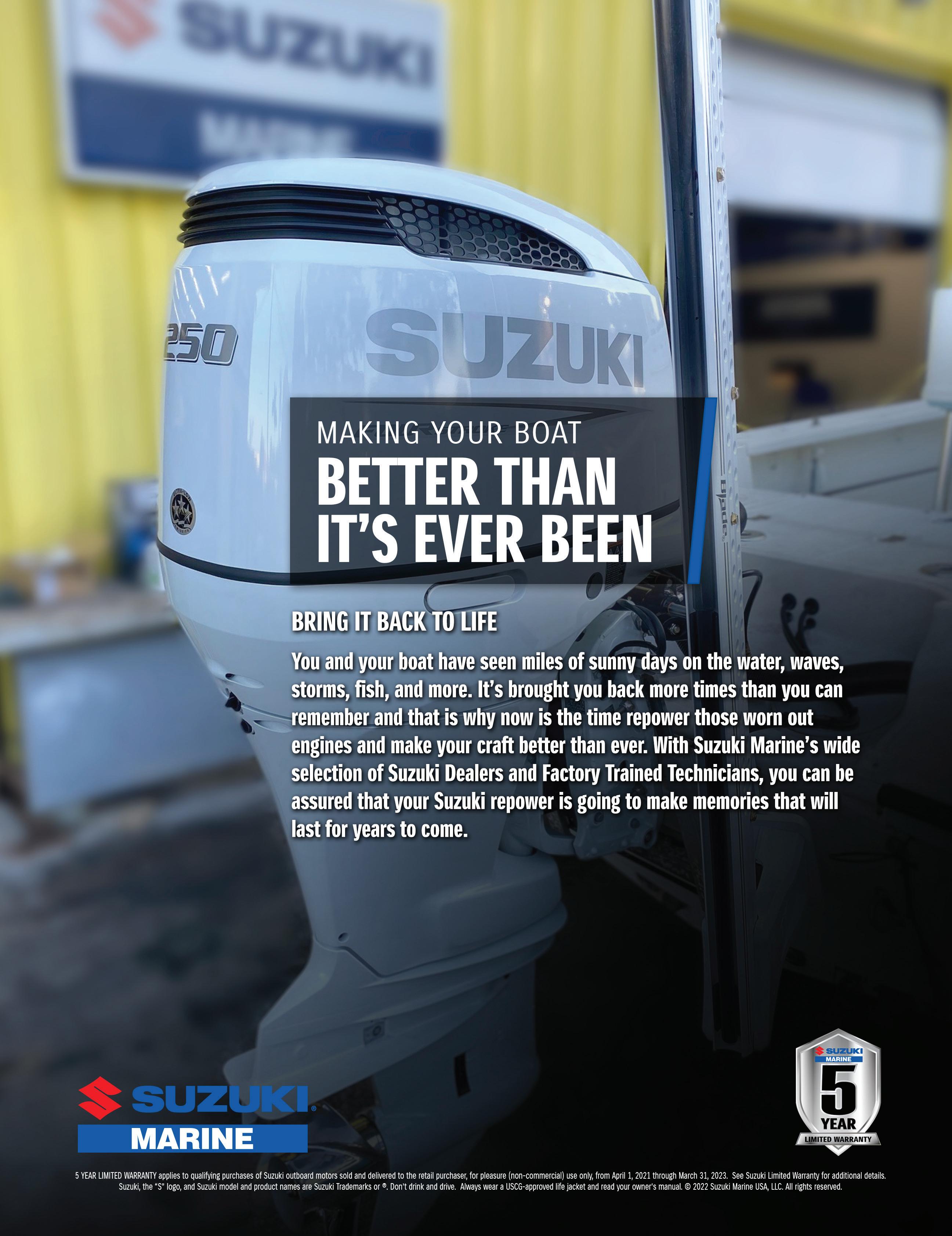


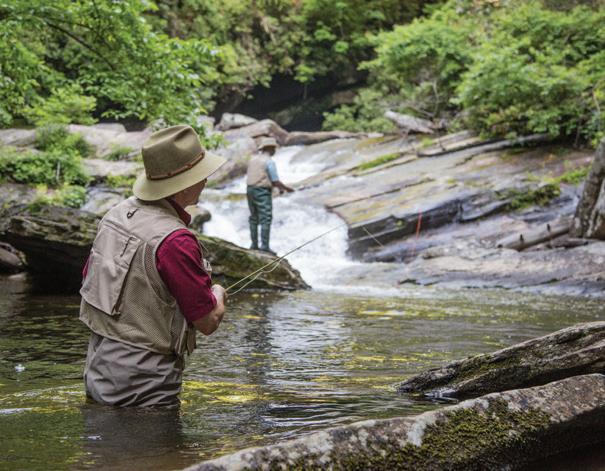

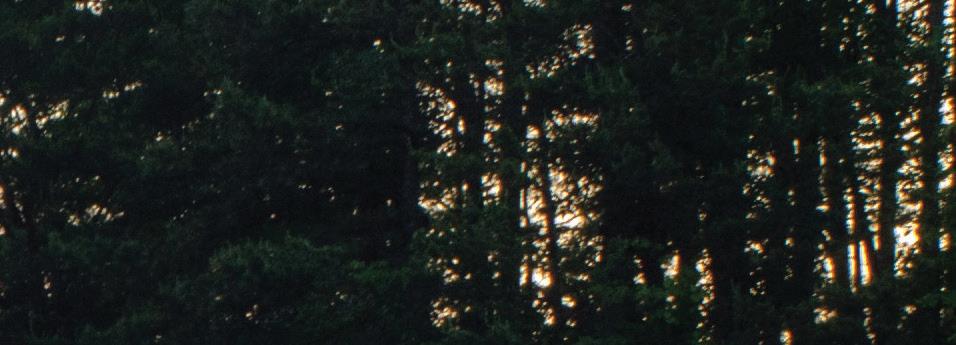



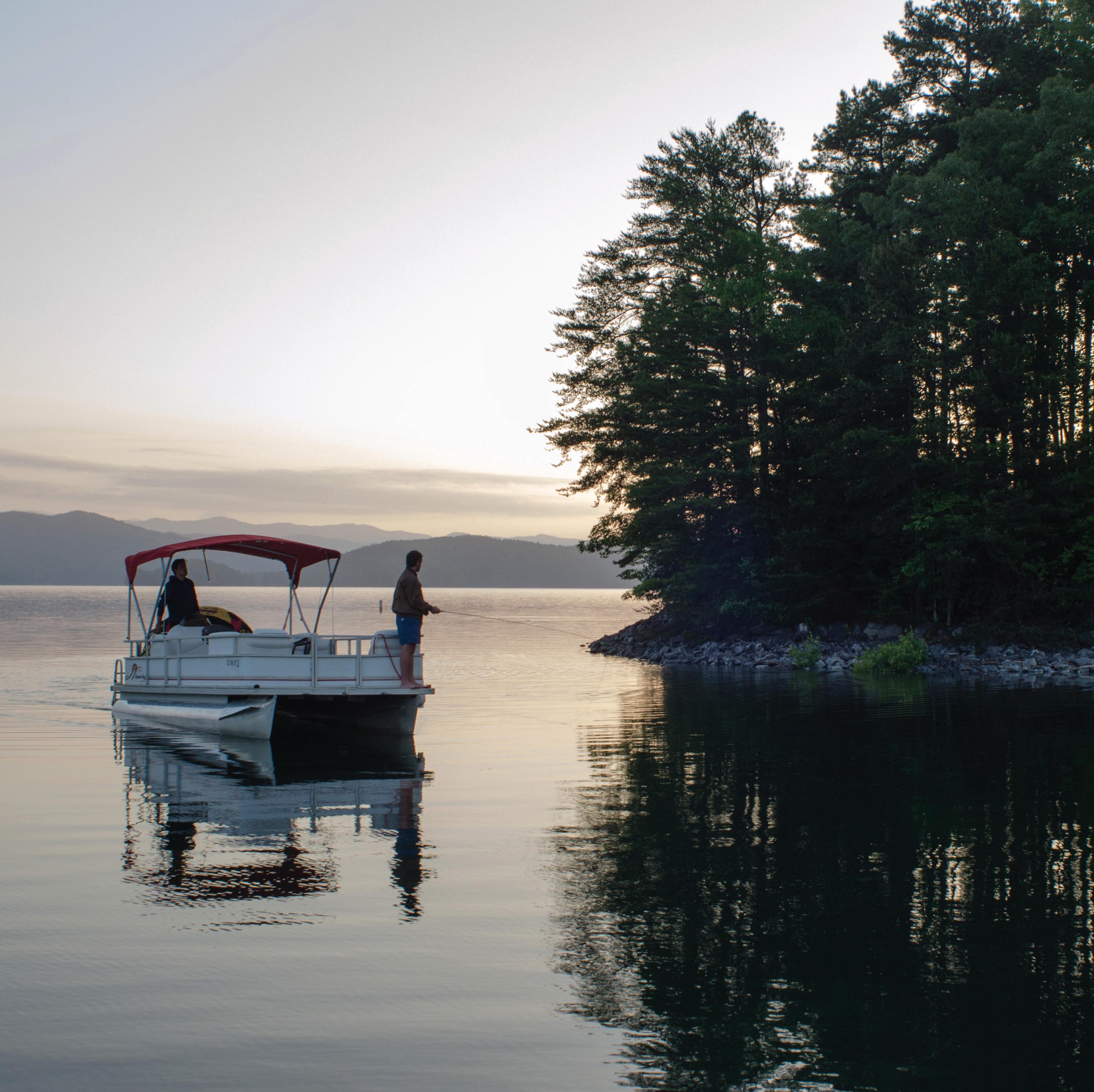
Every season is the best season to explore the many treasures in the Upcountry.
